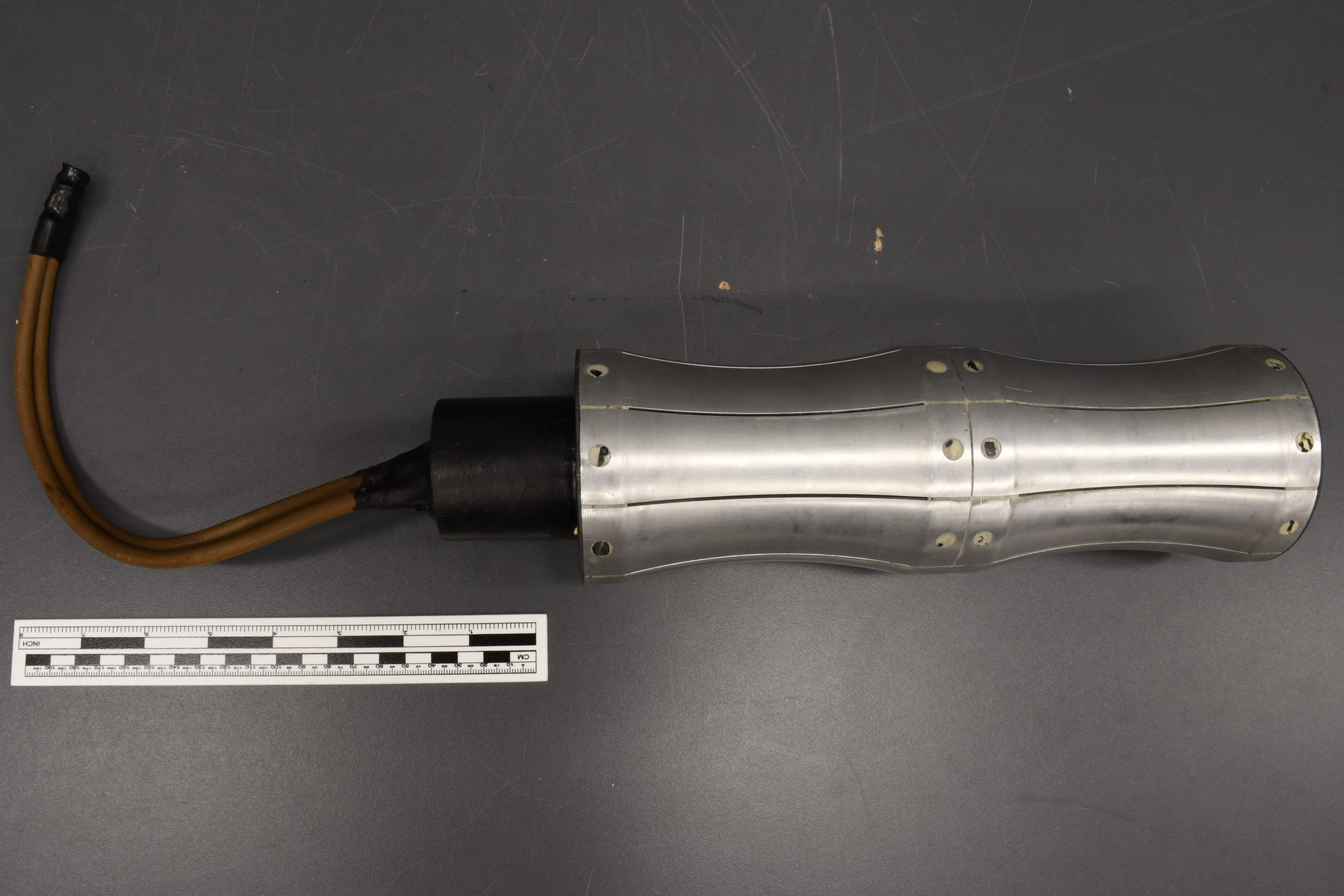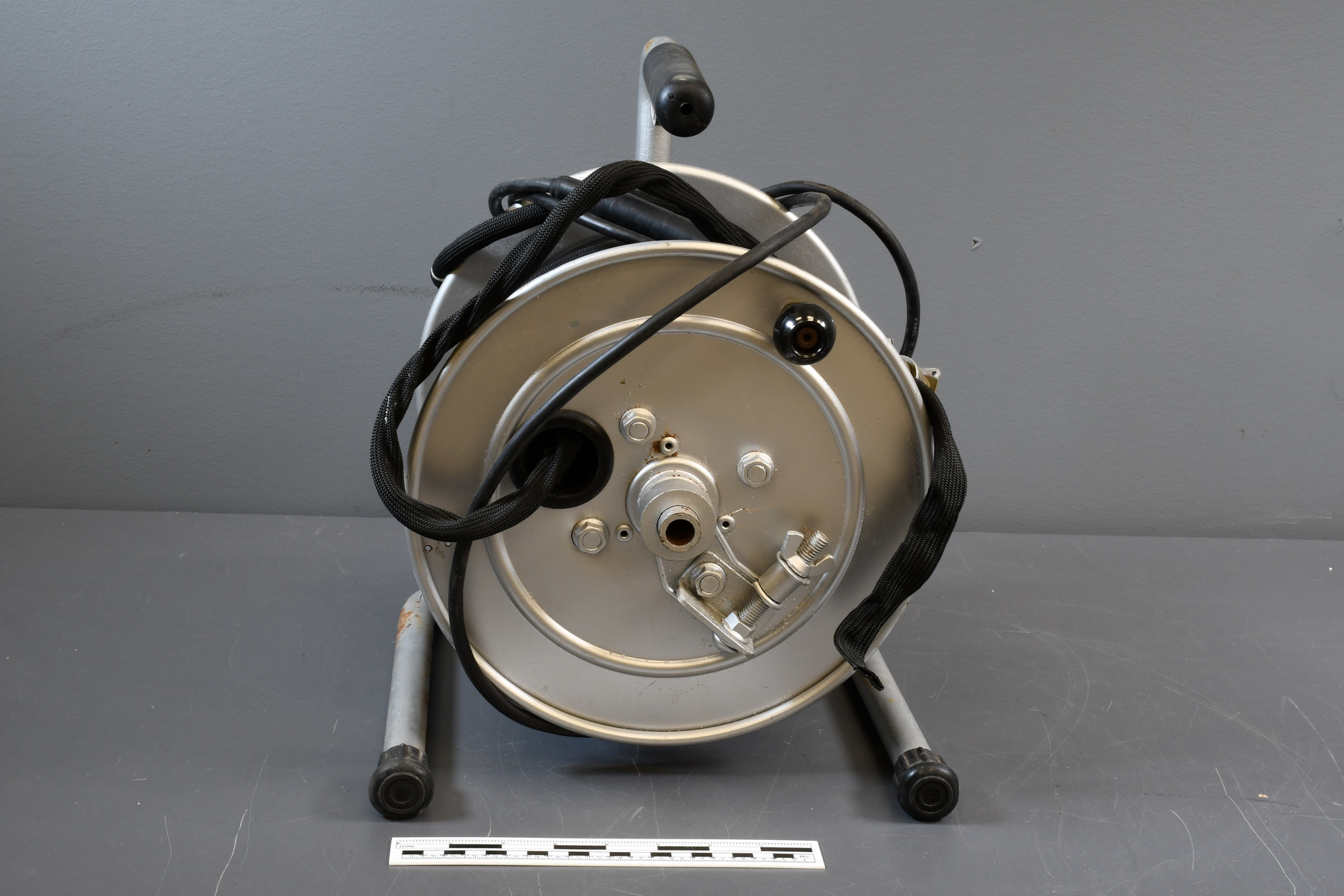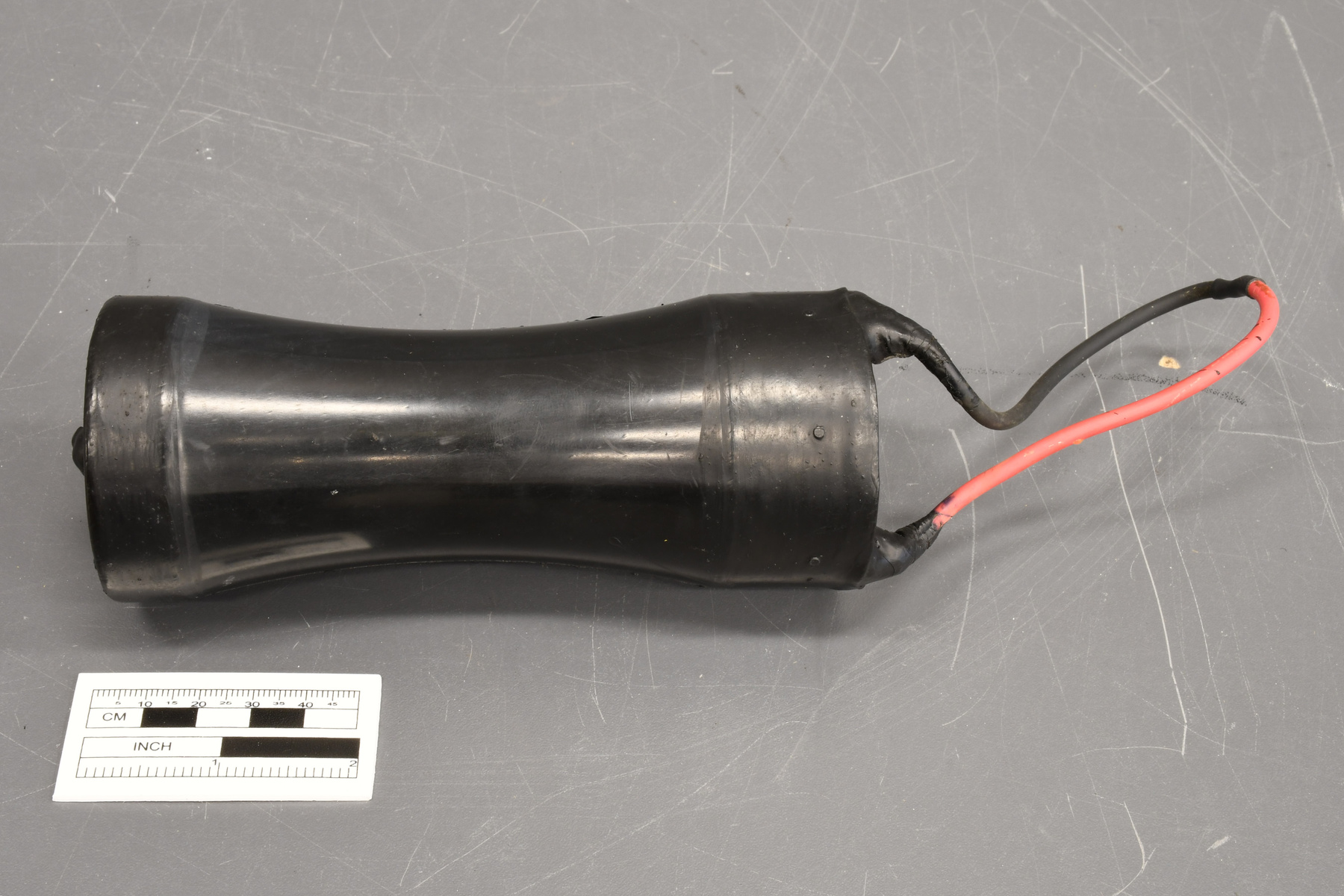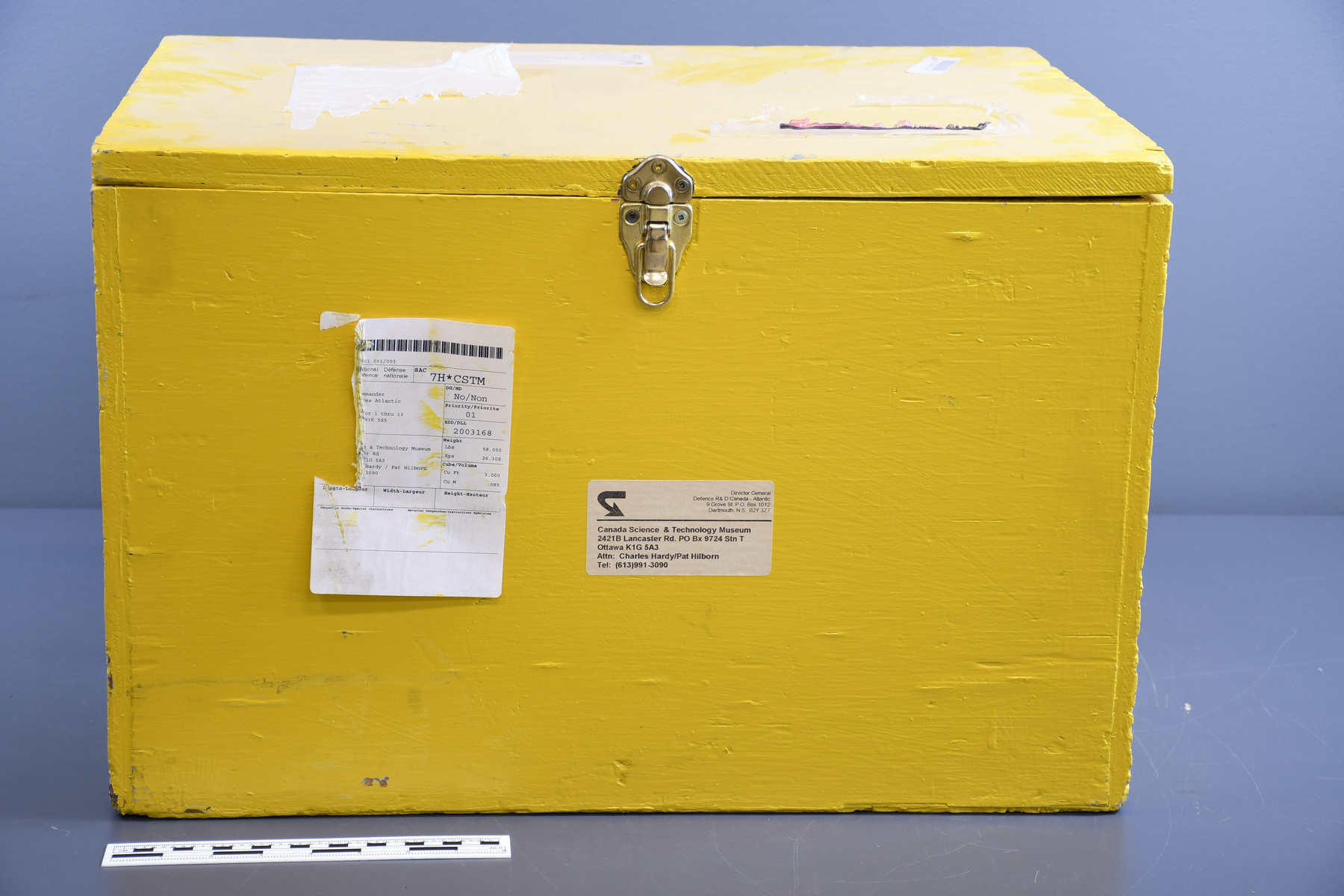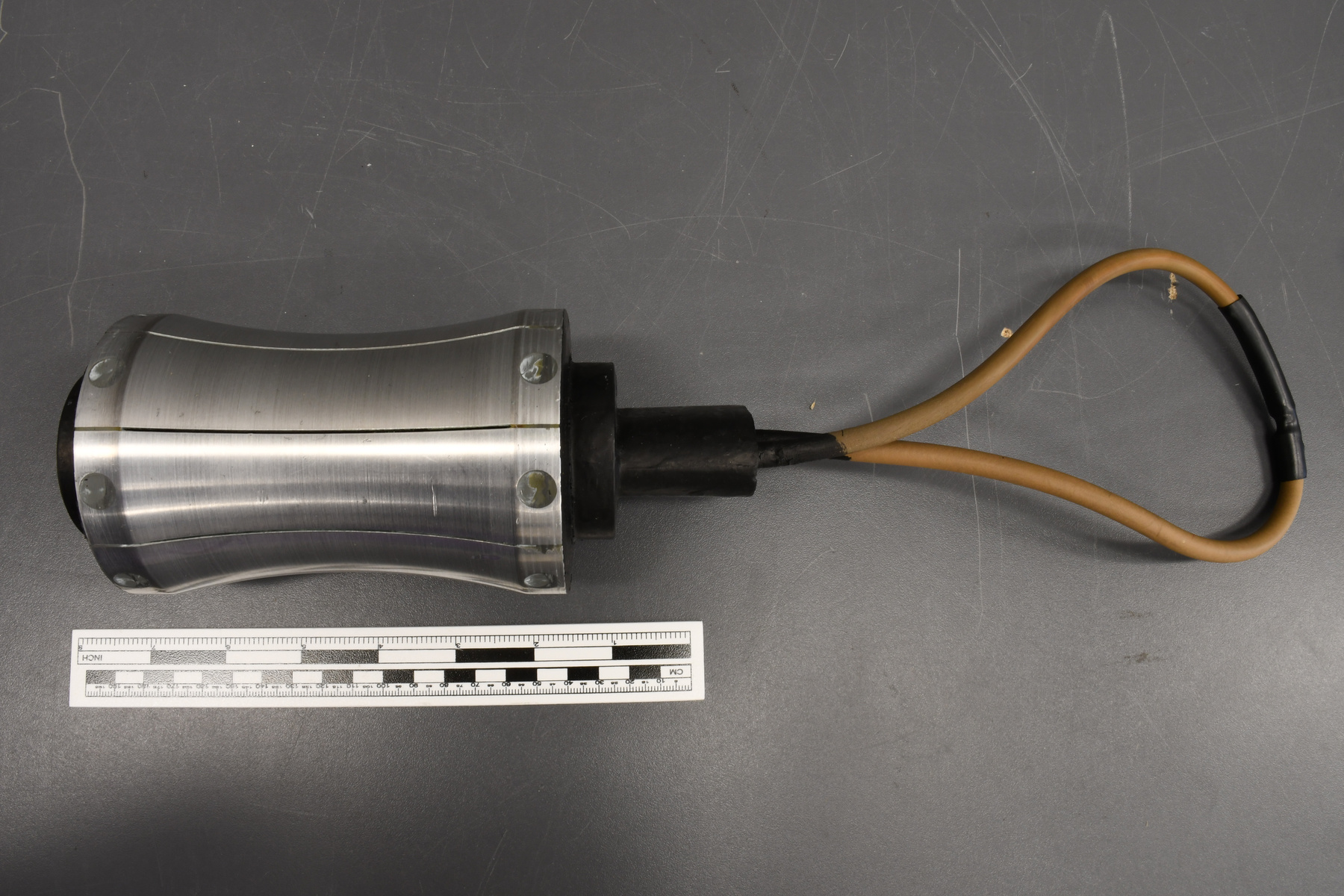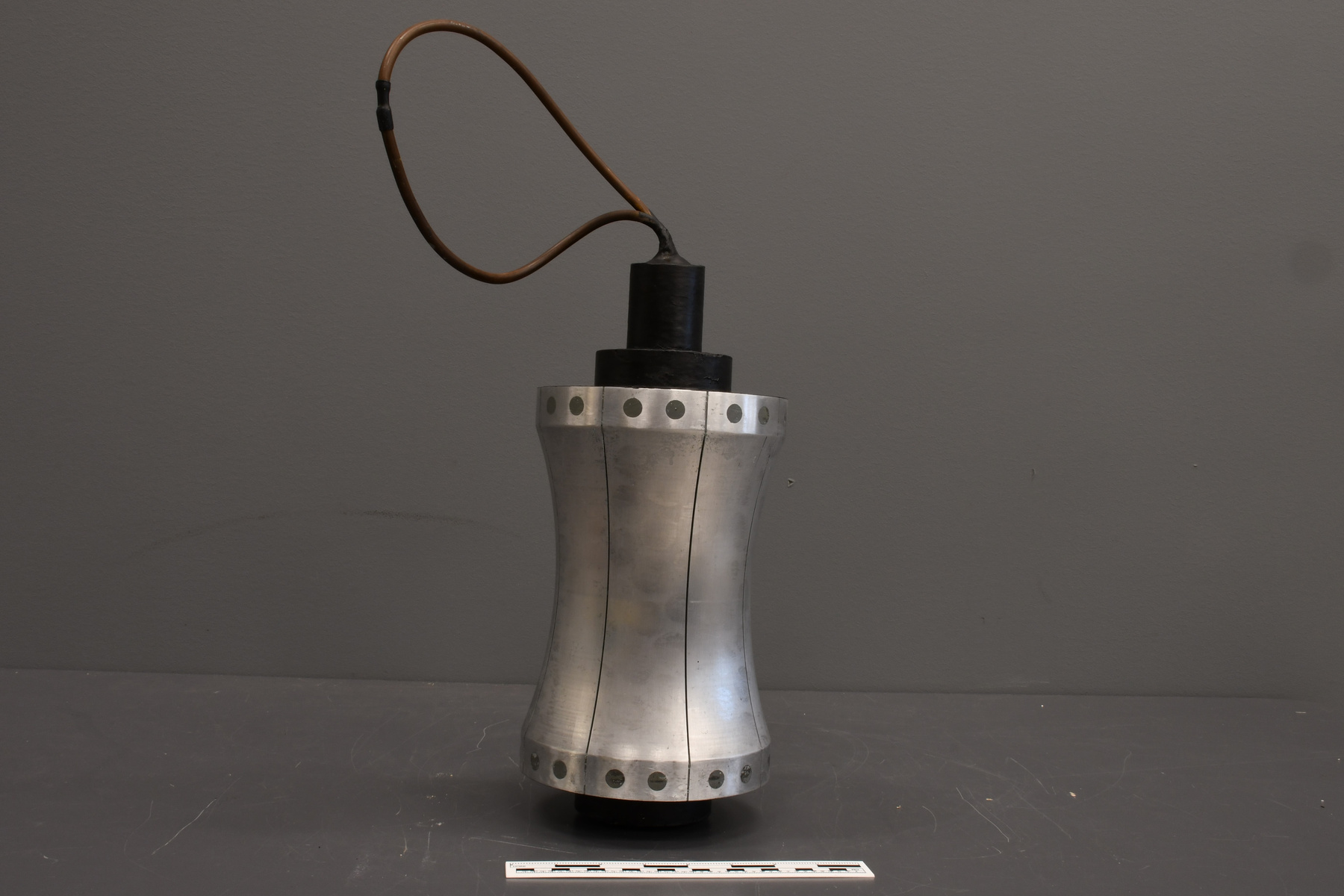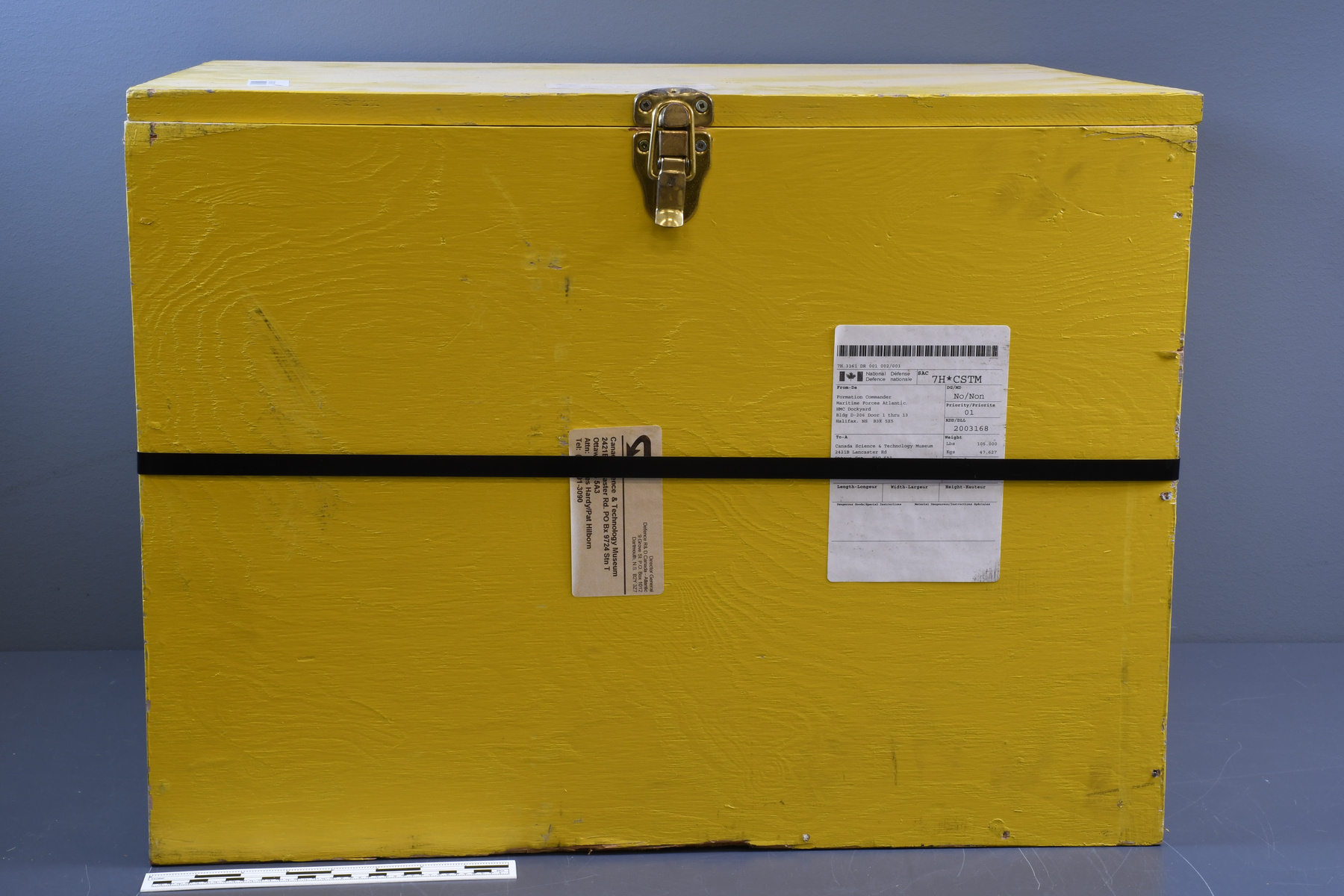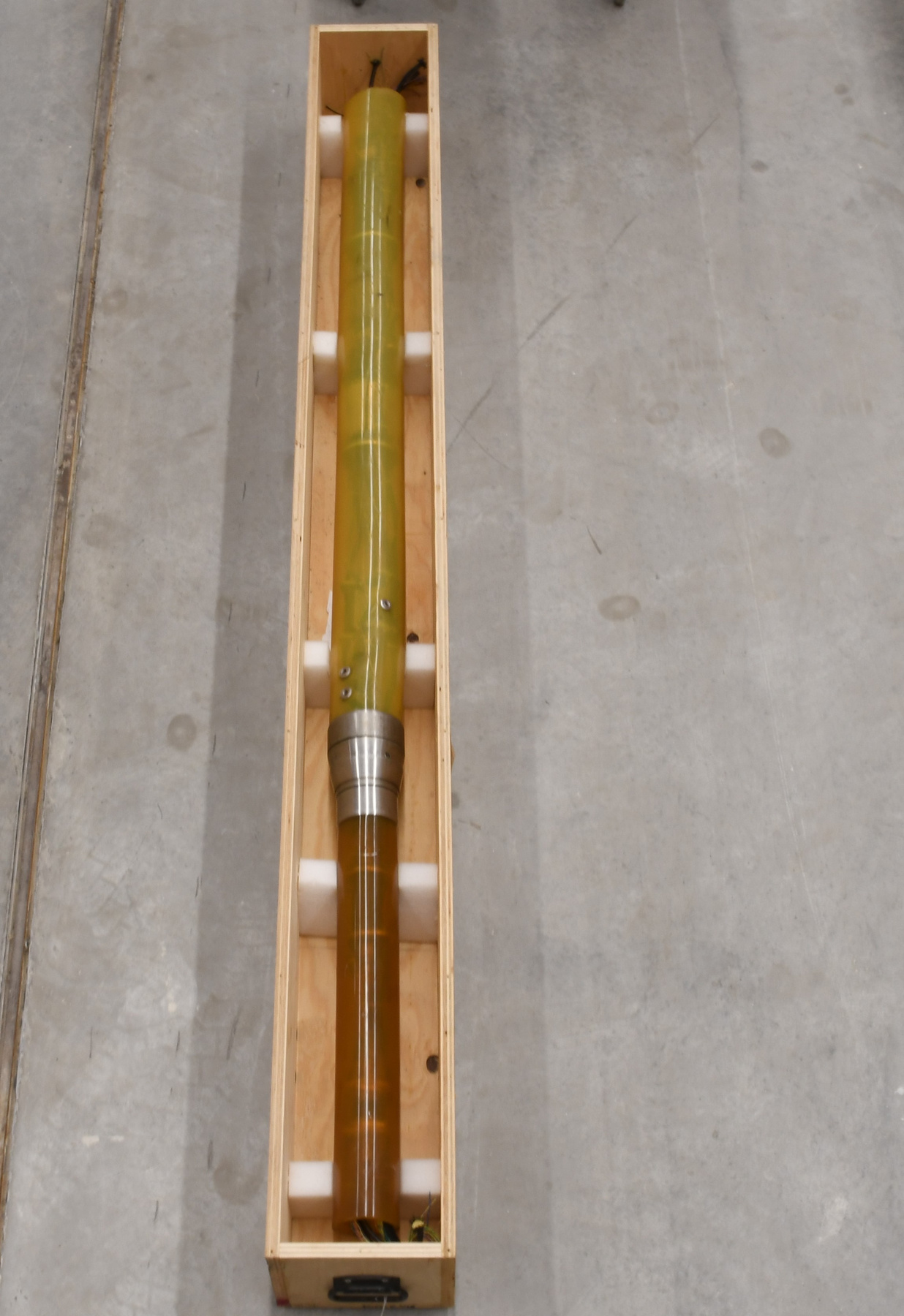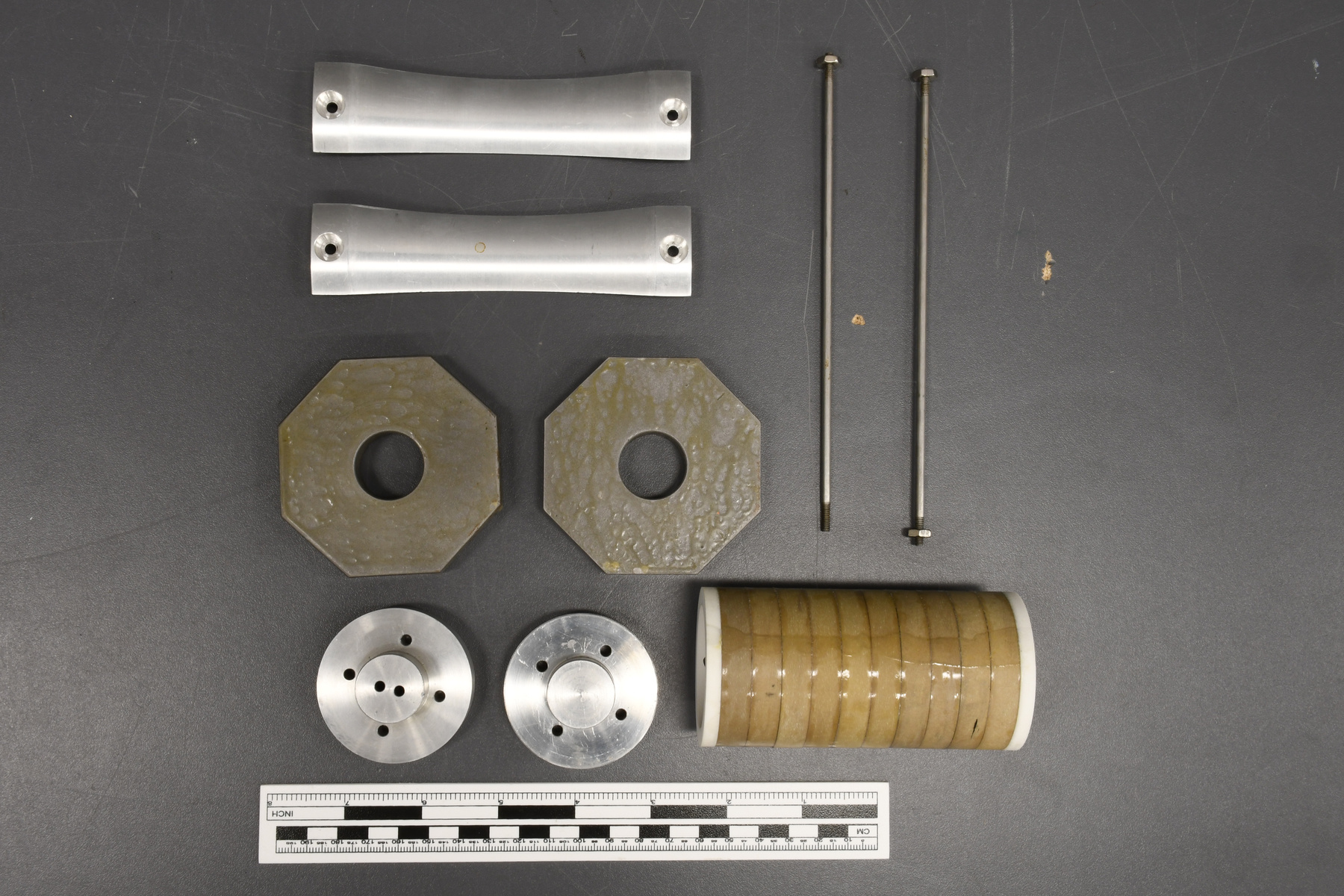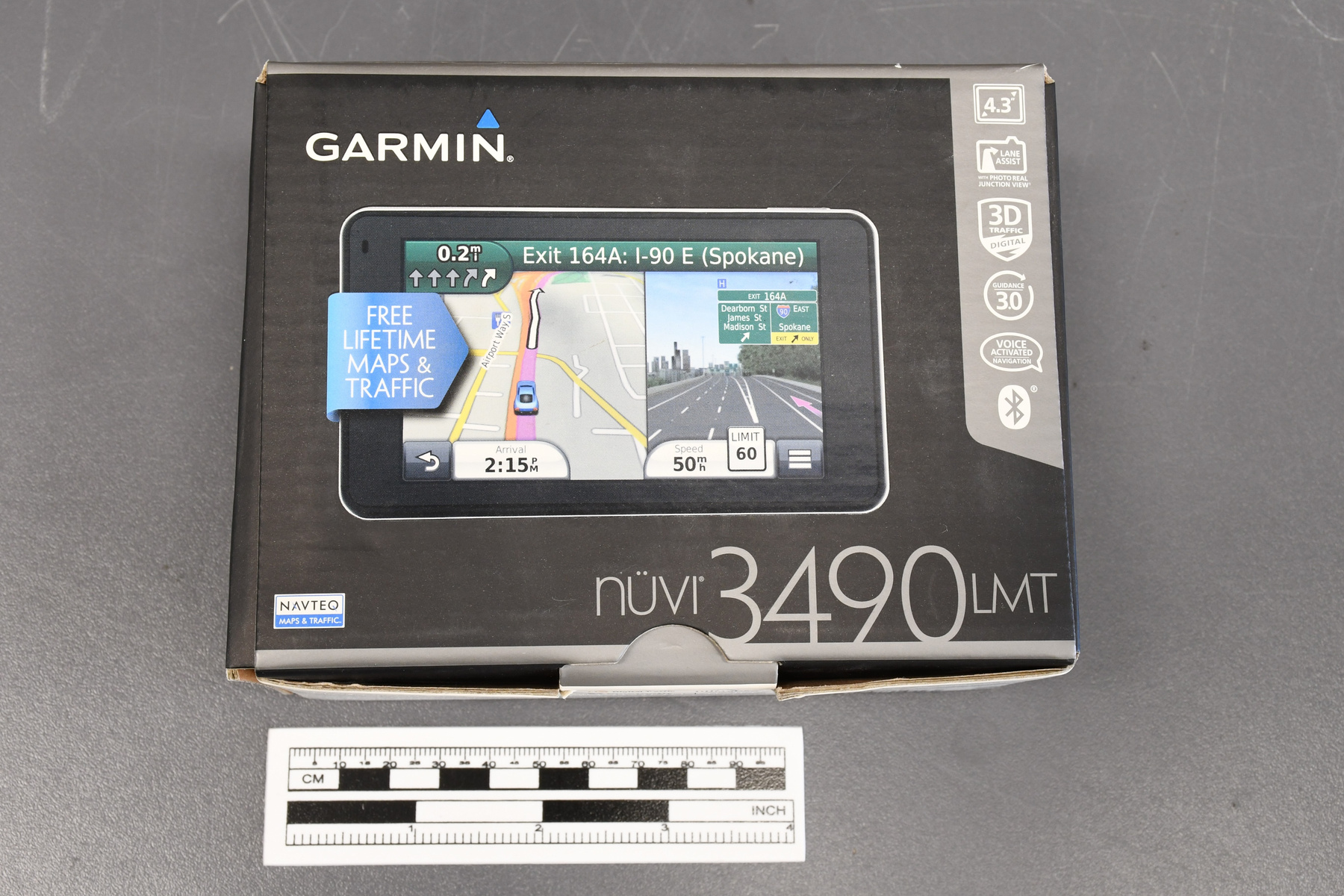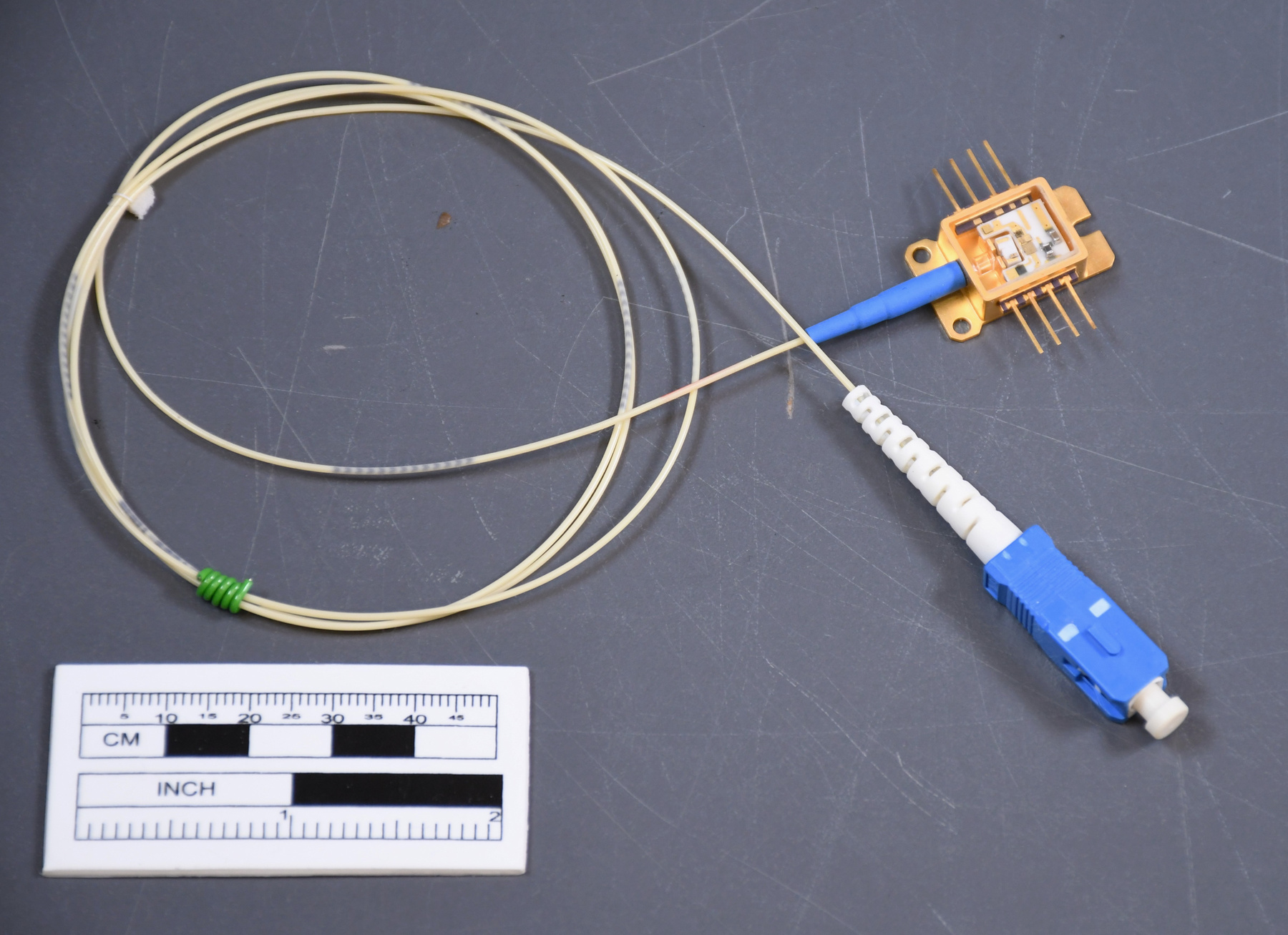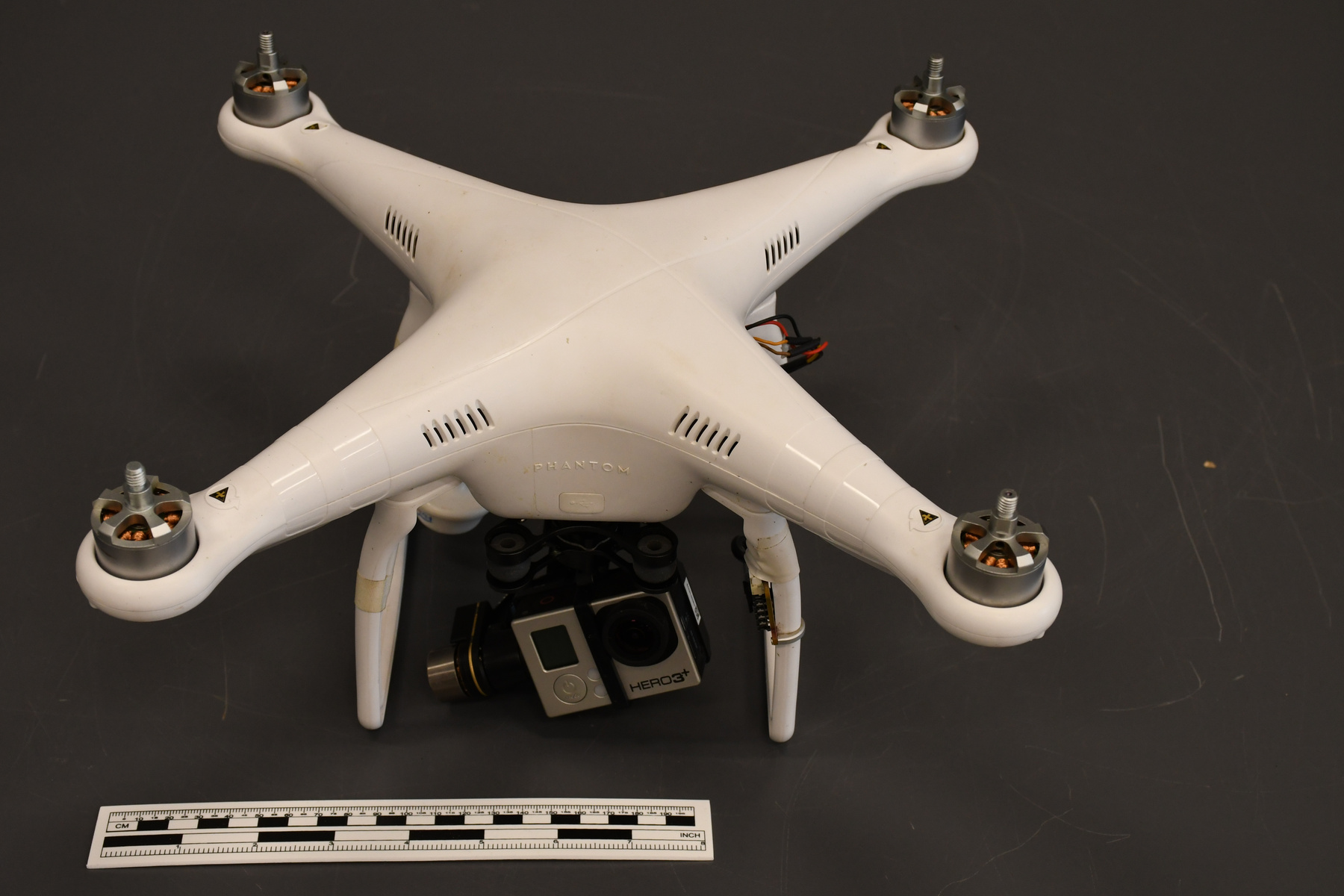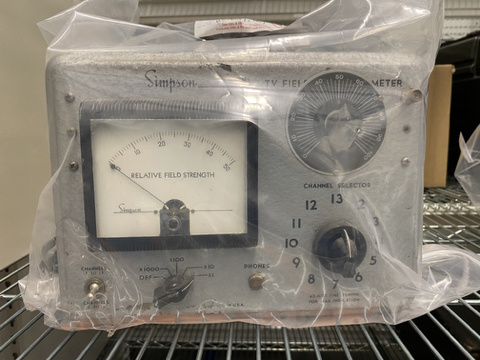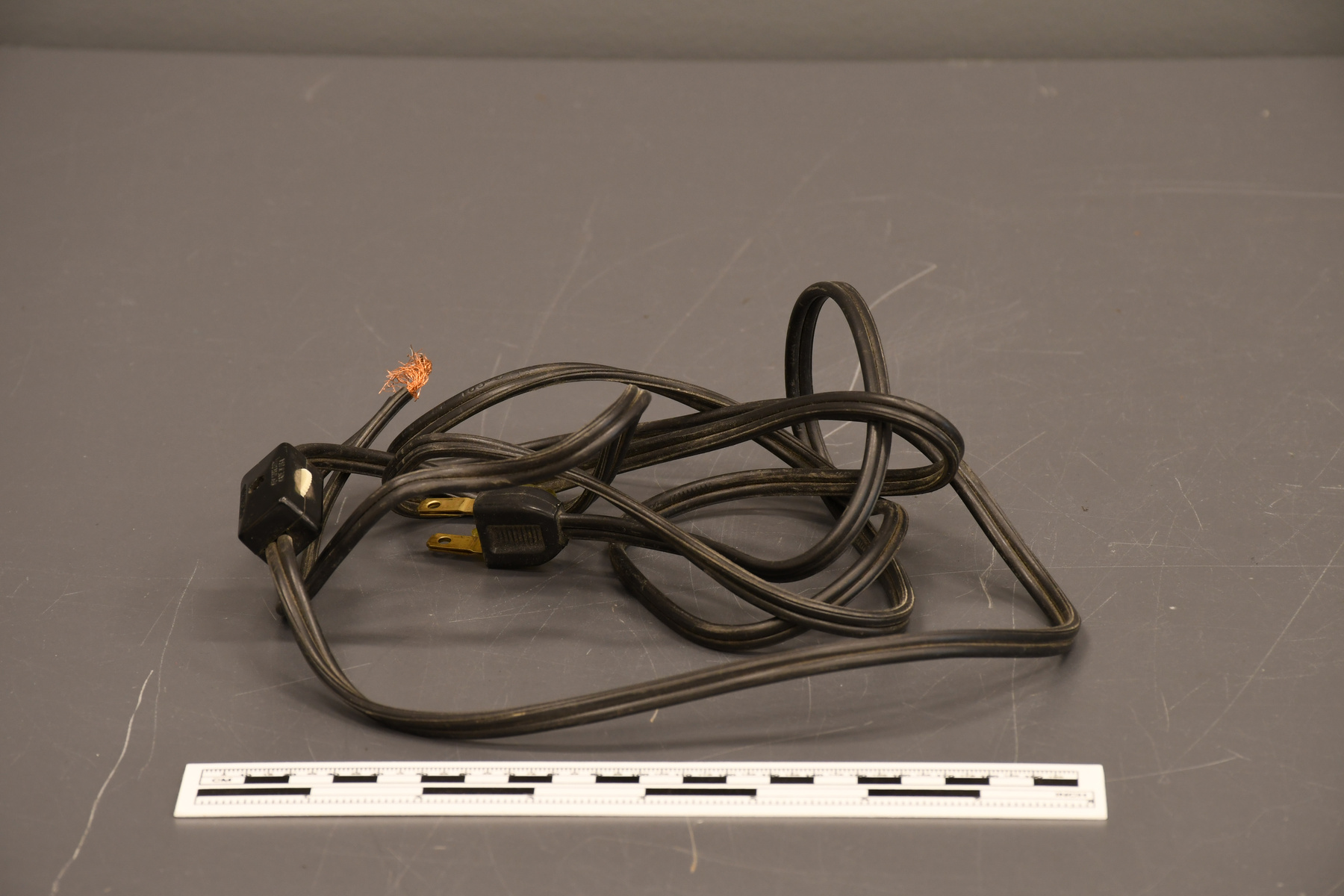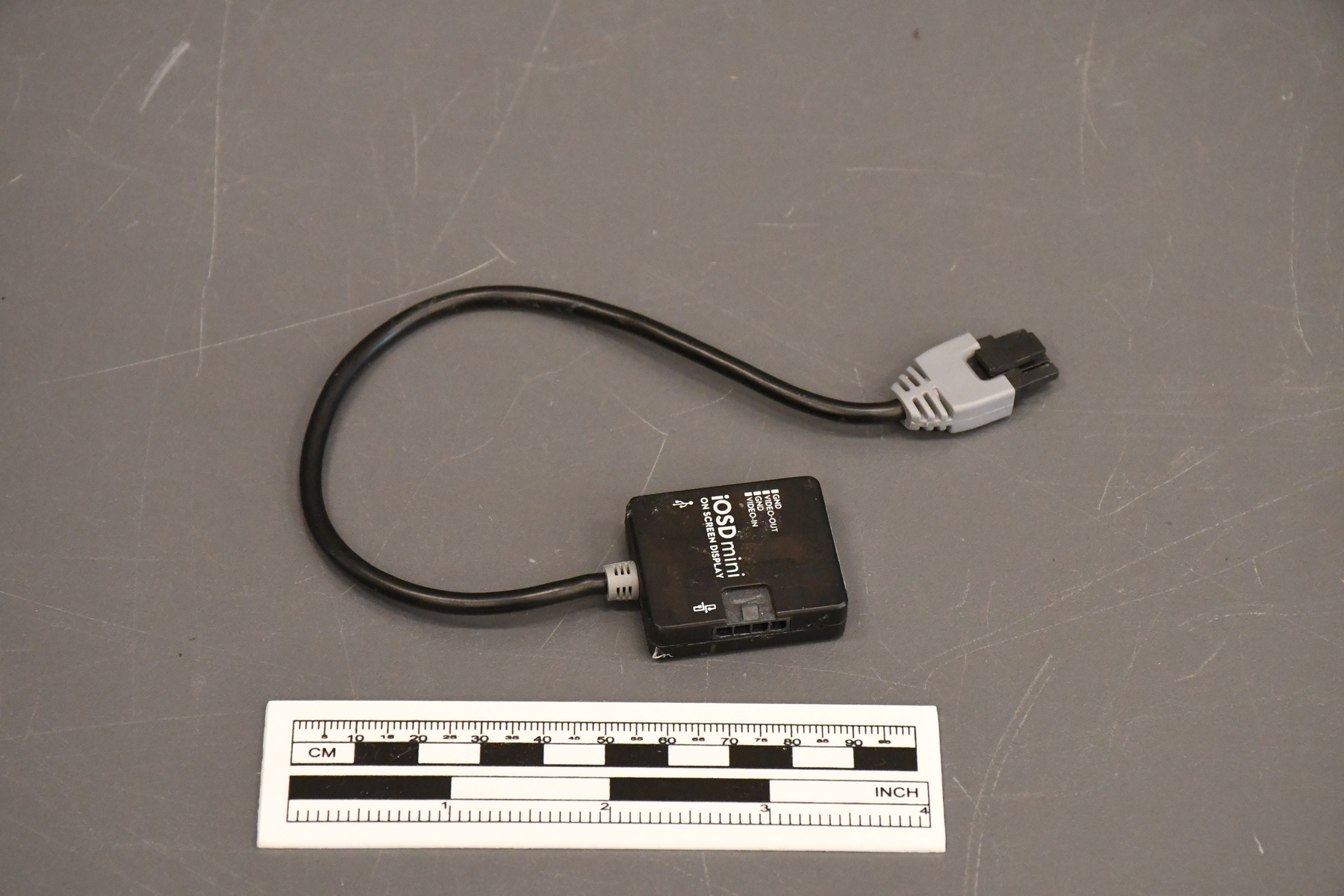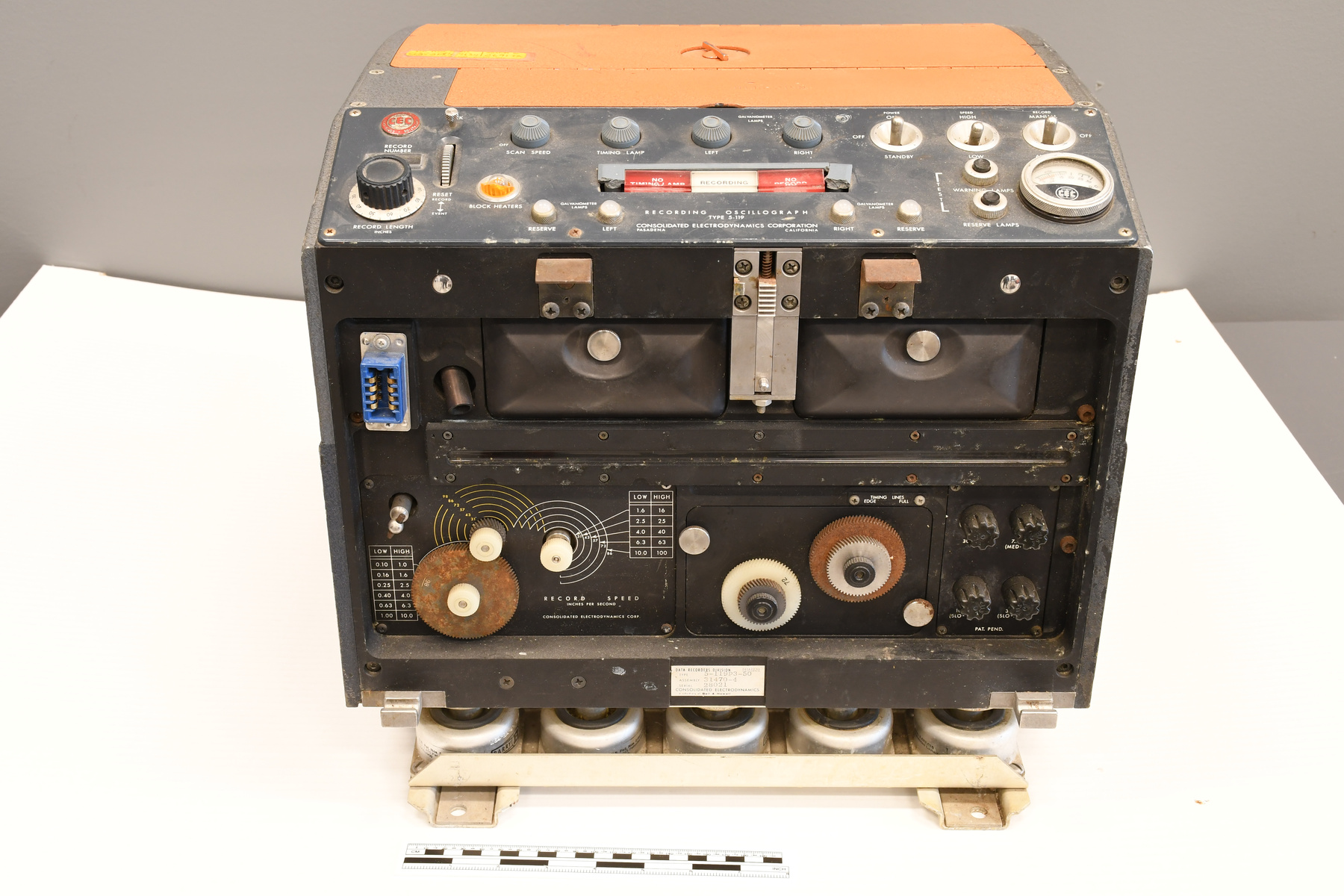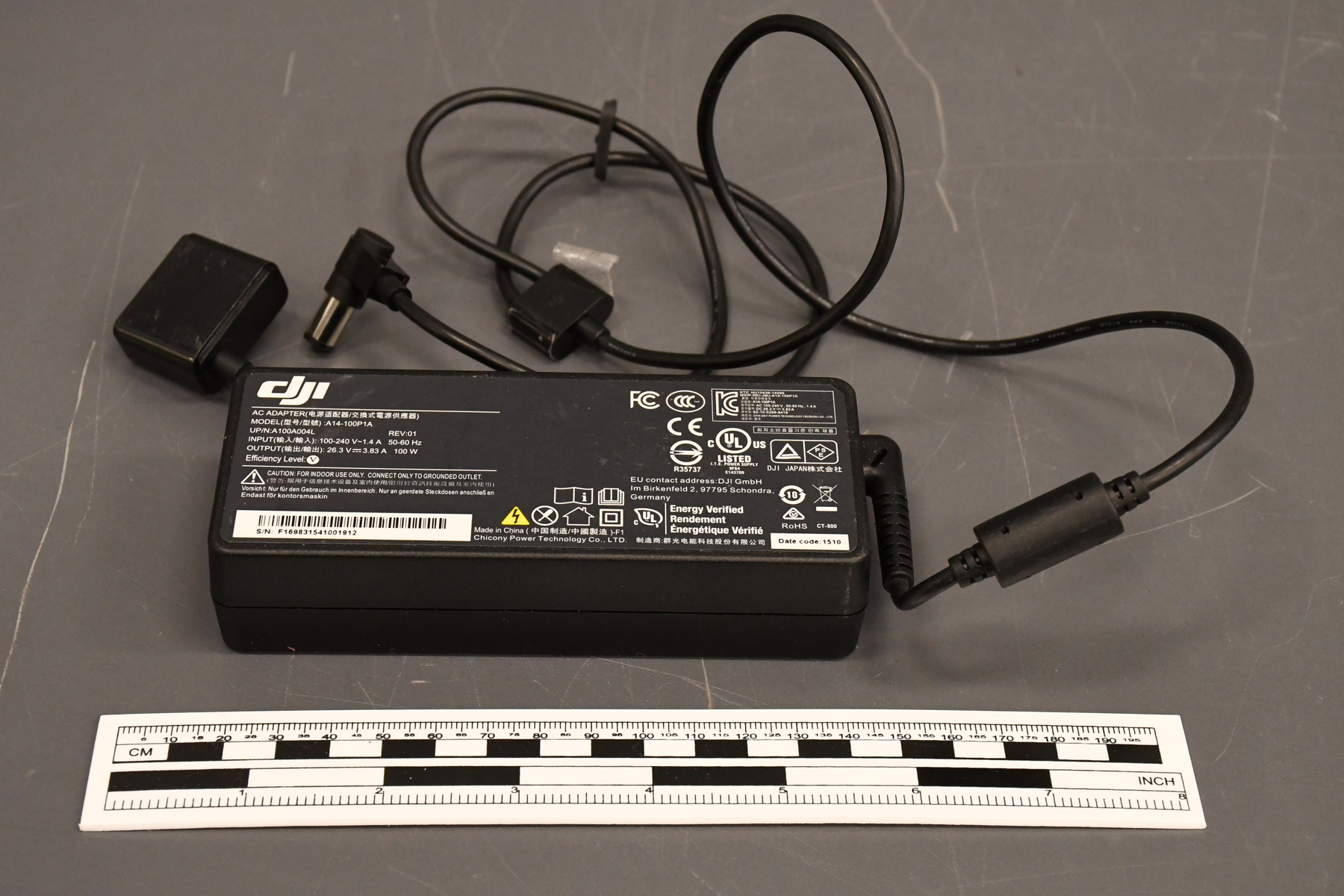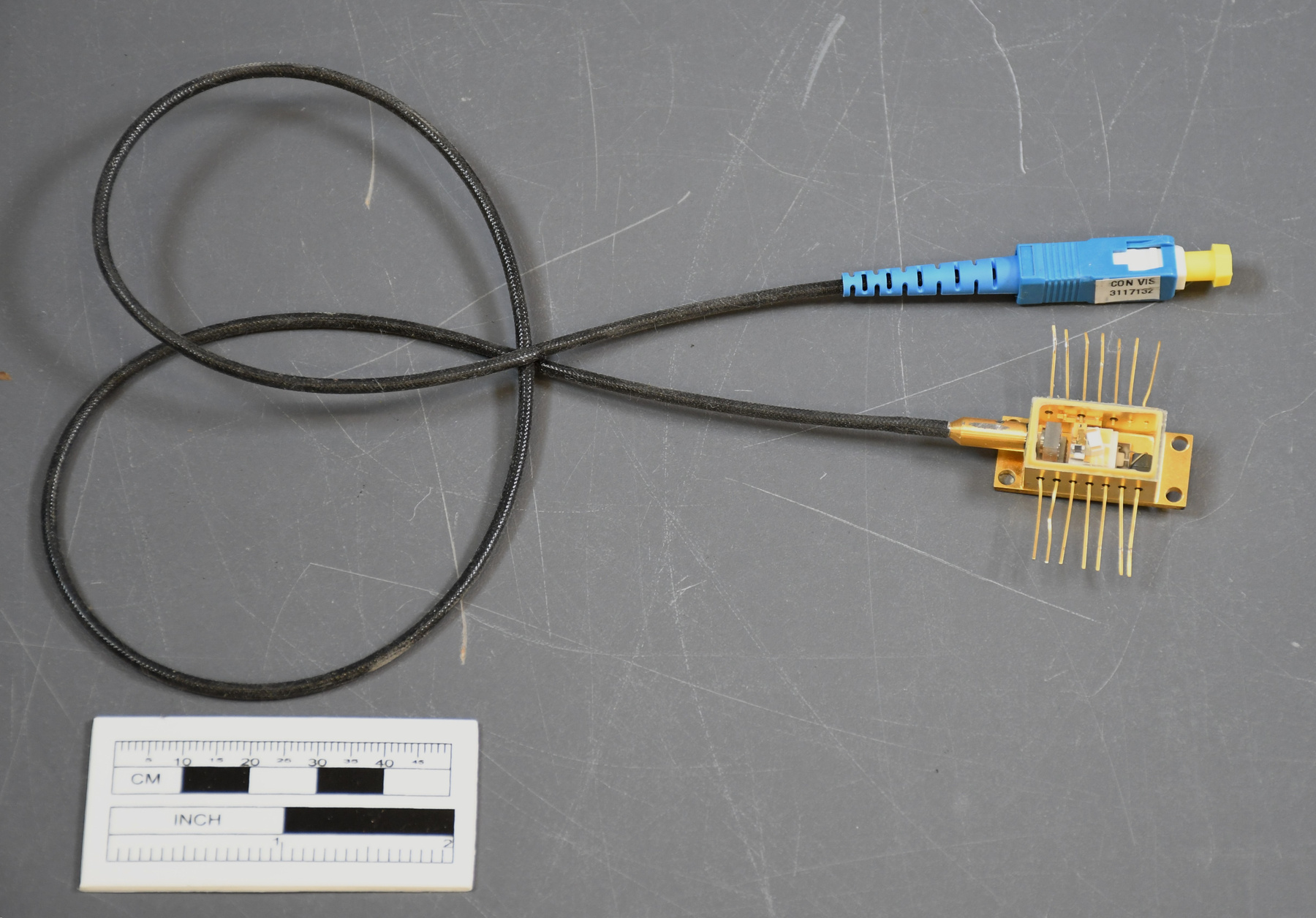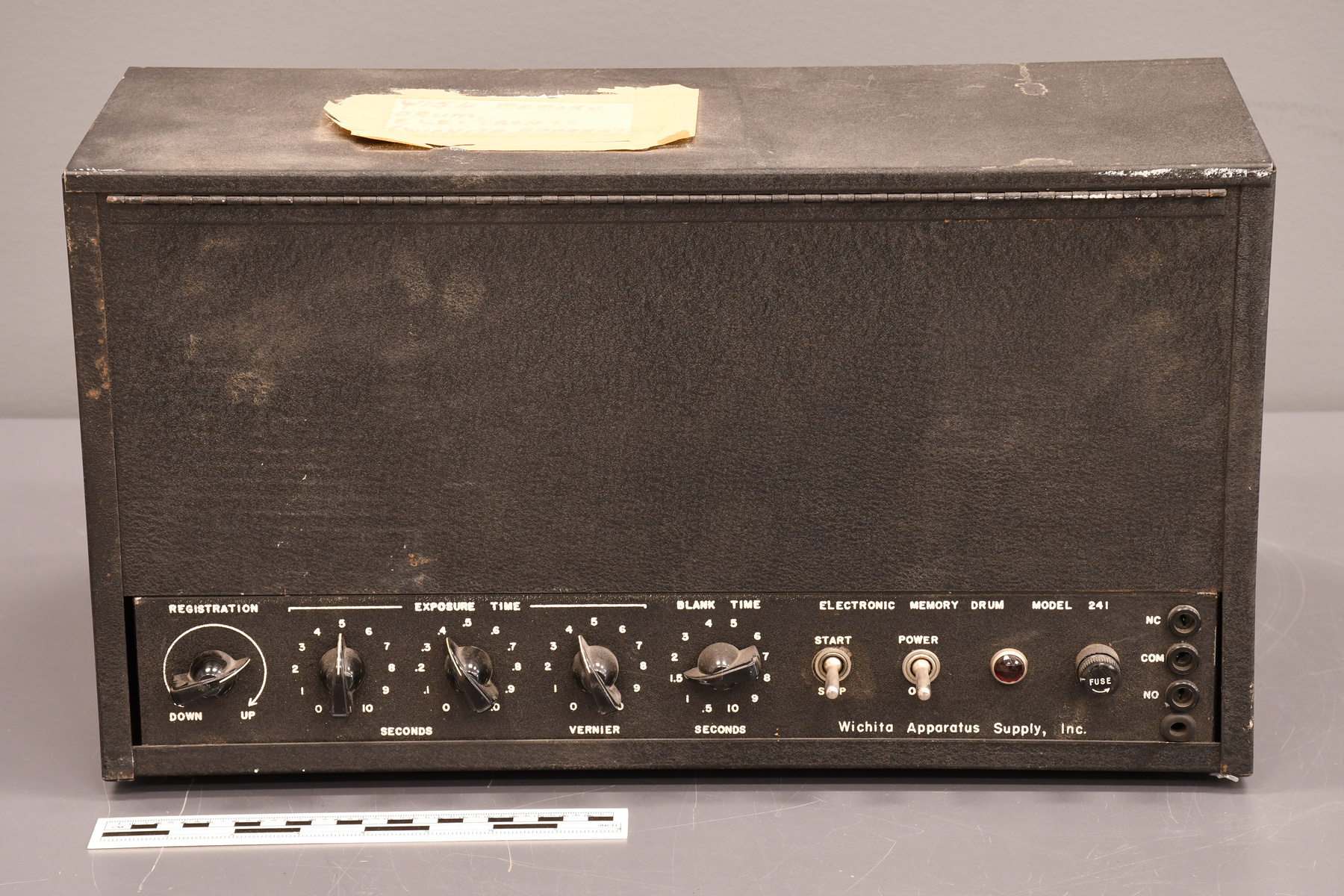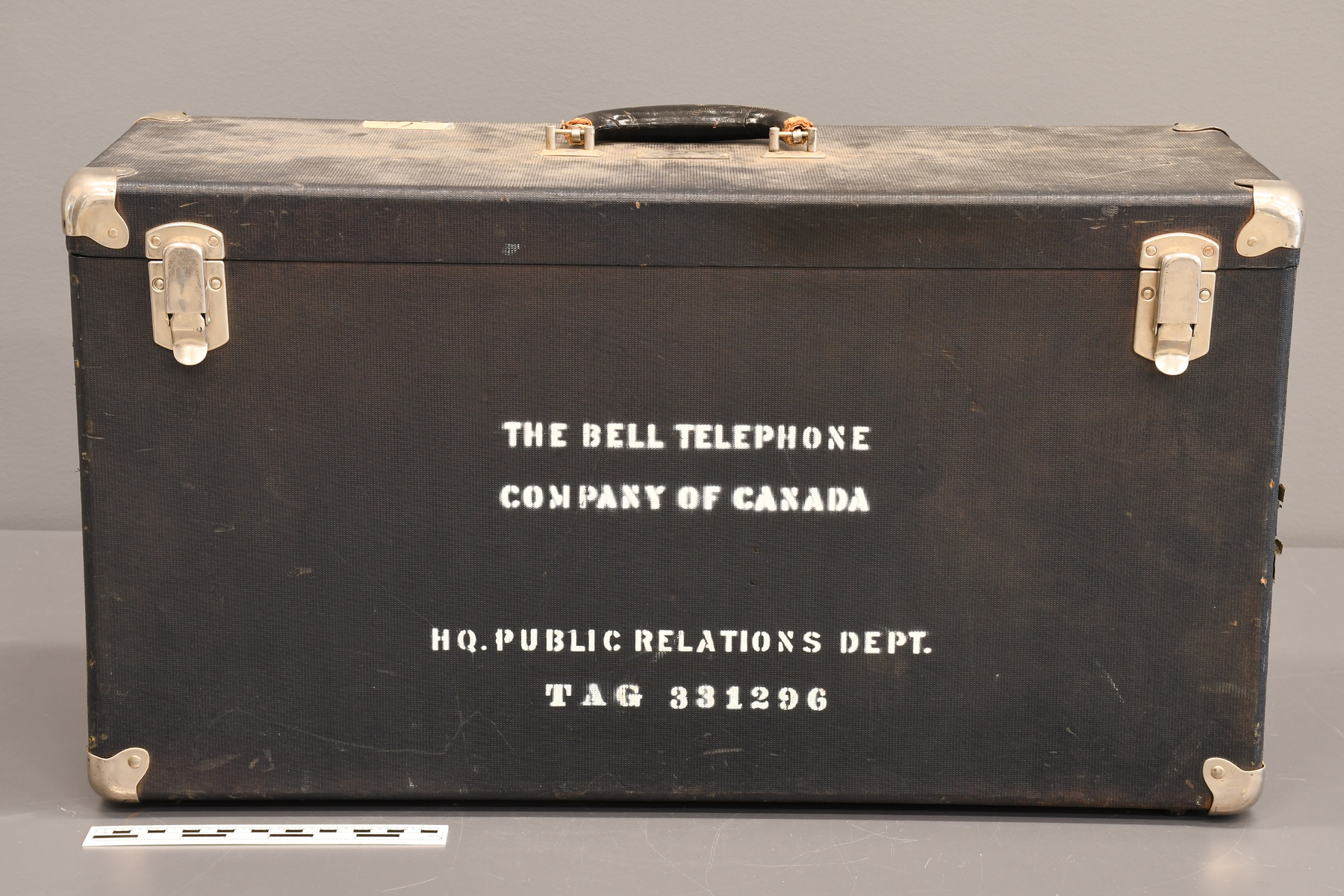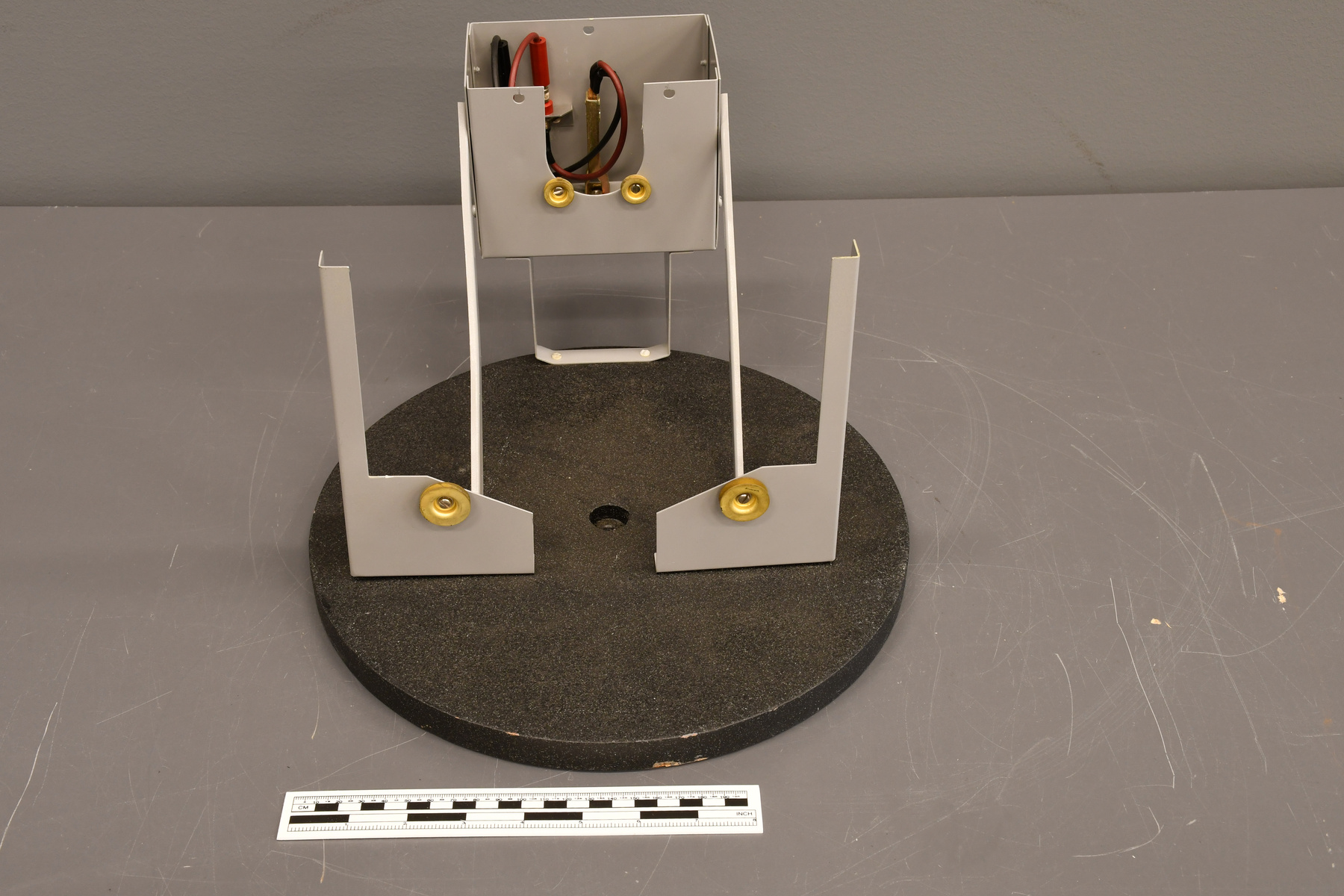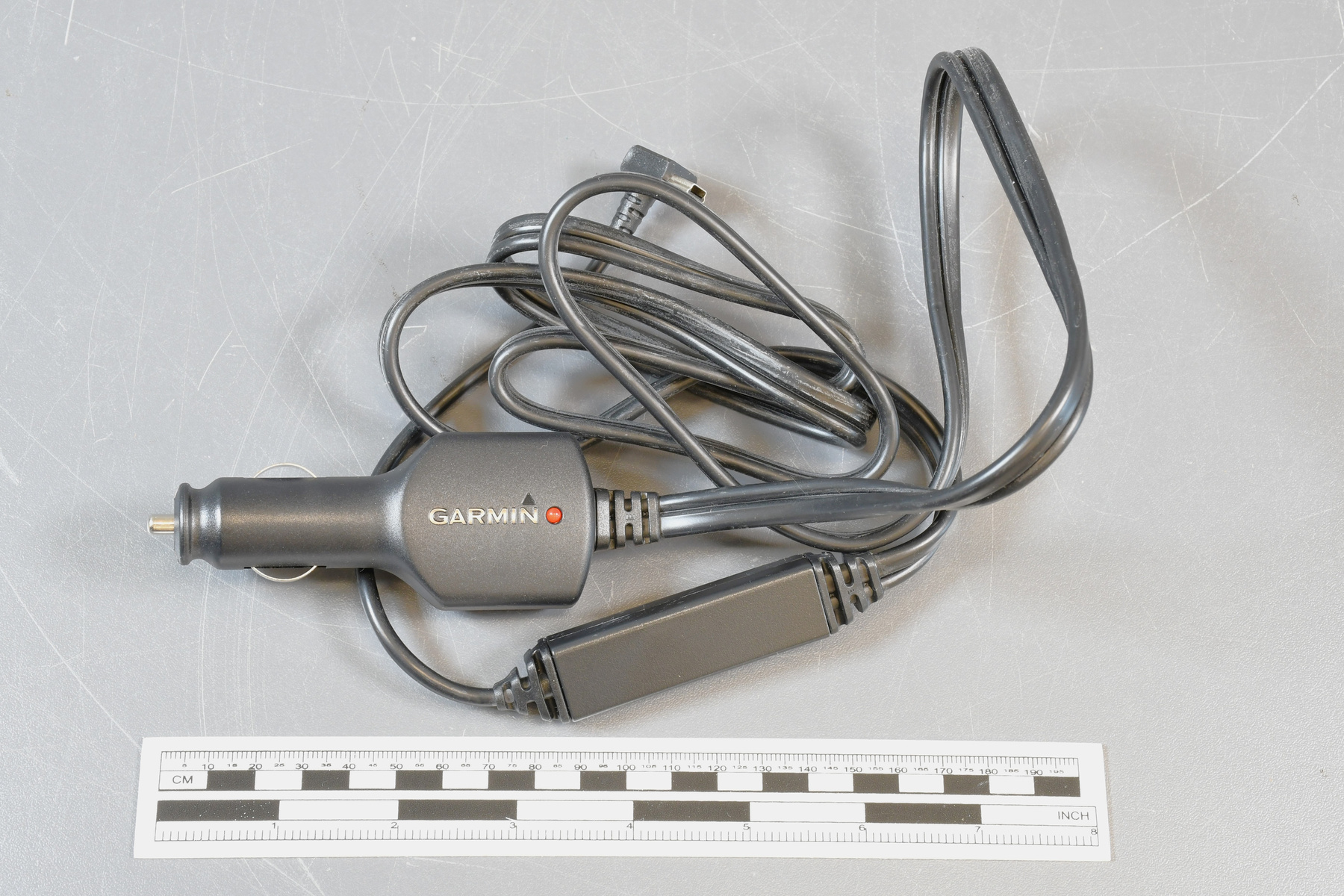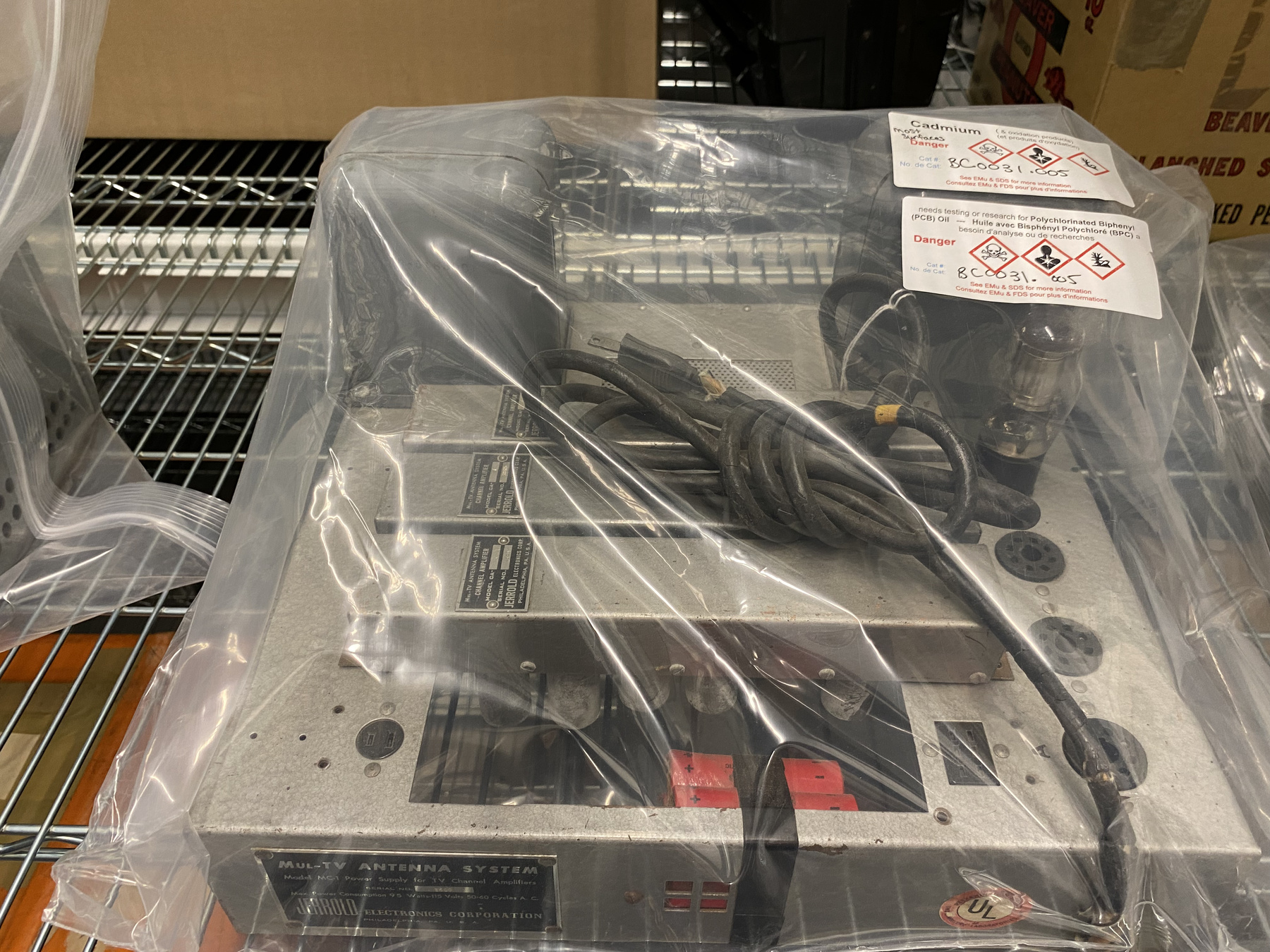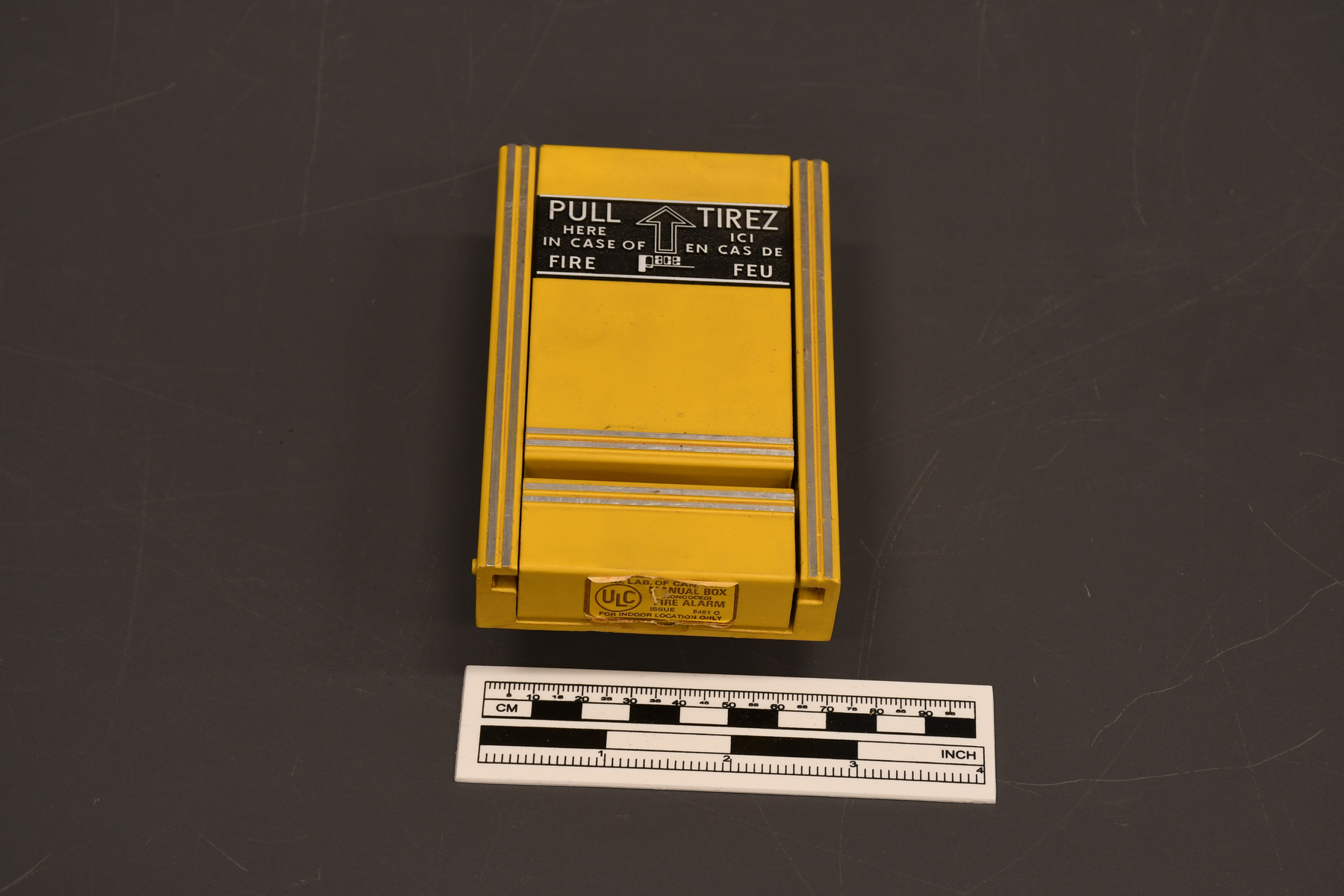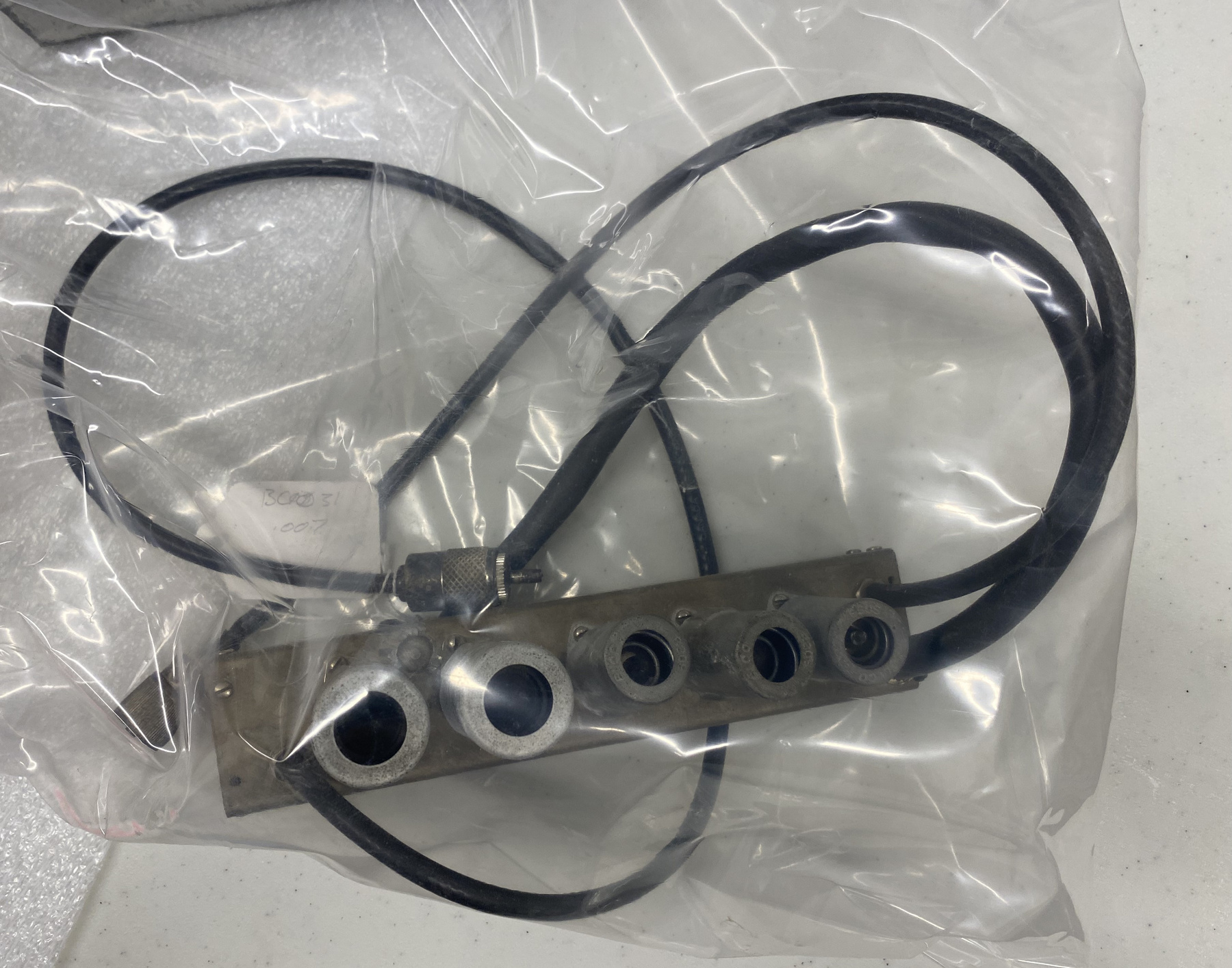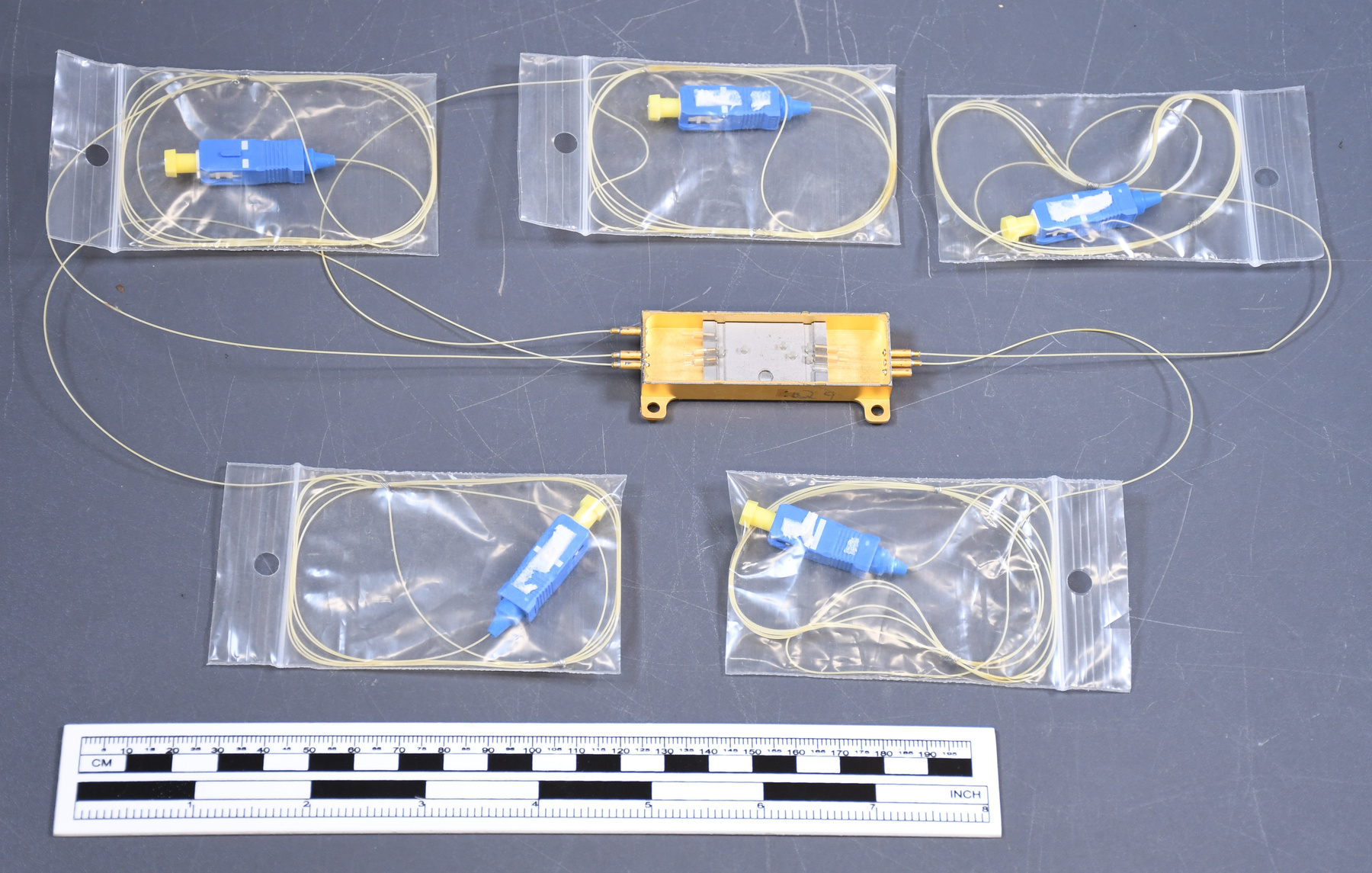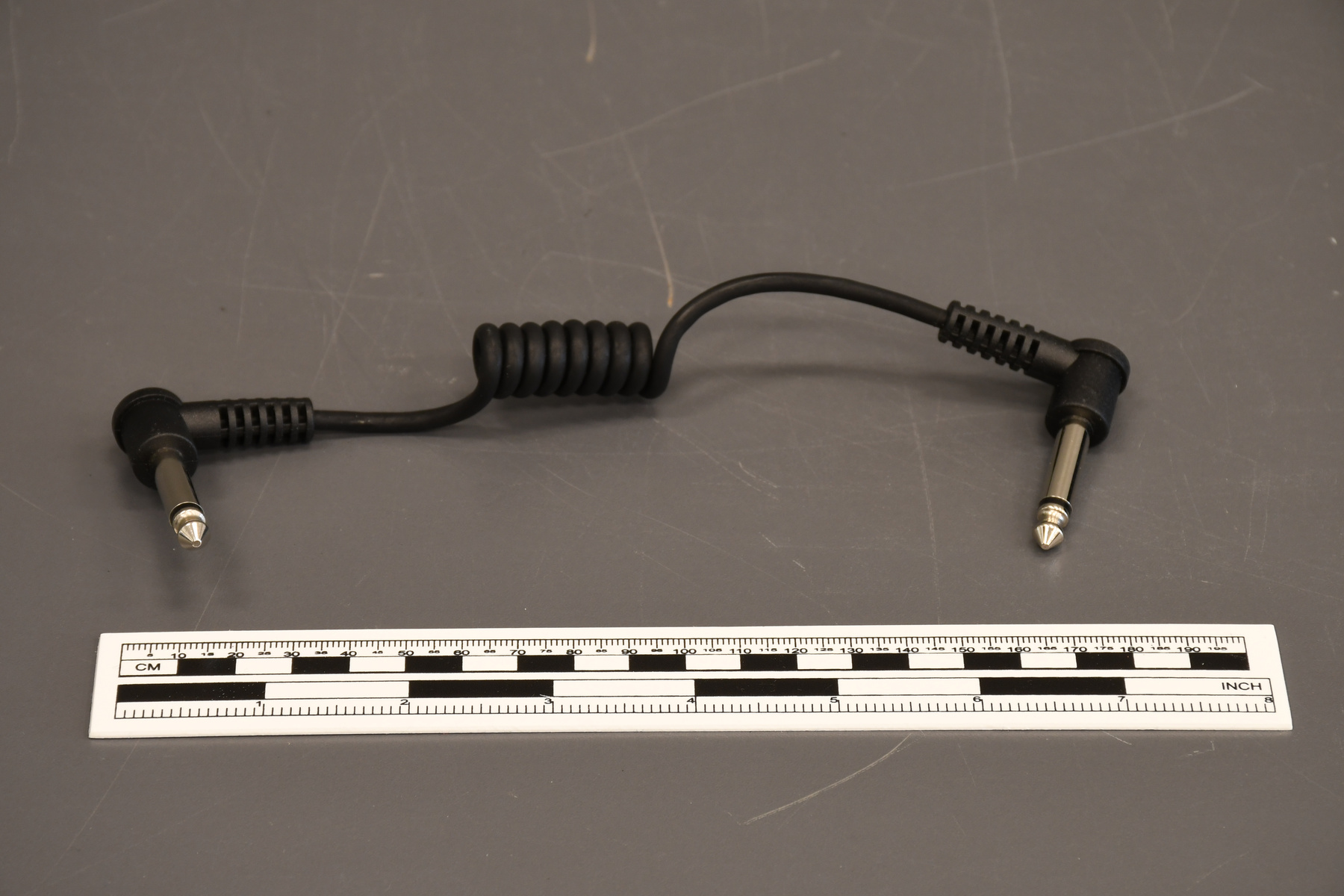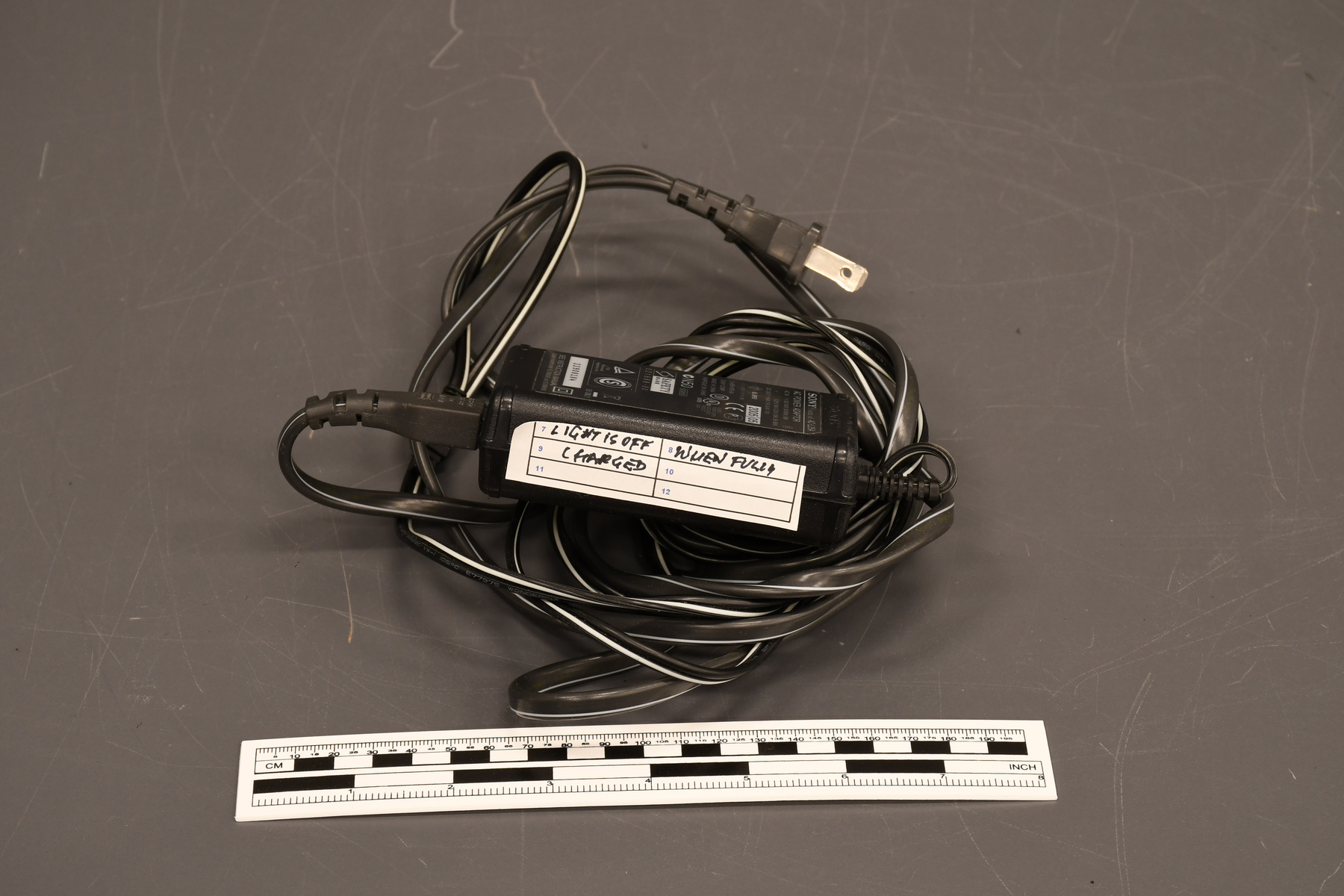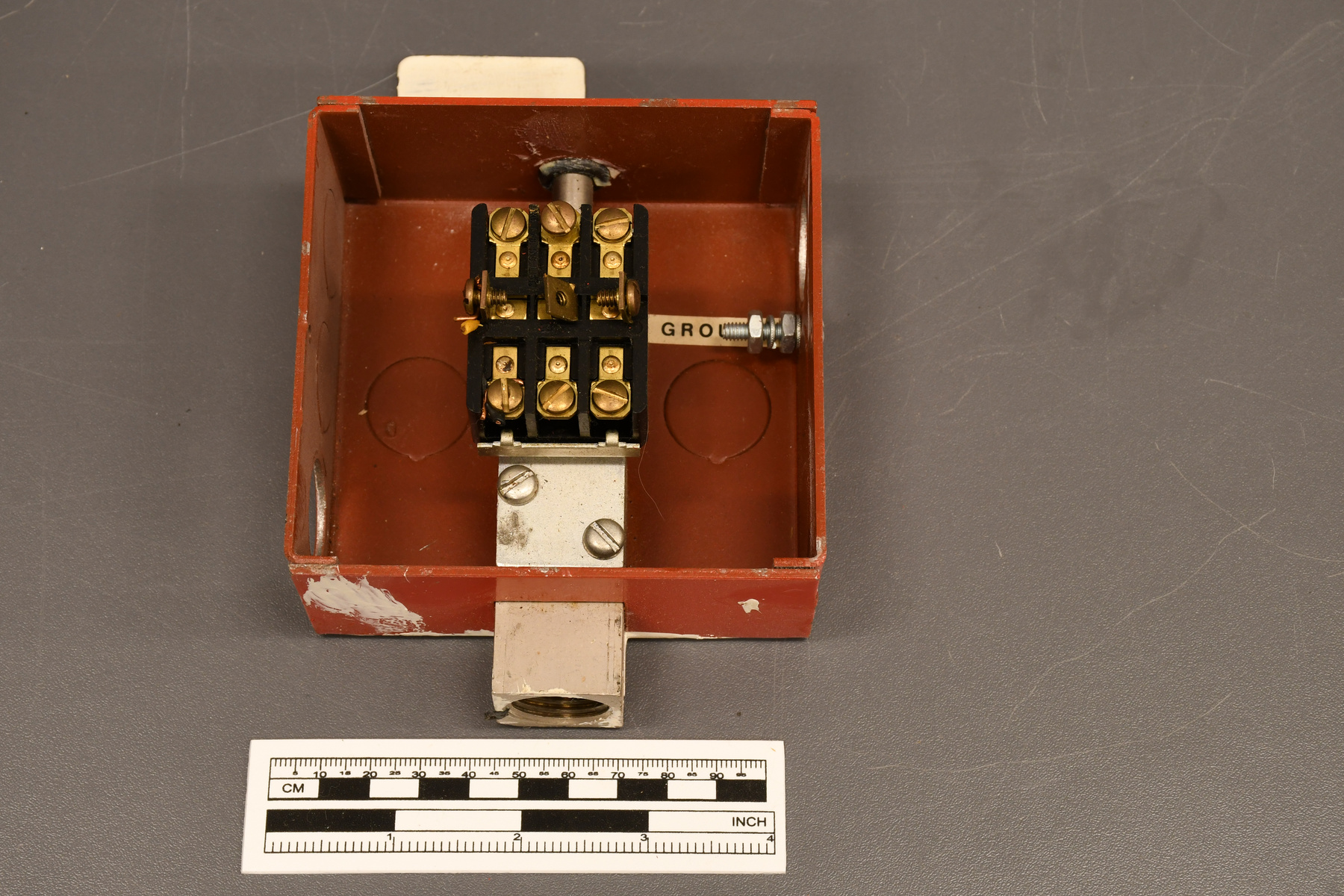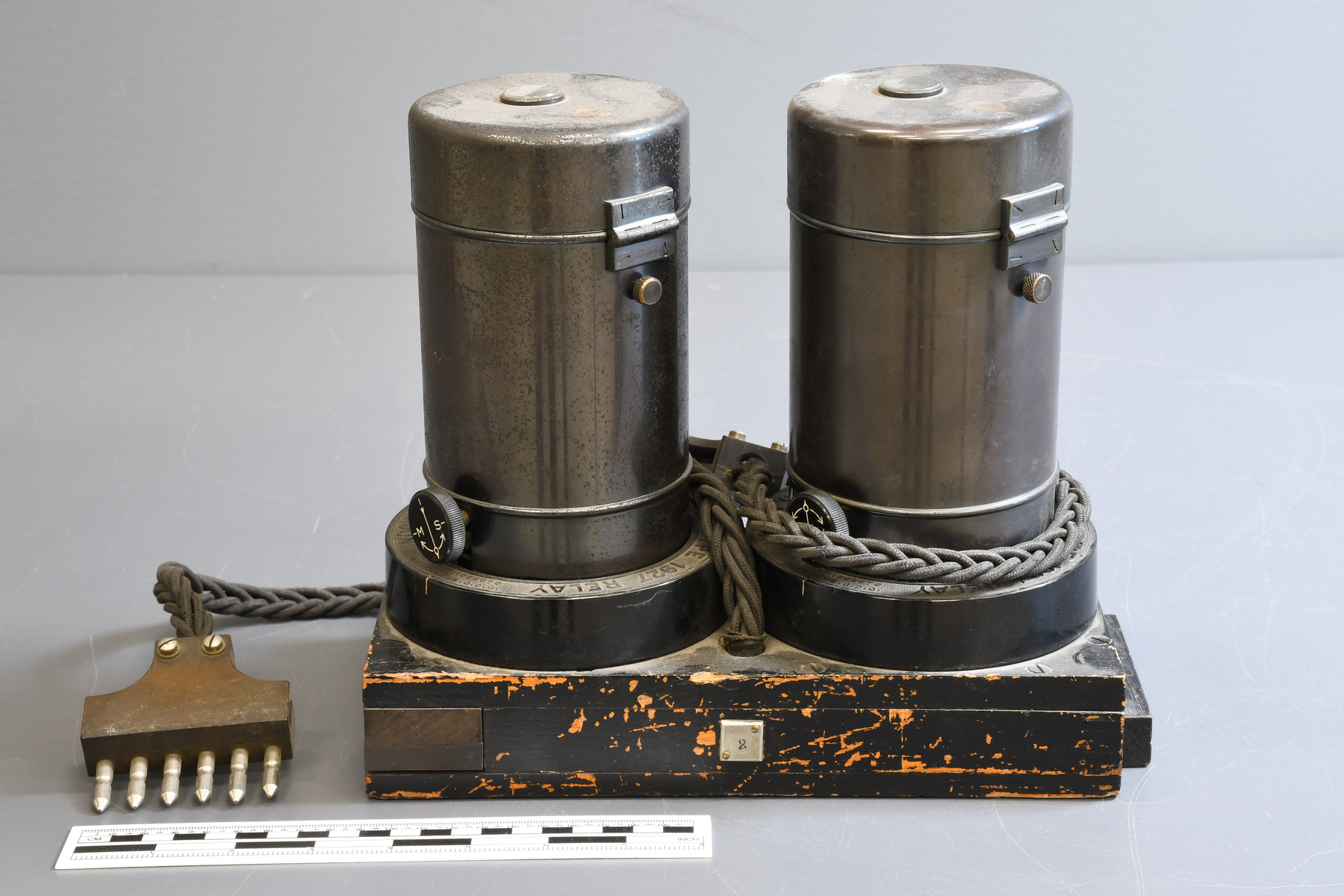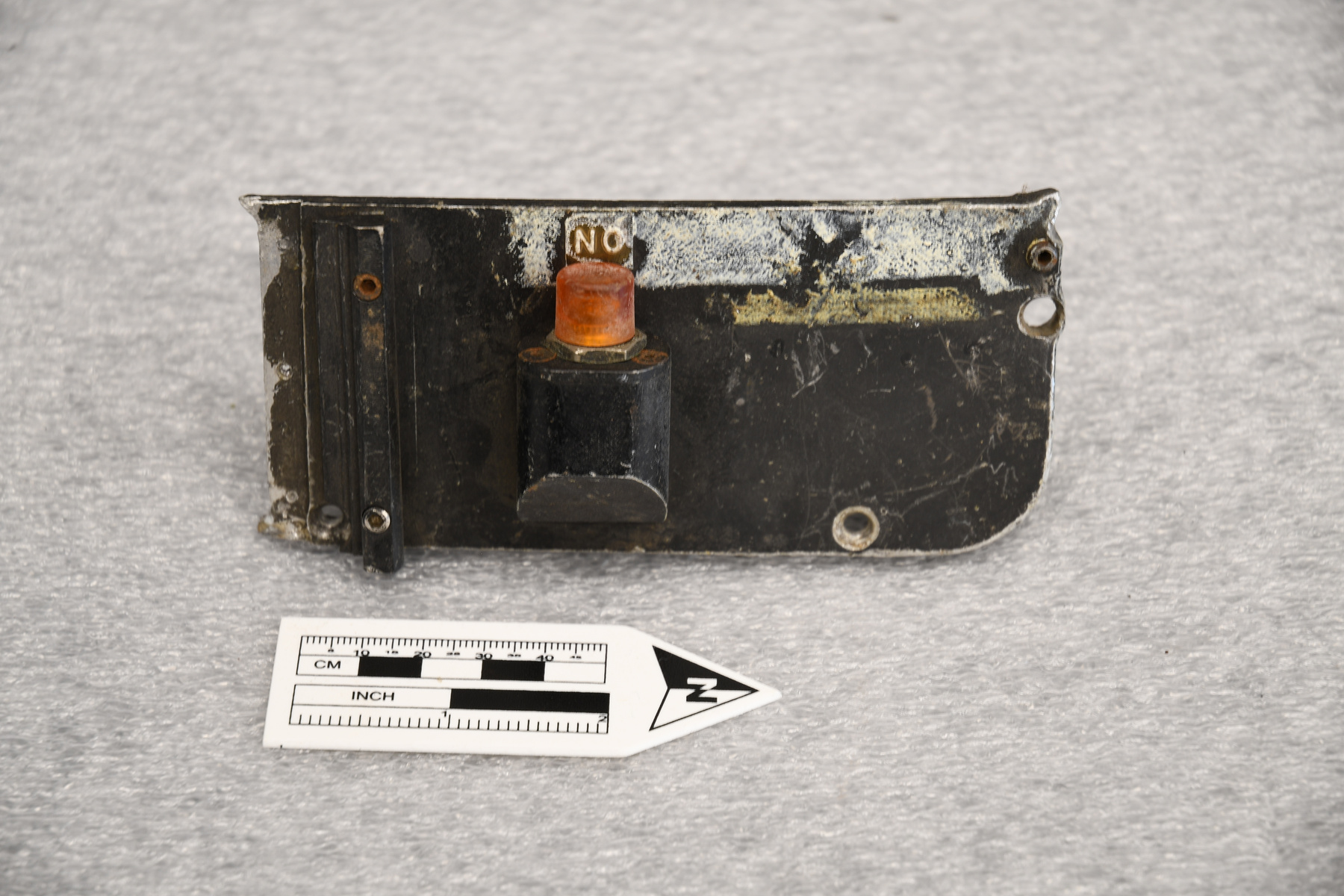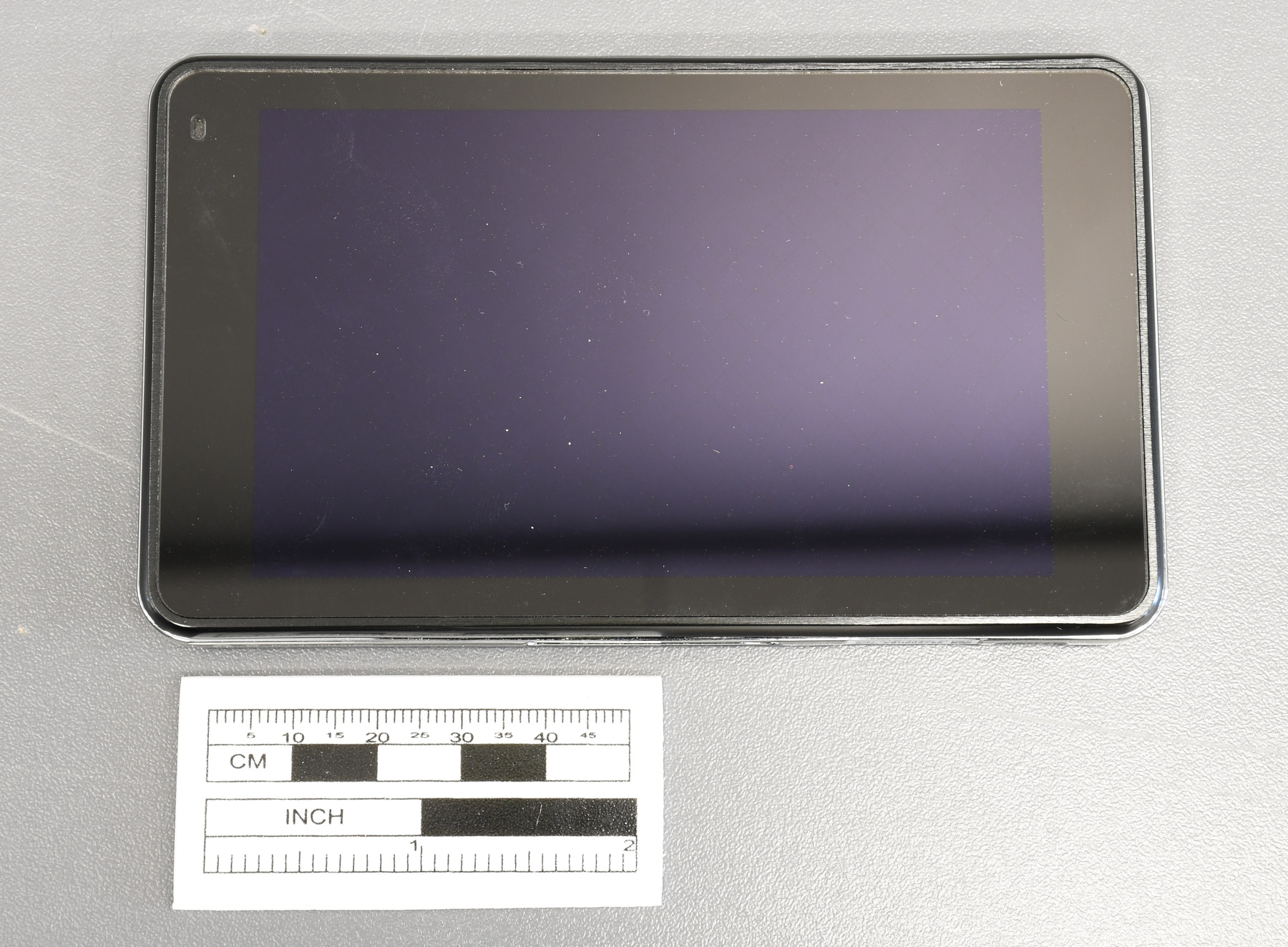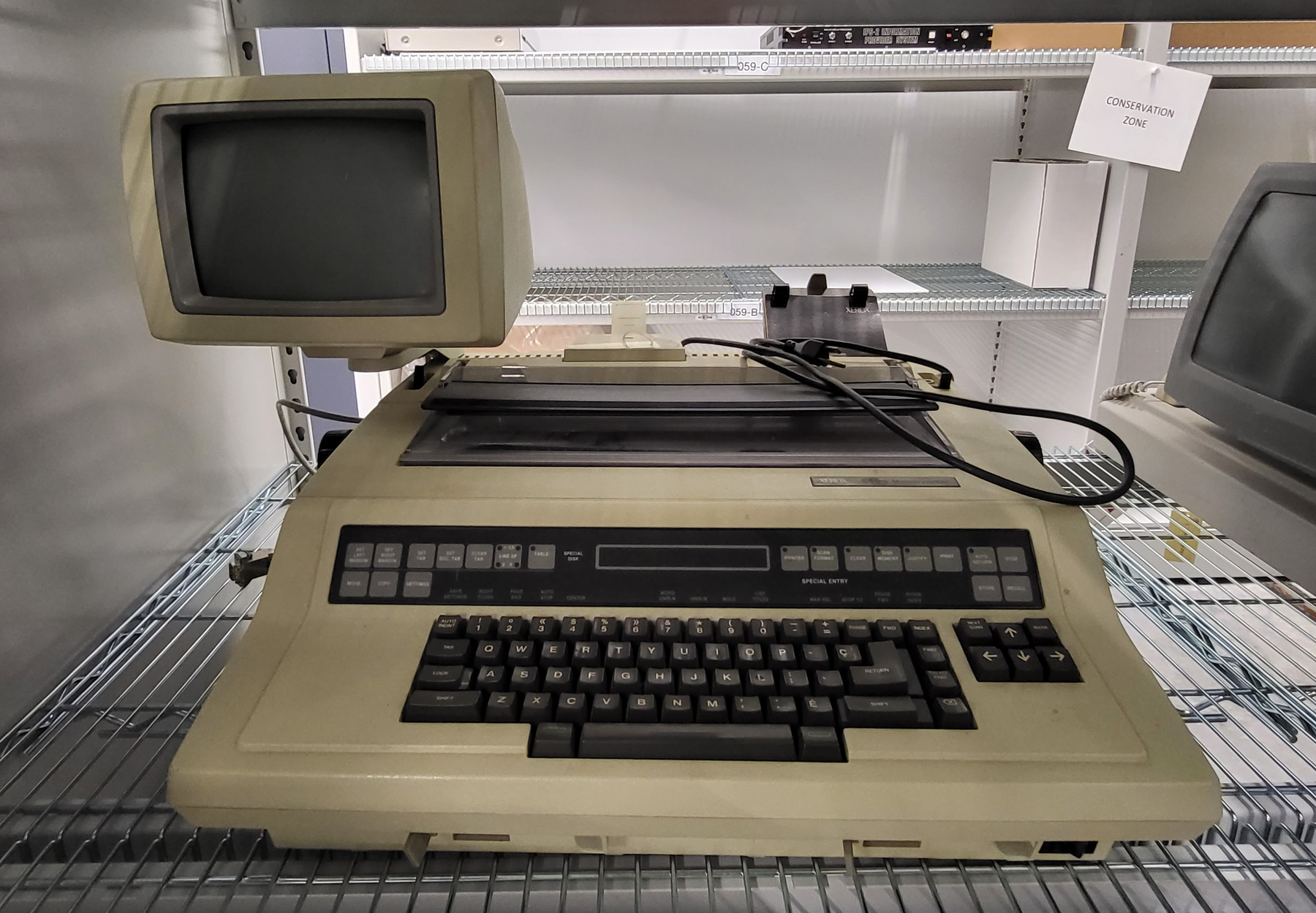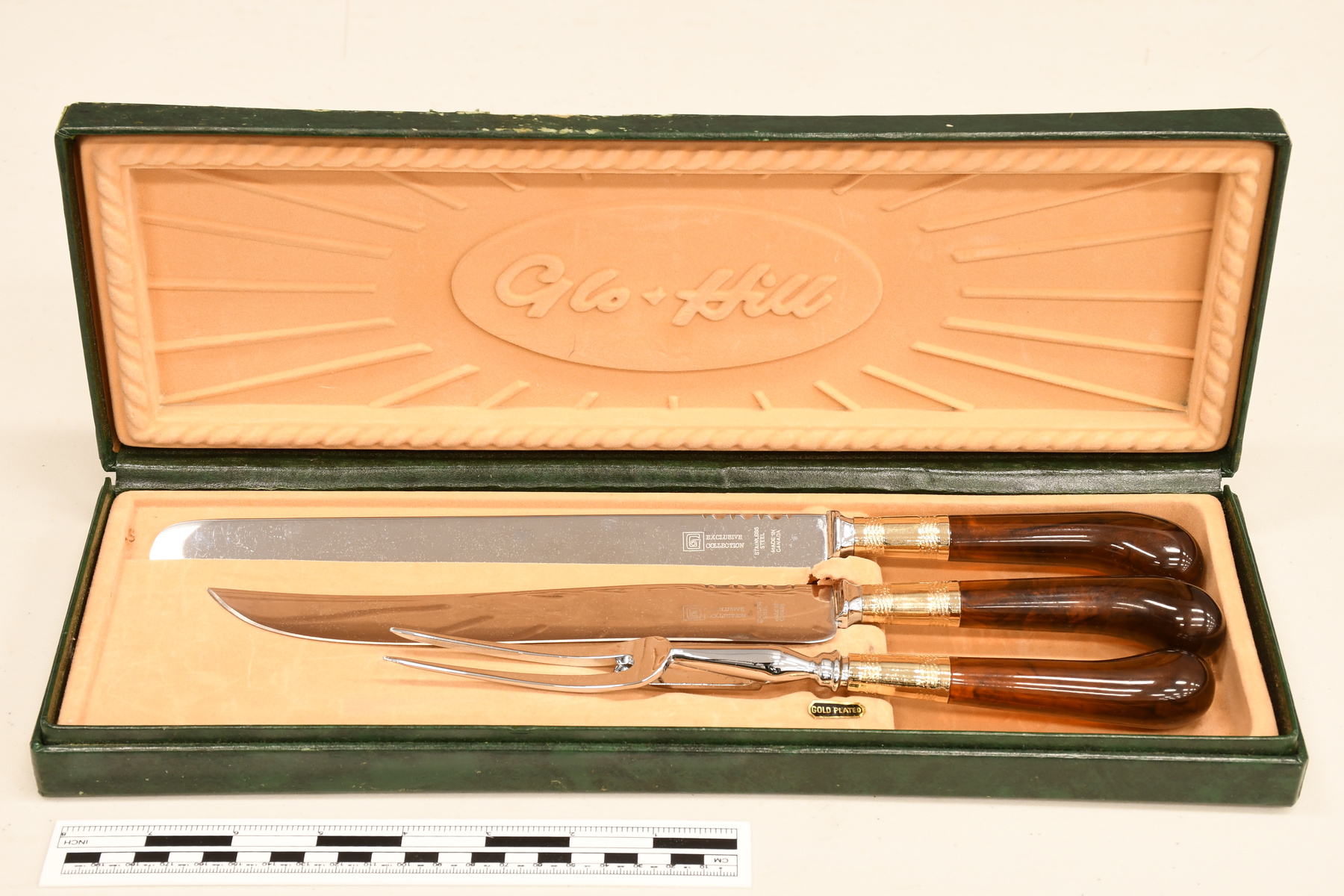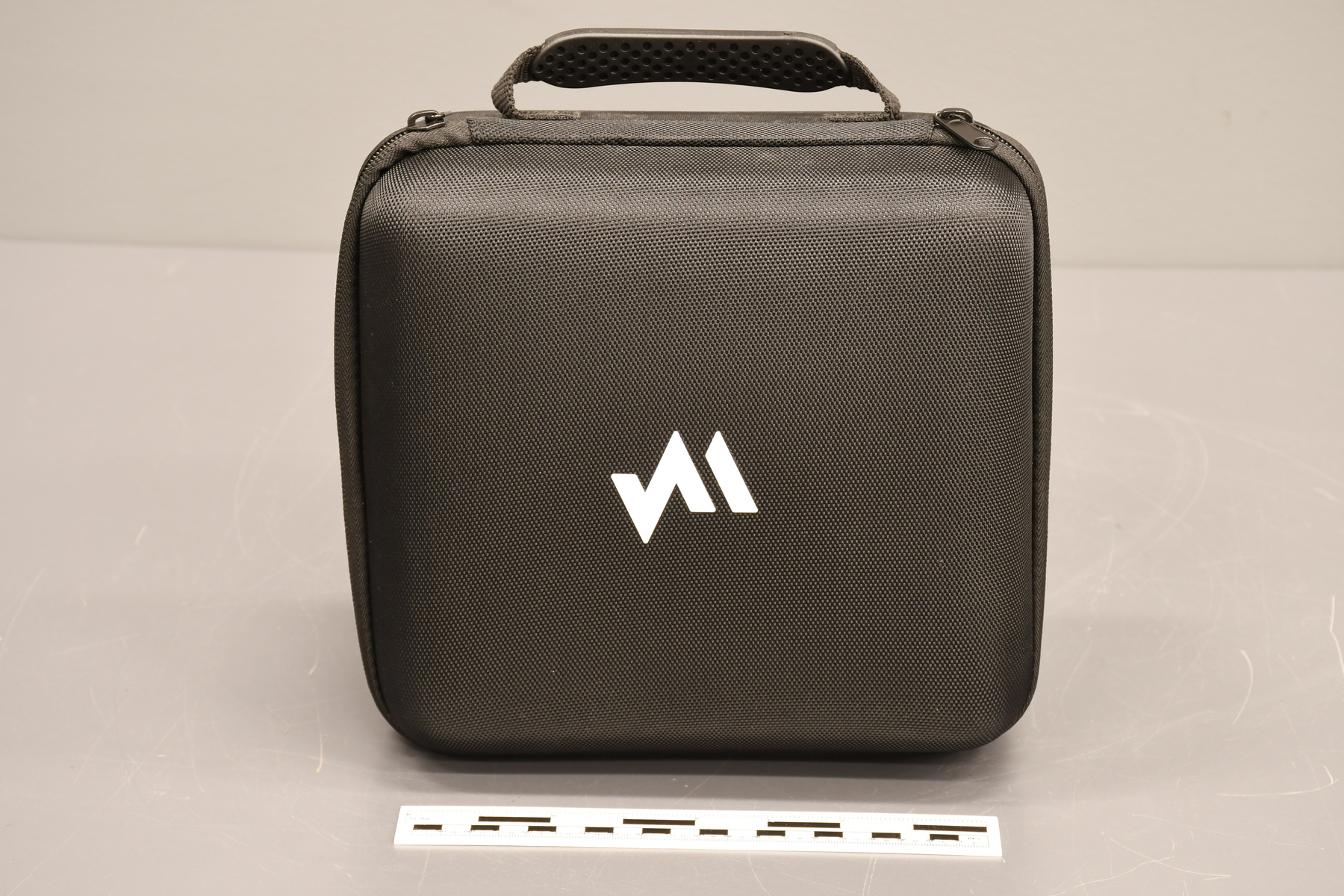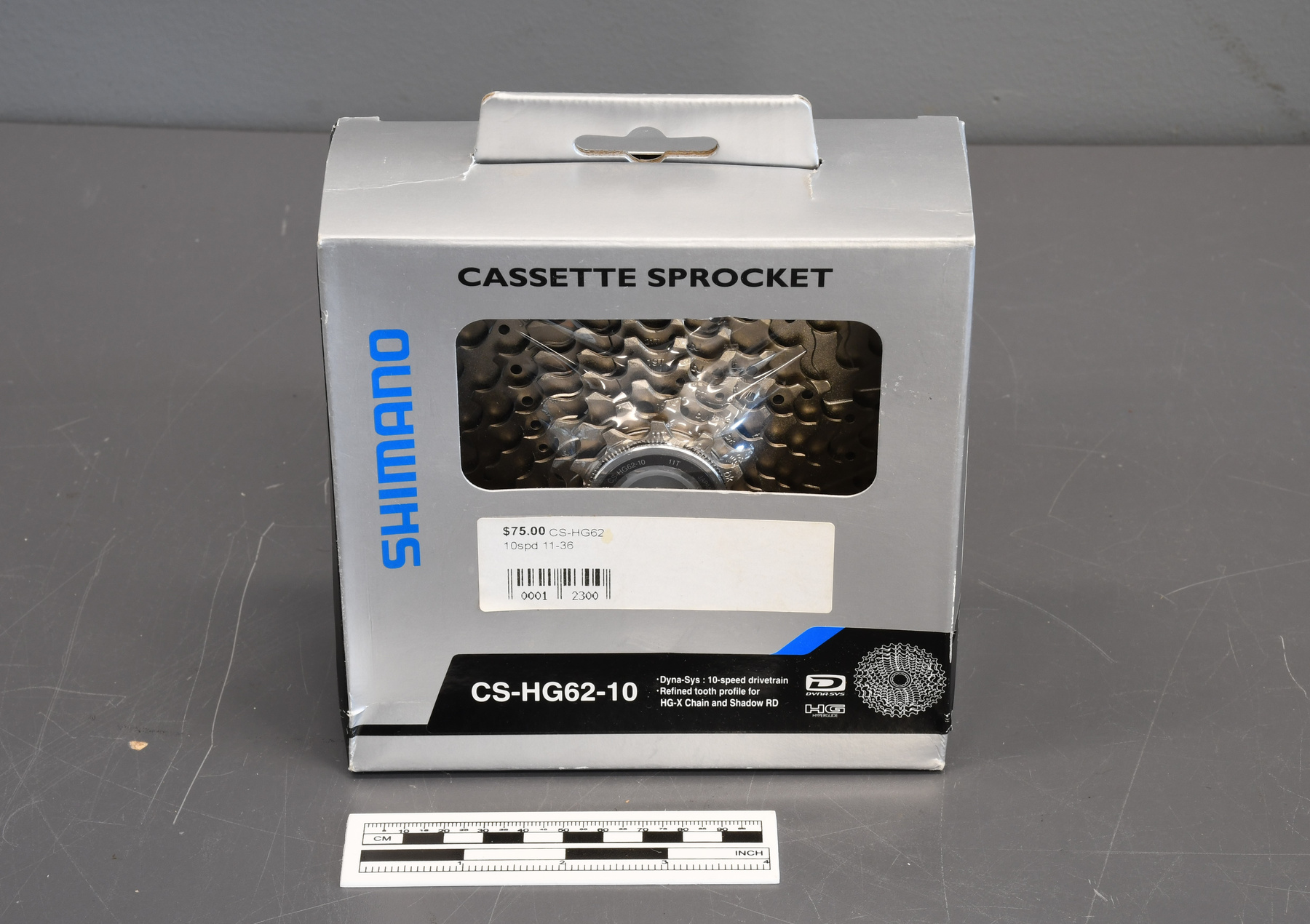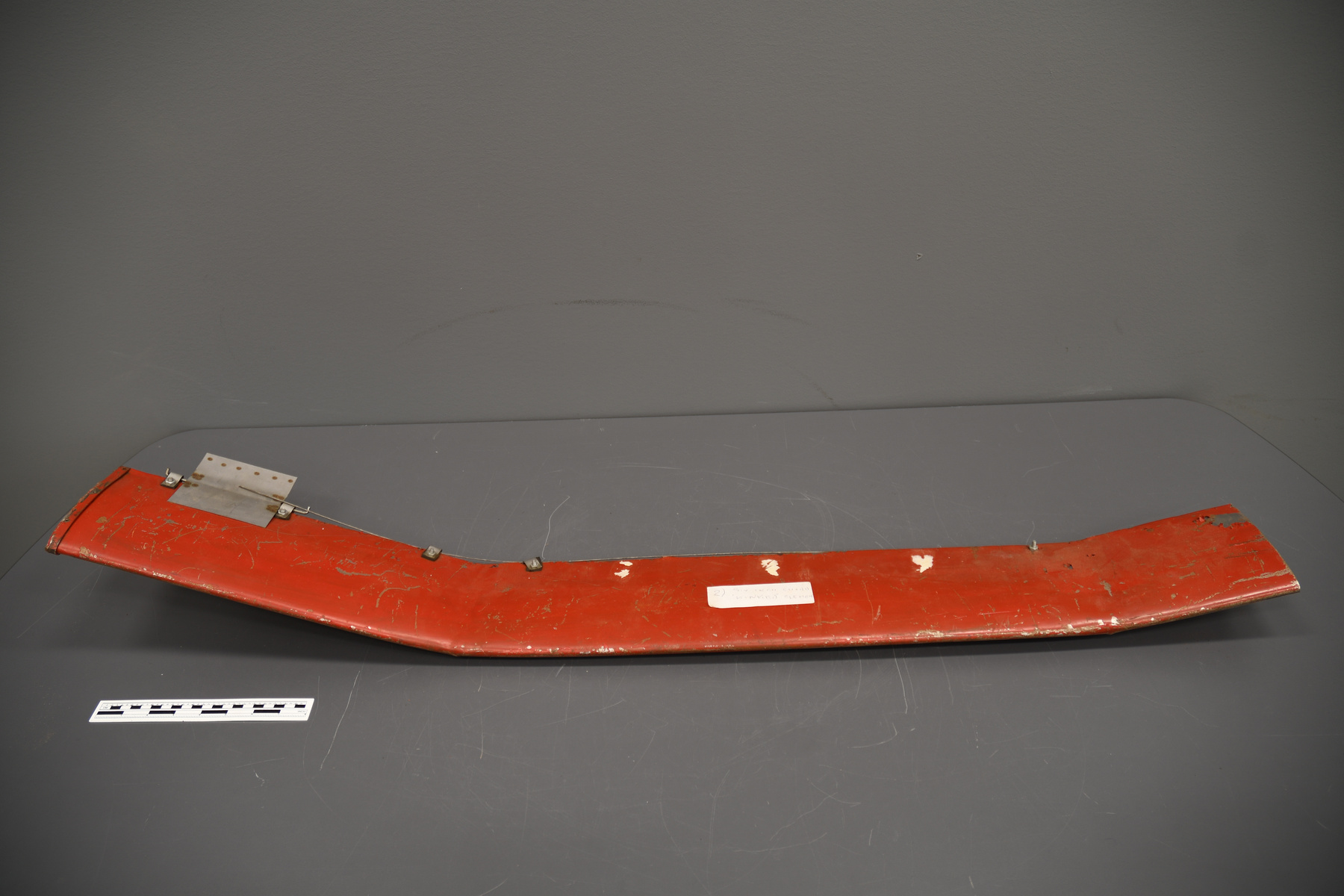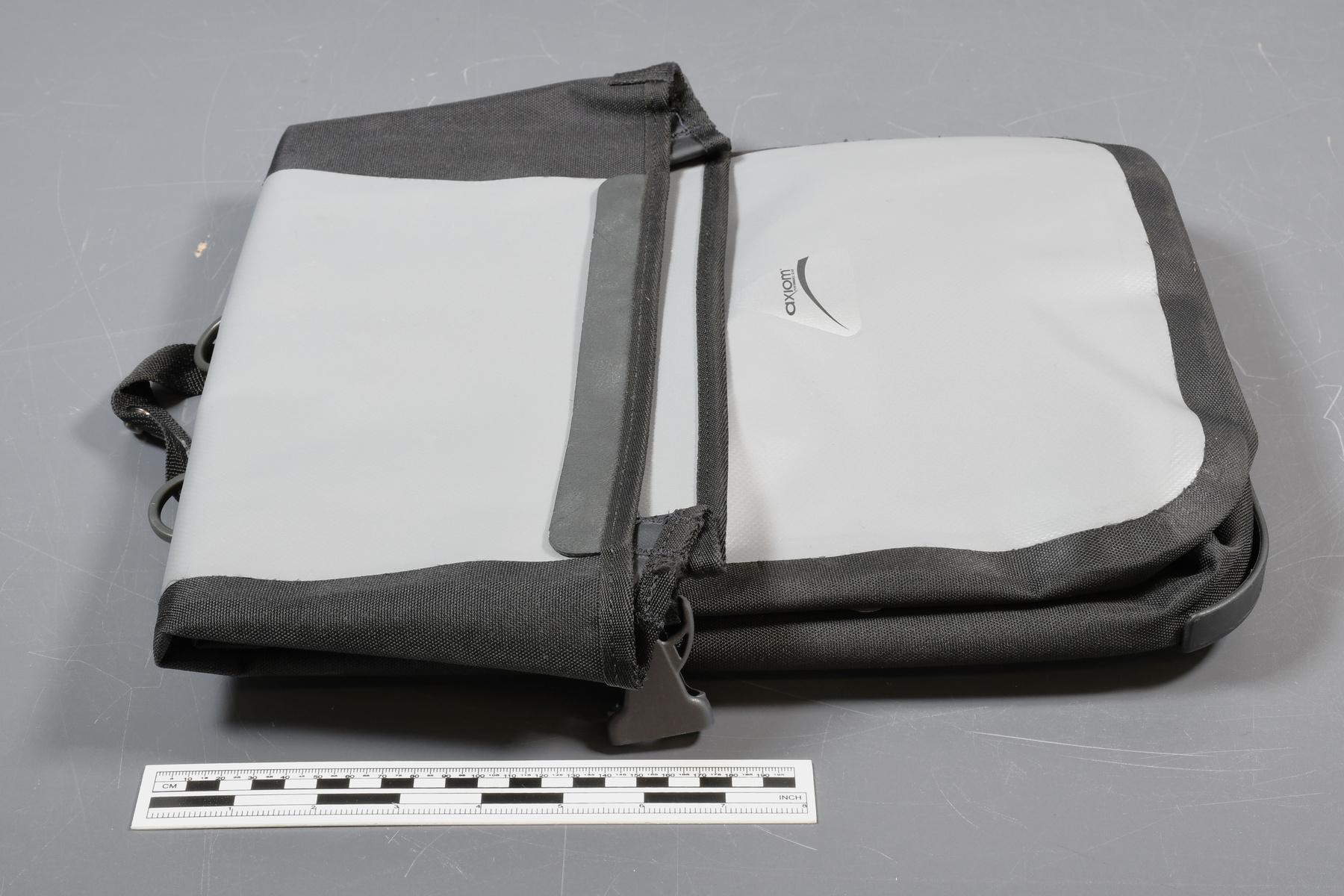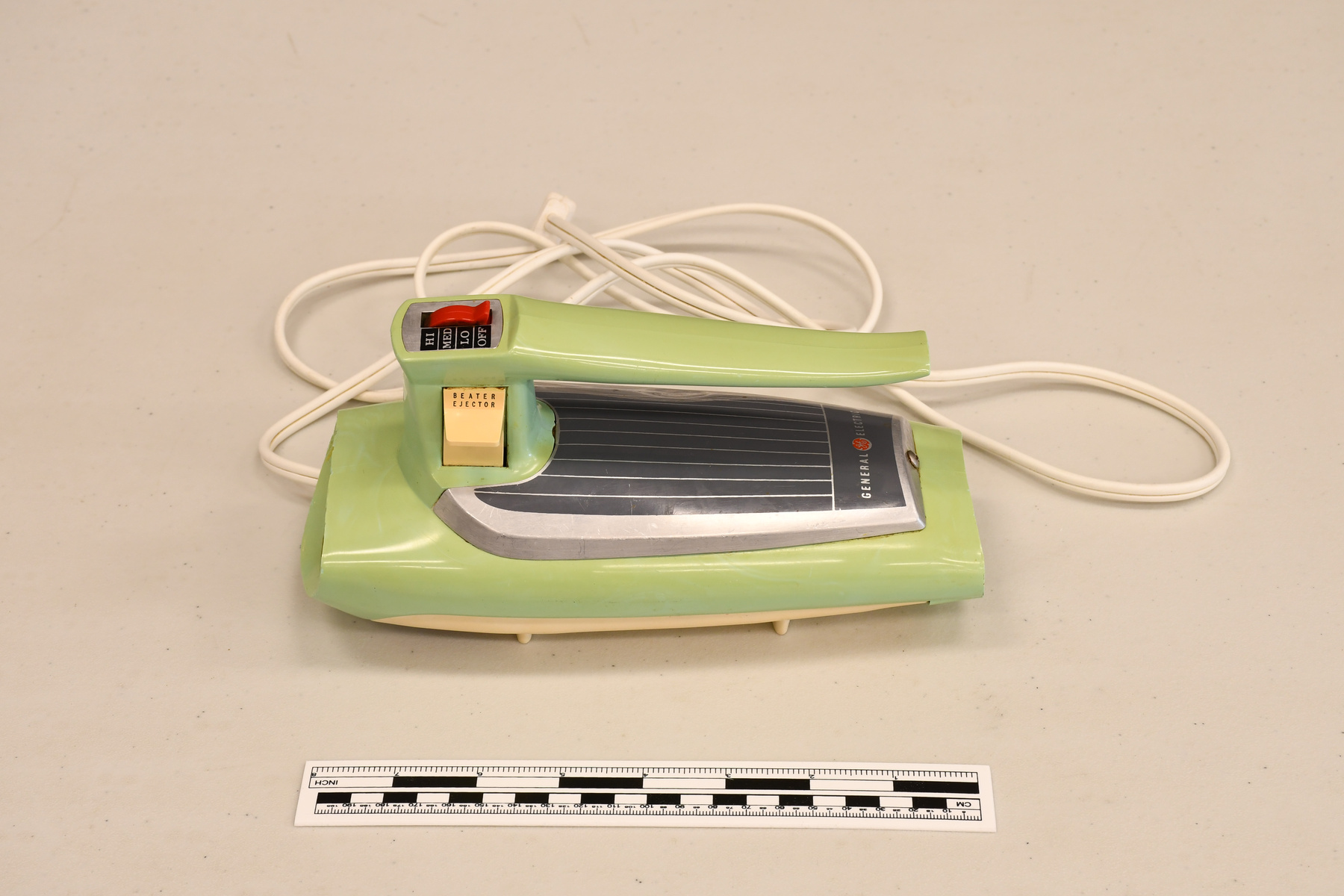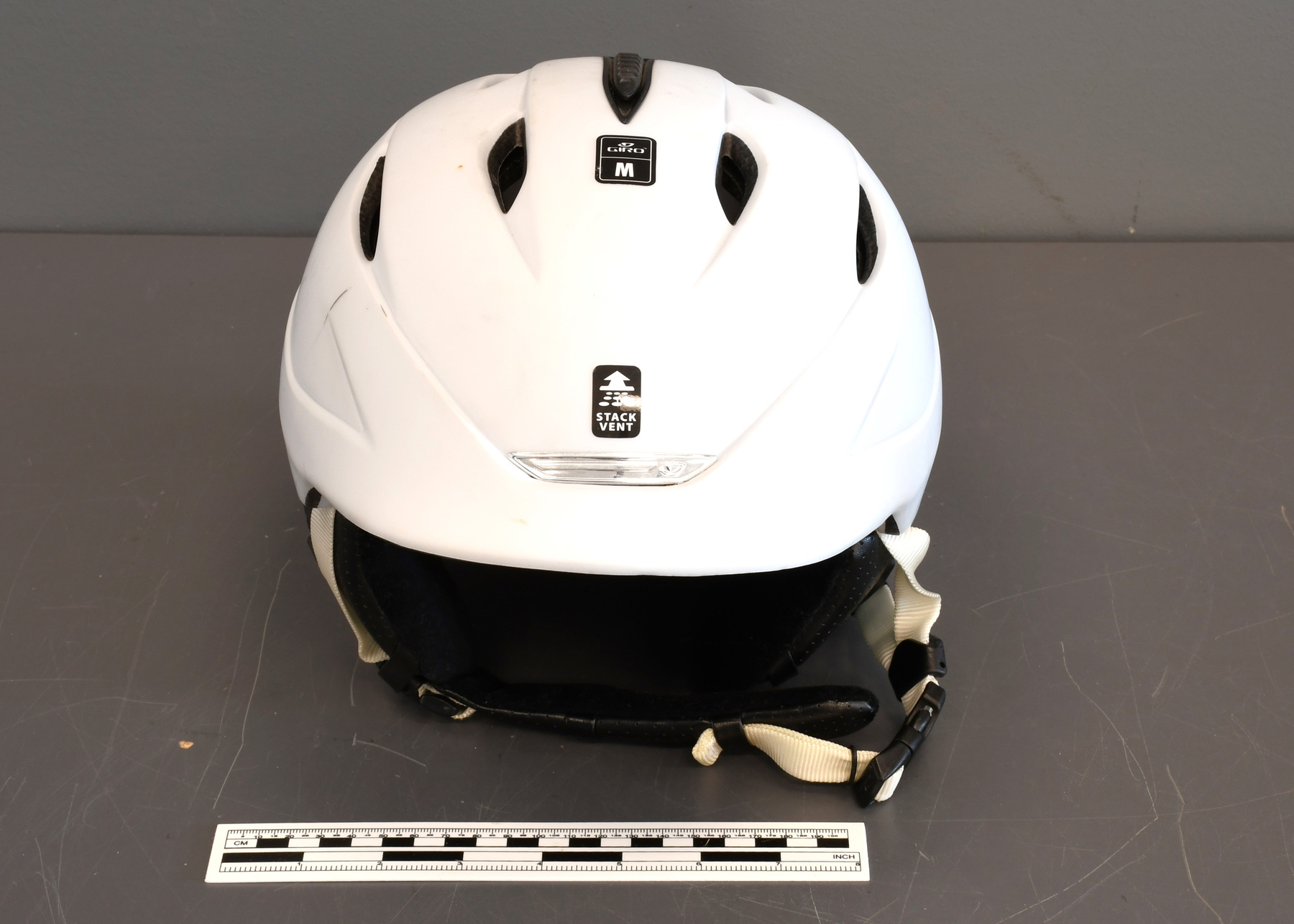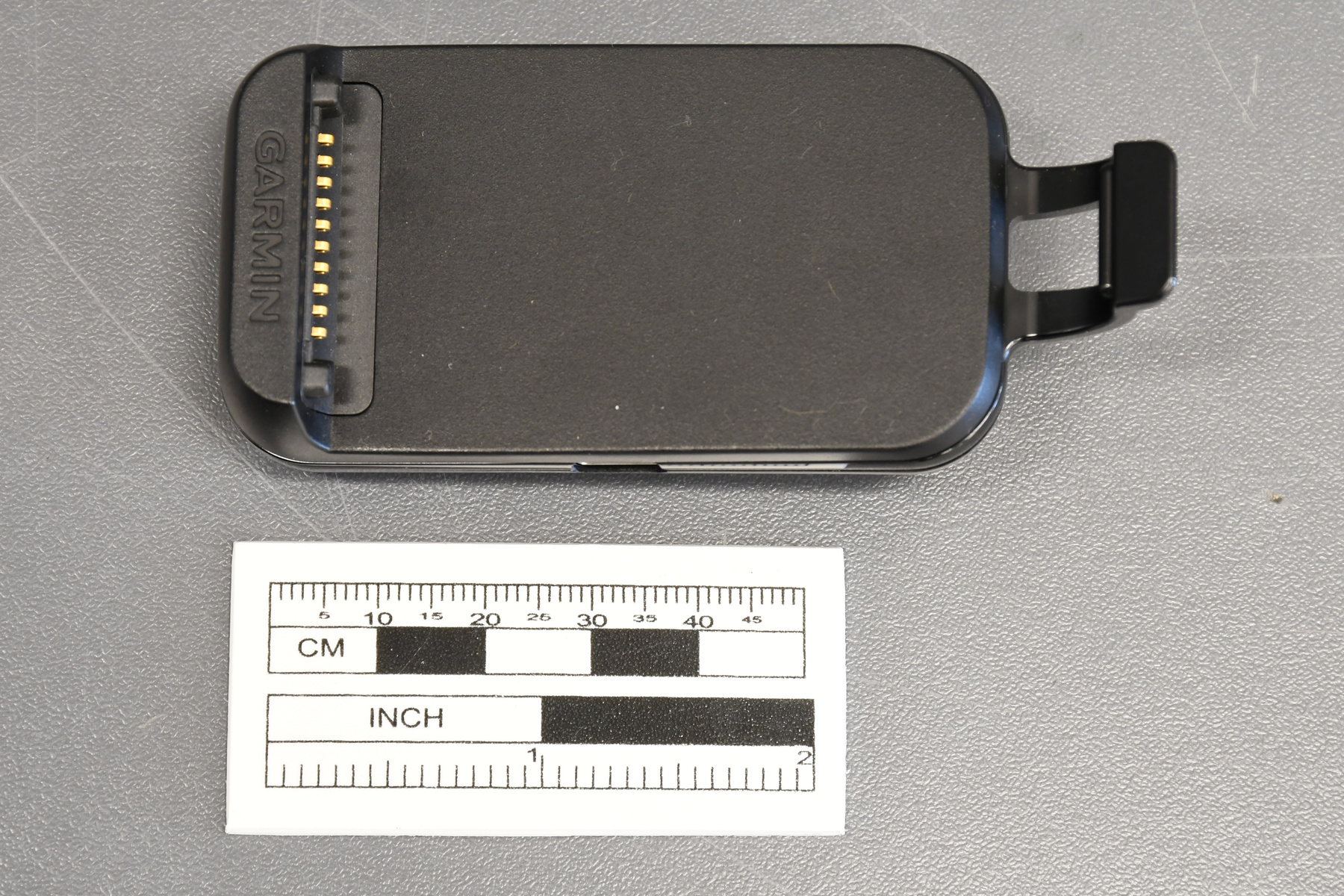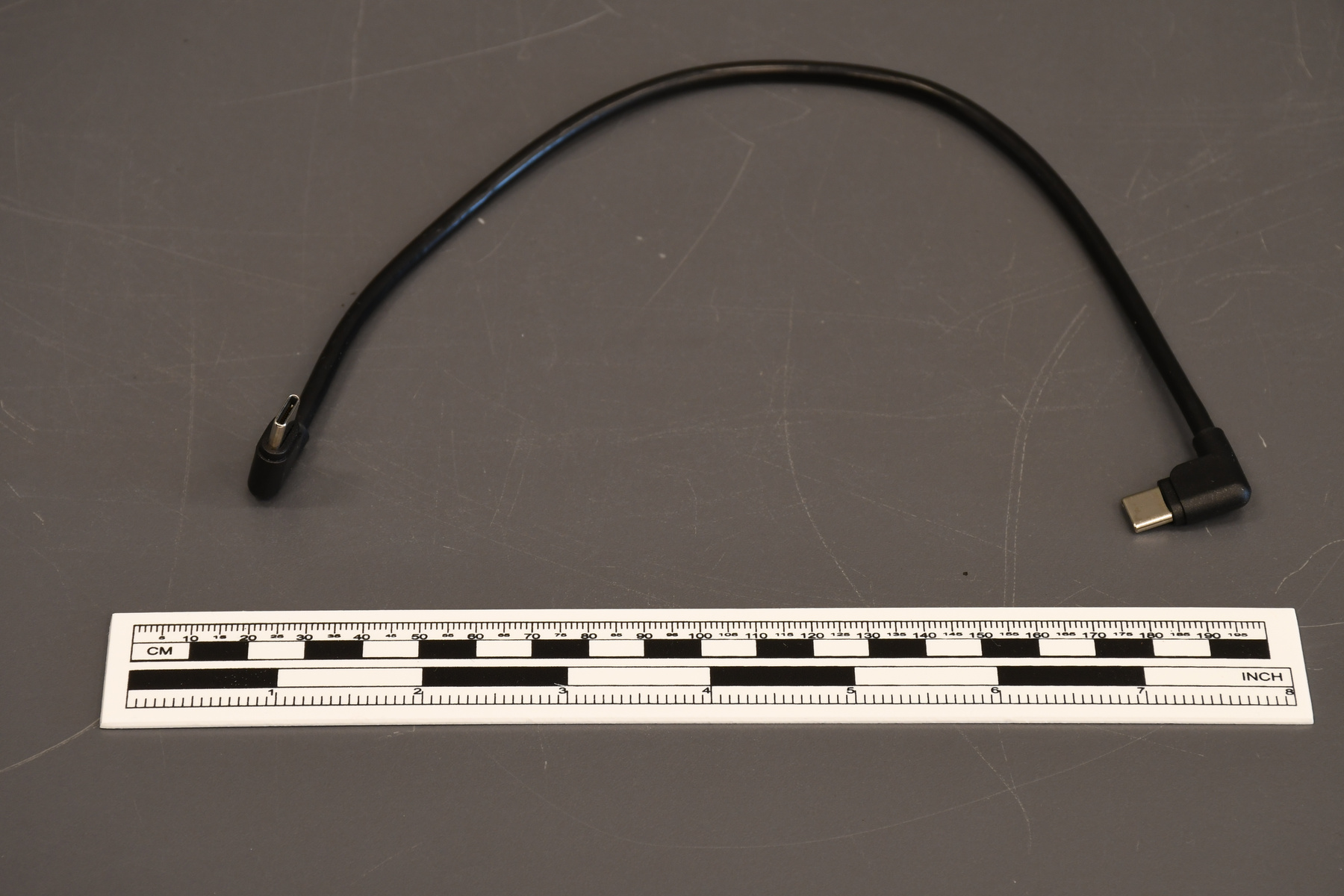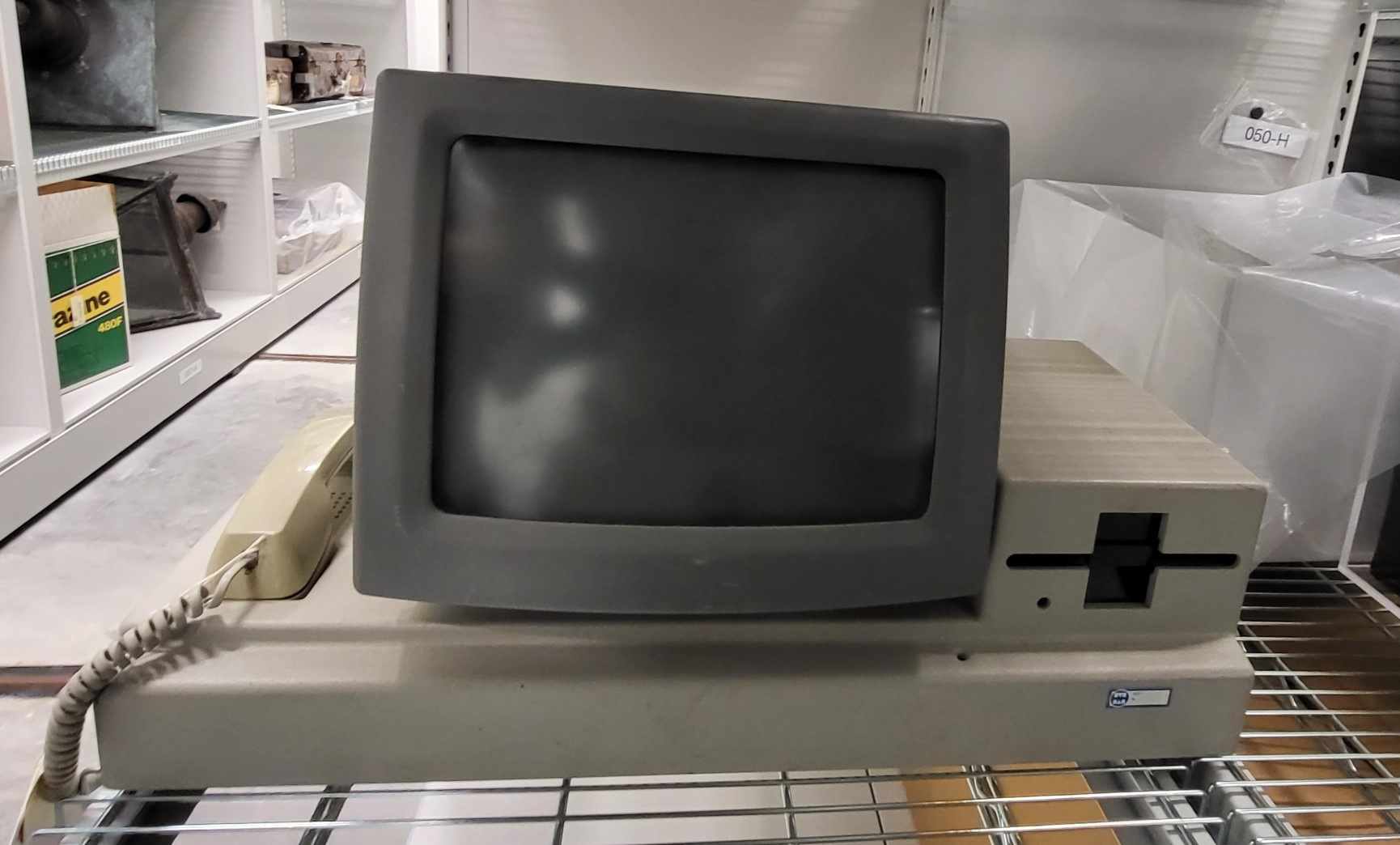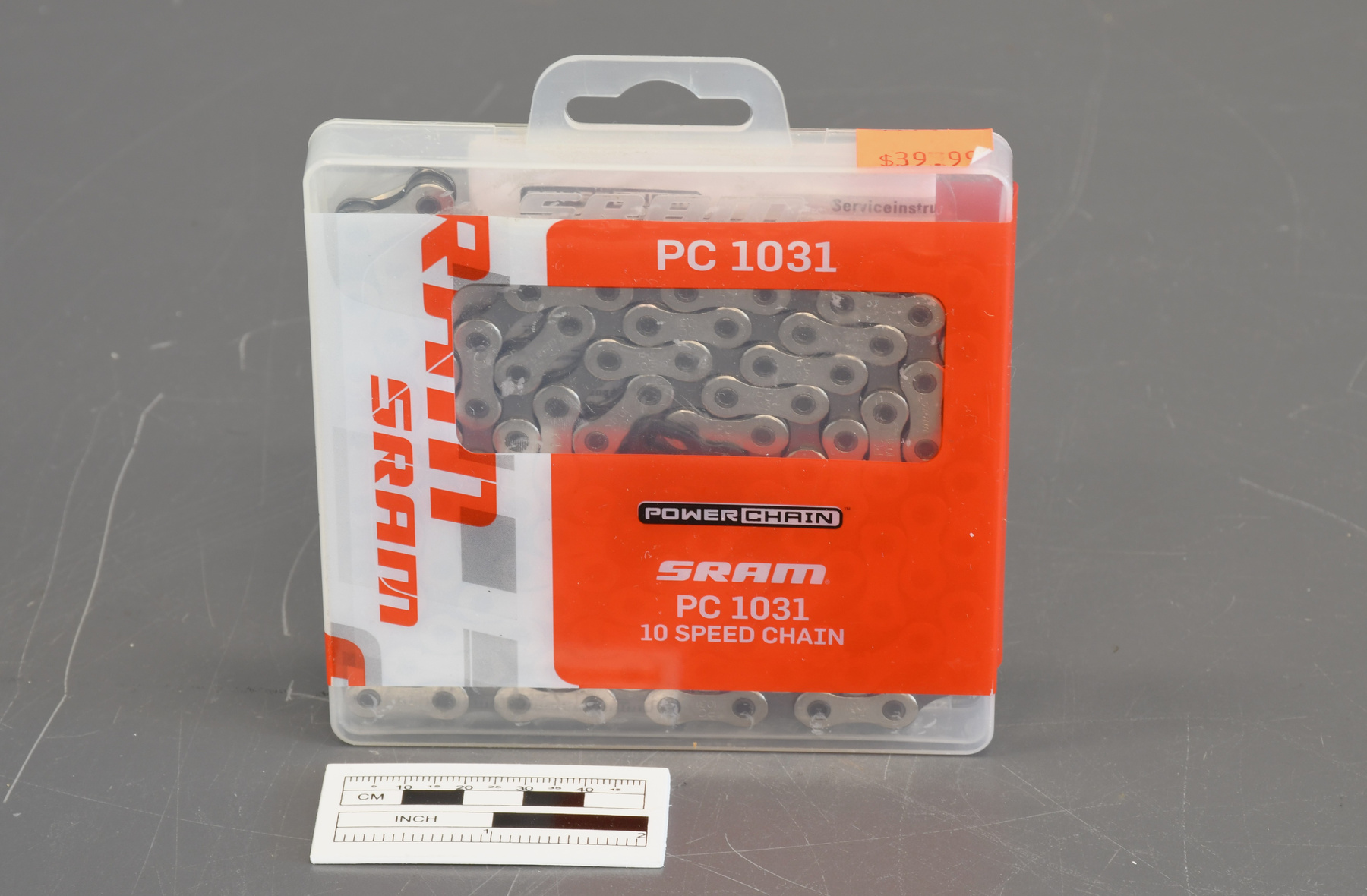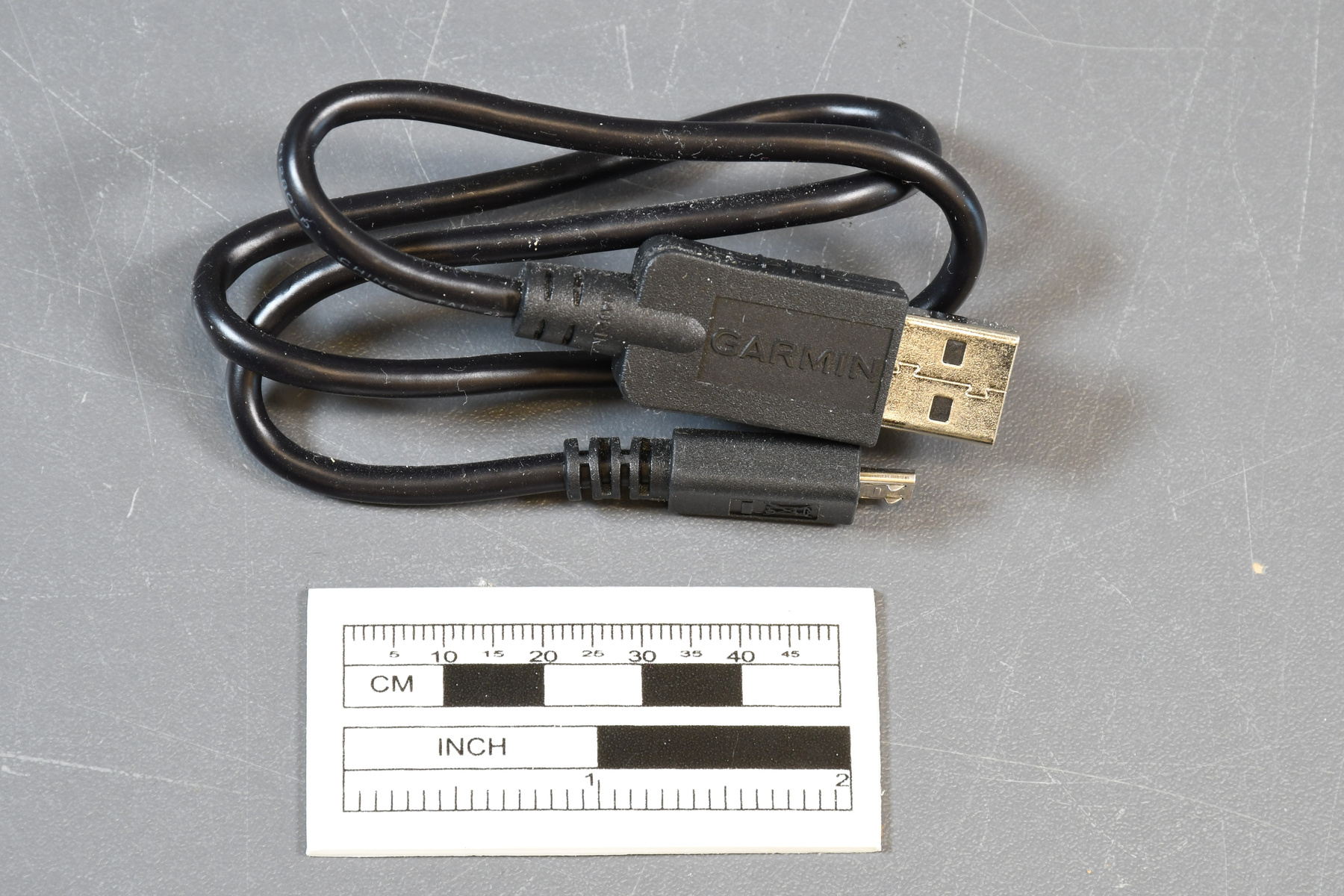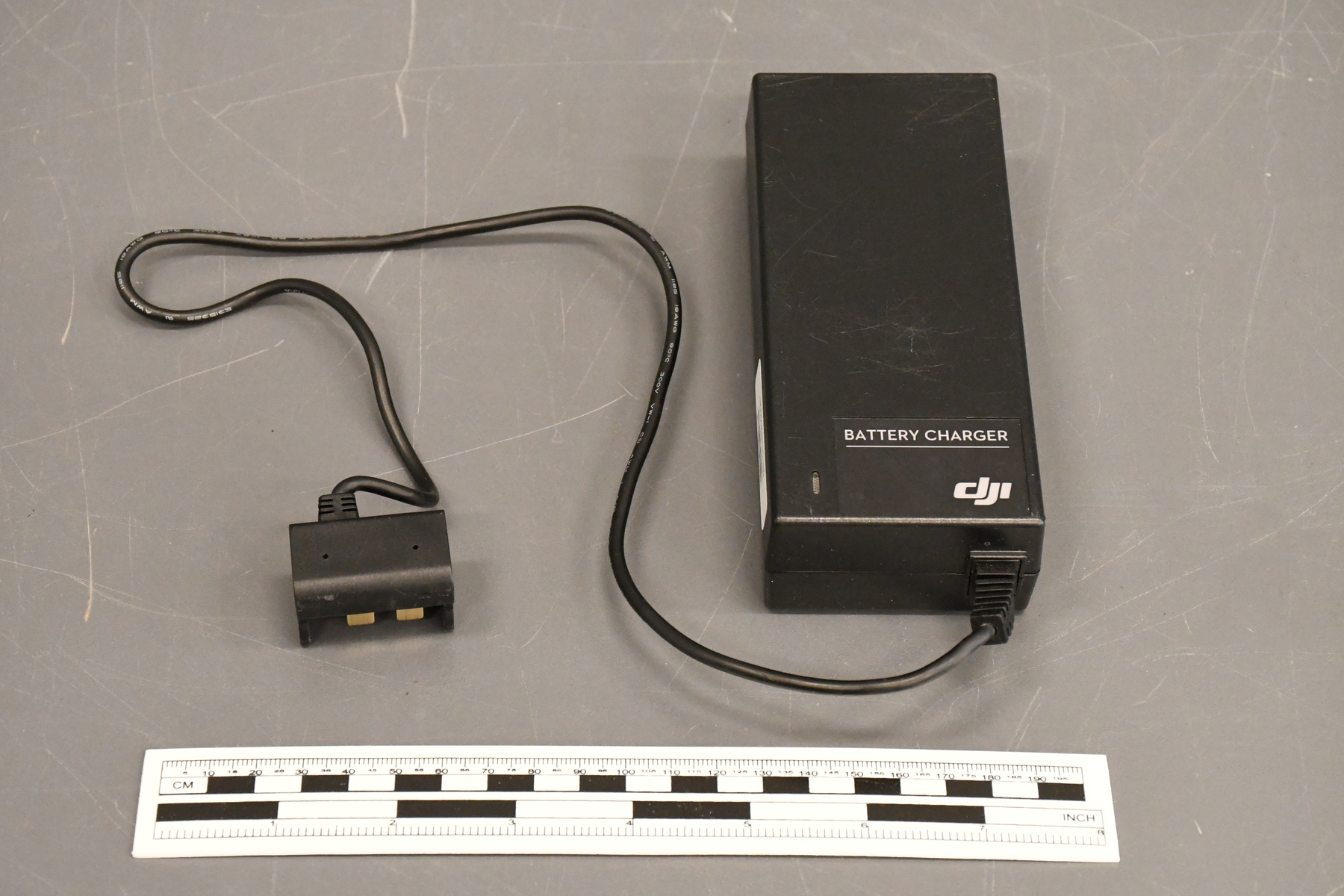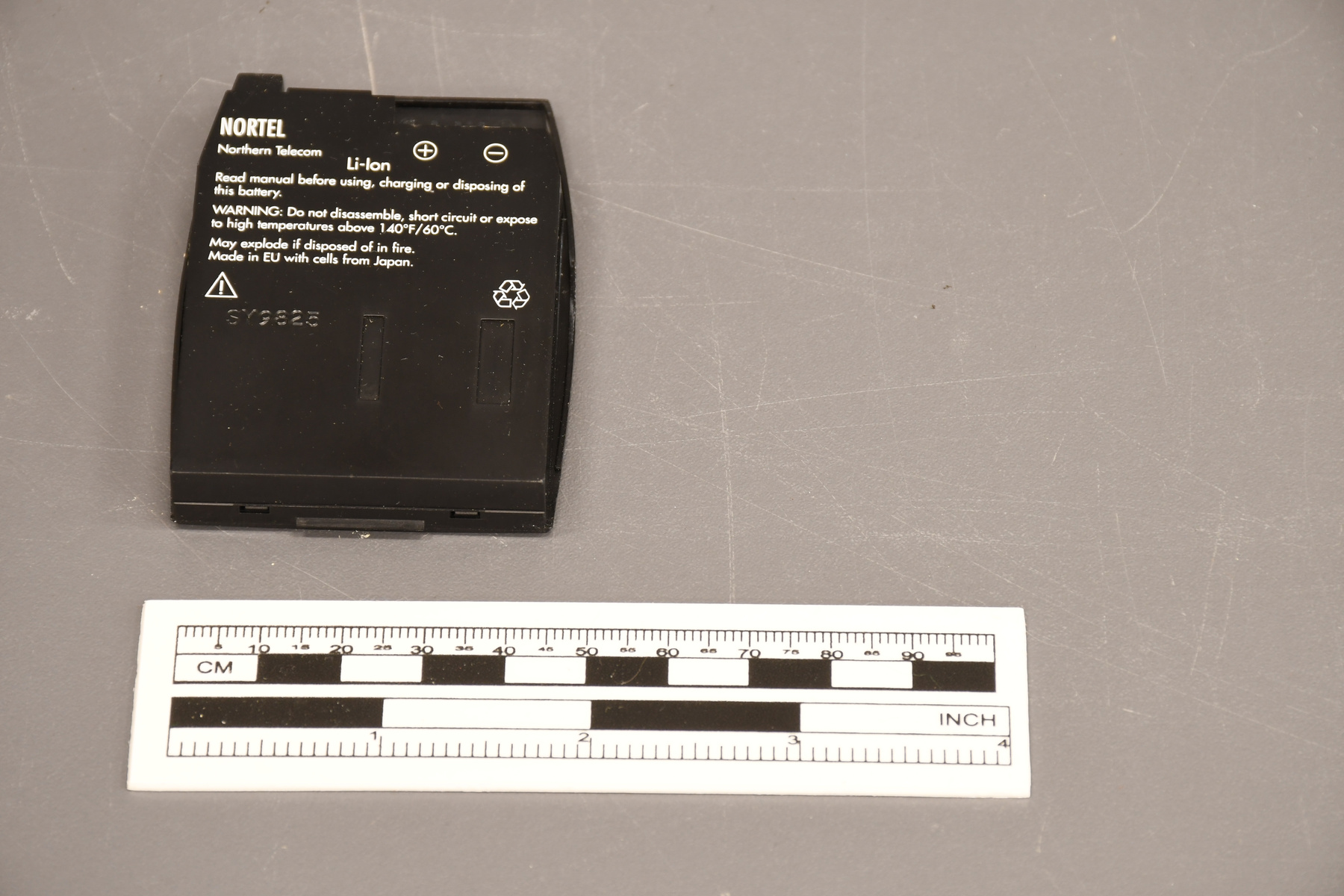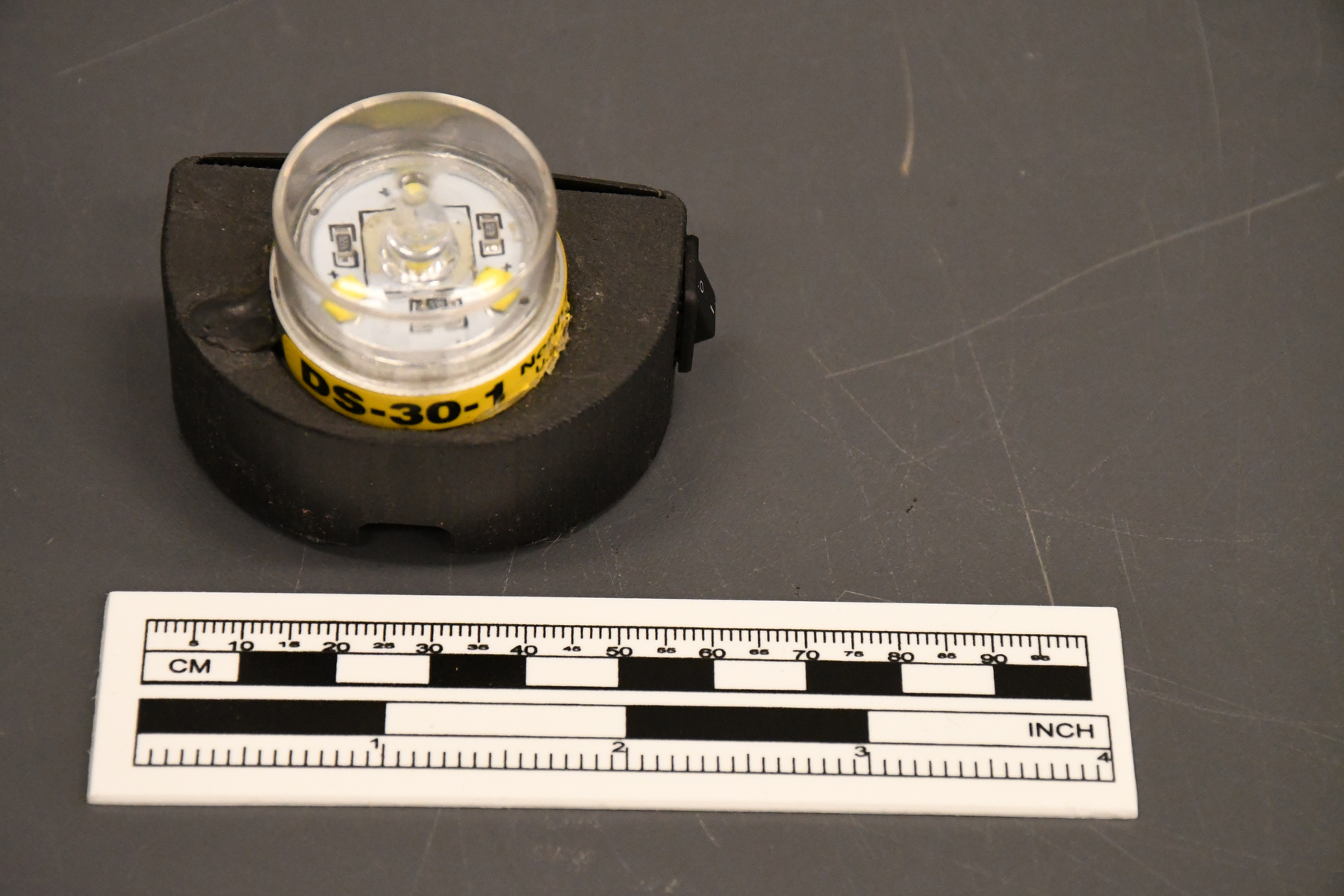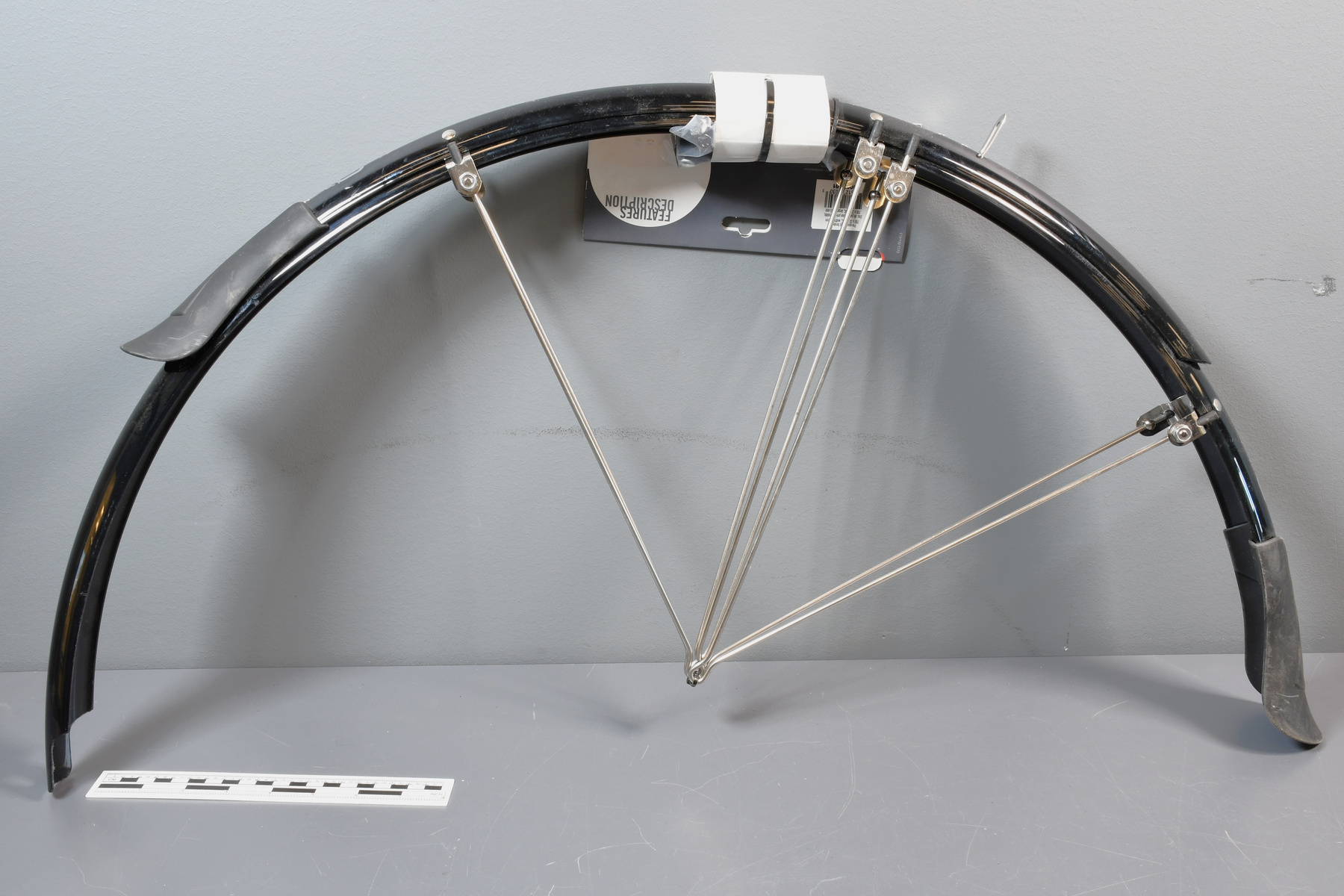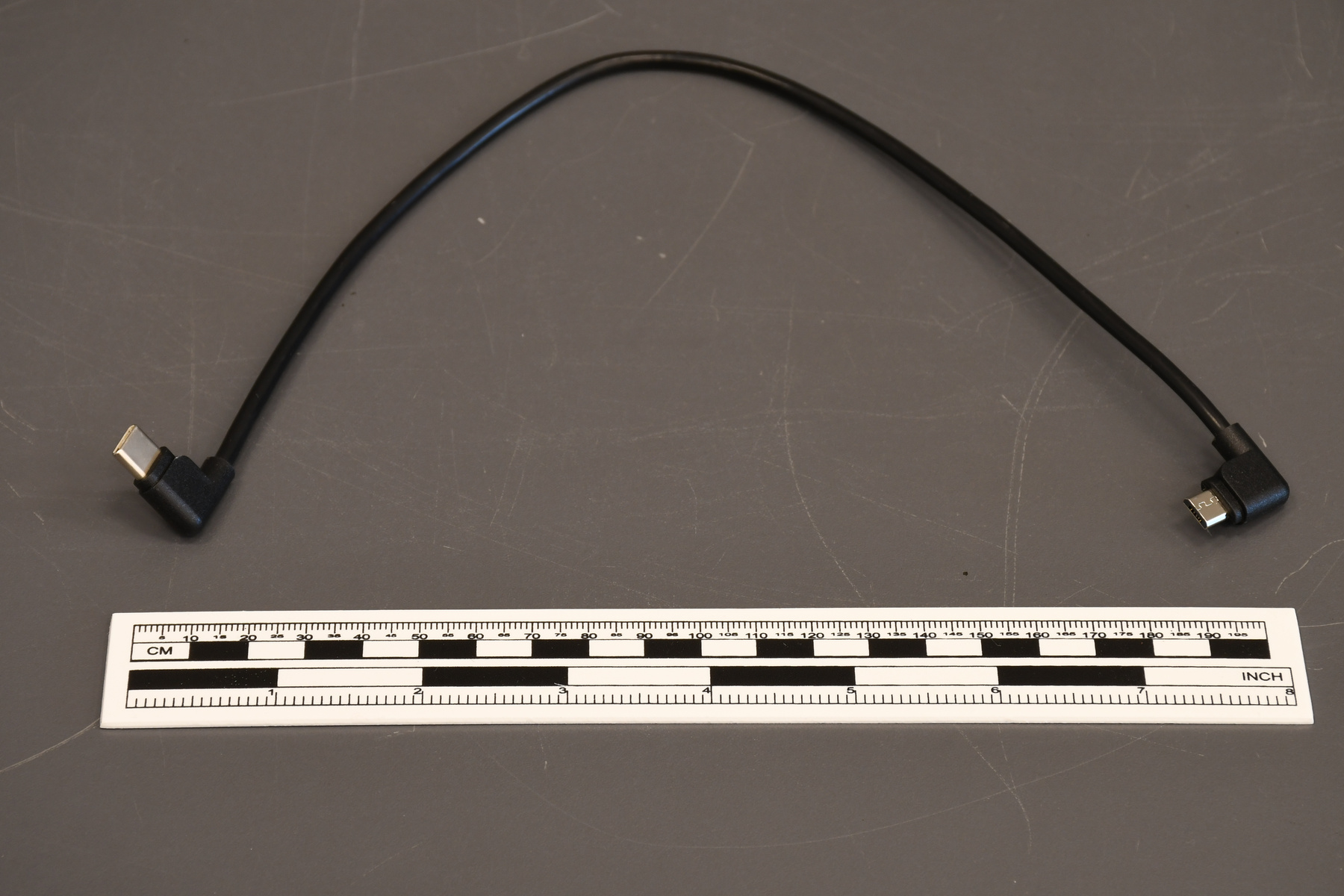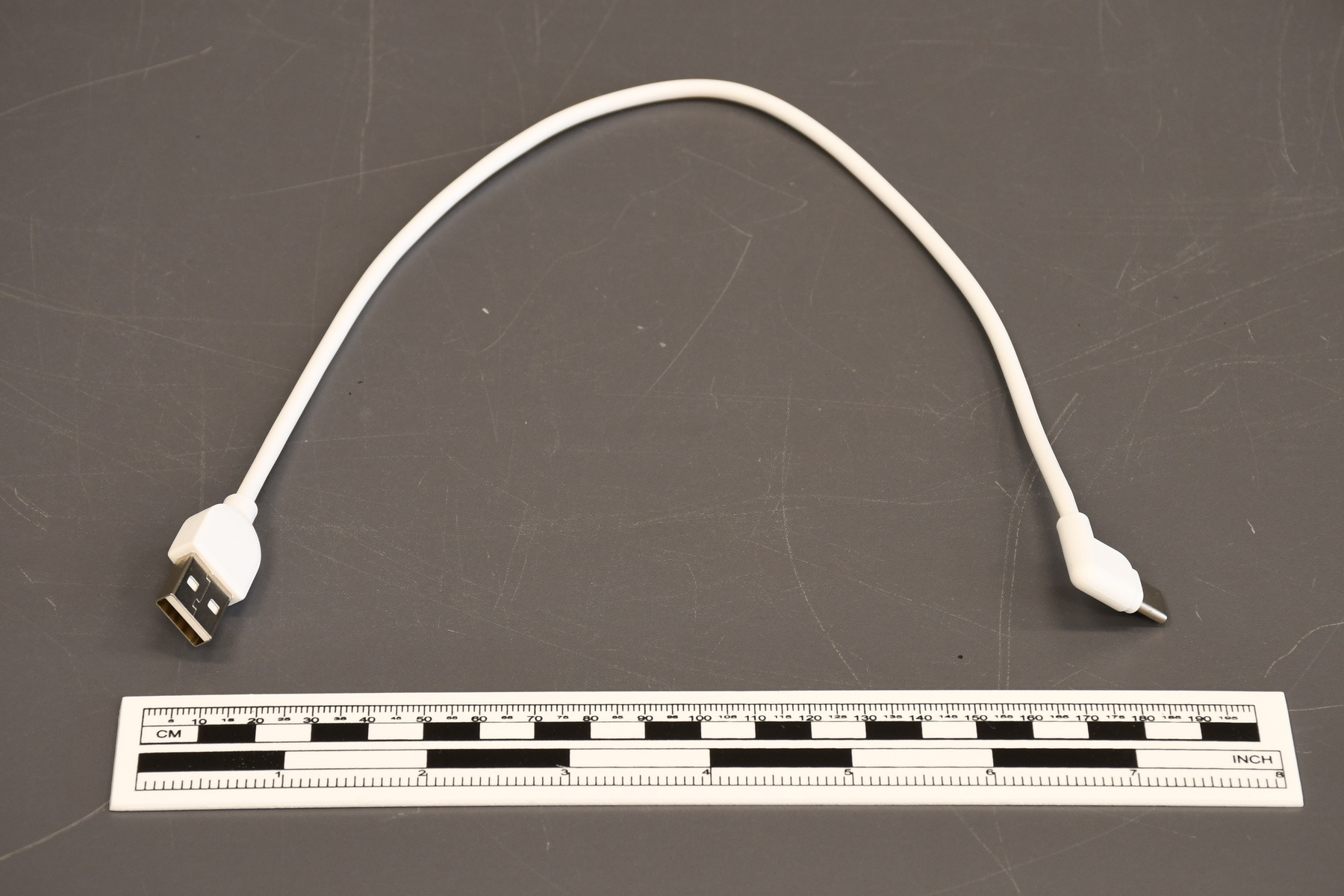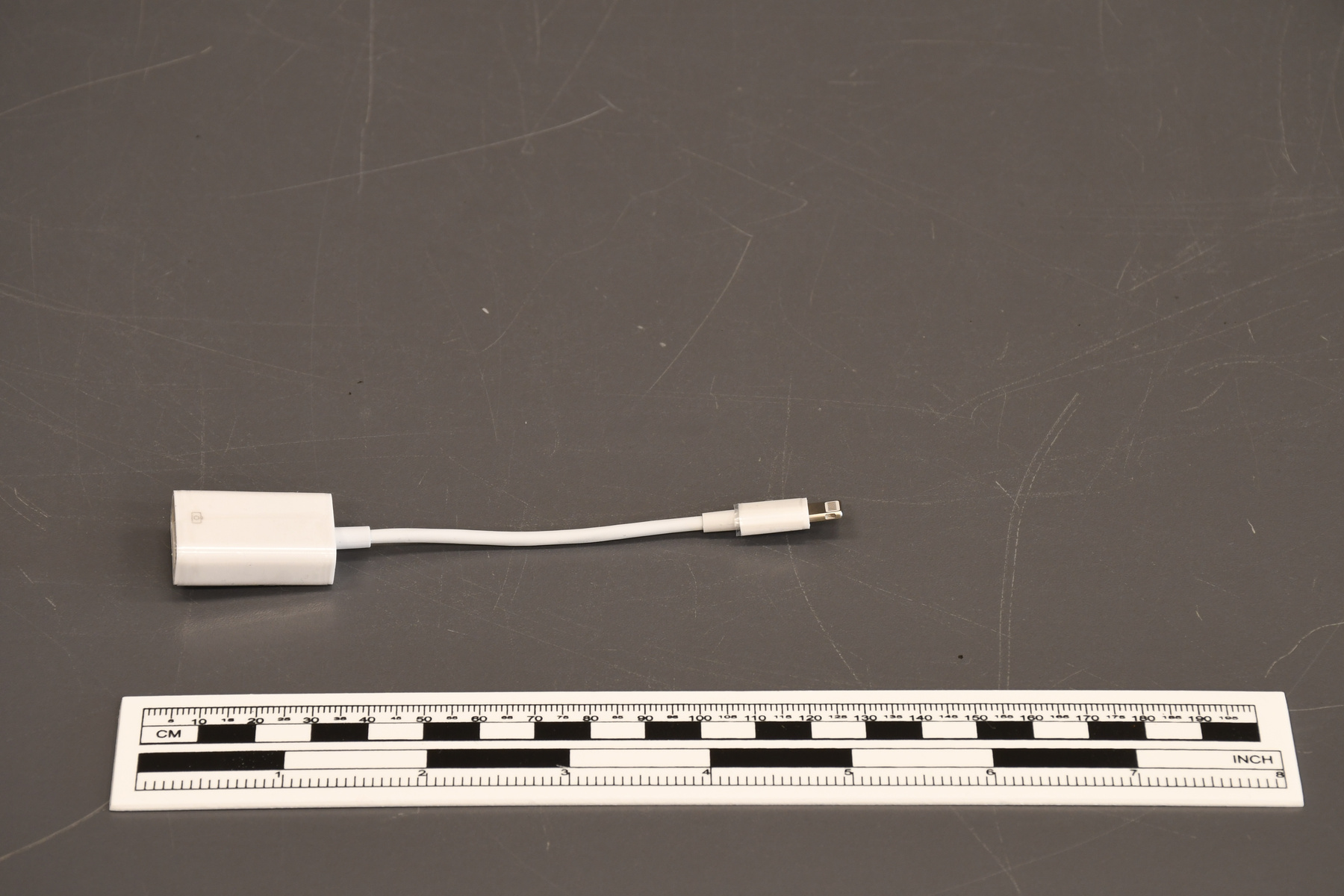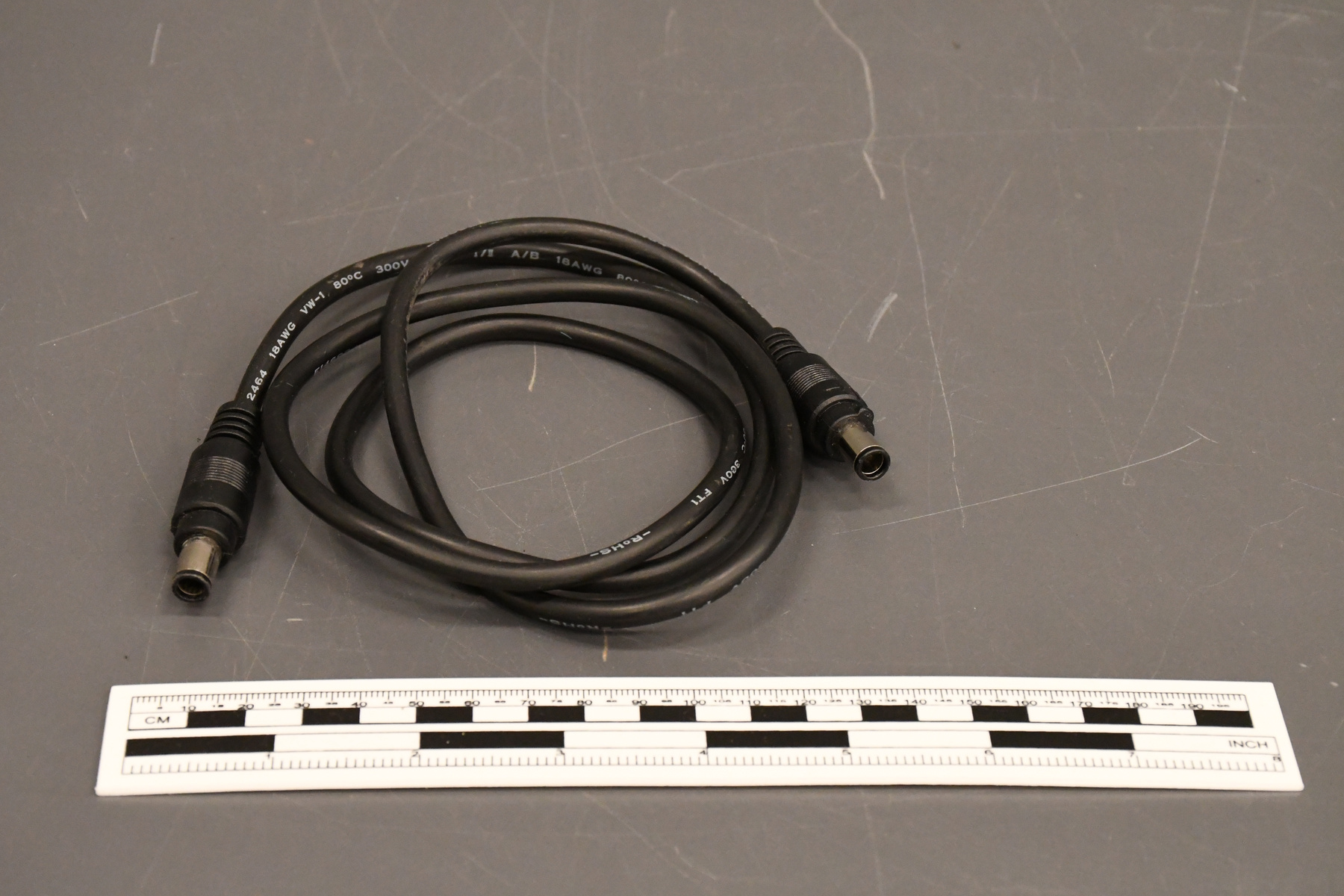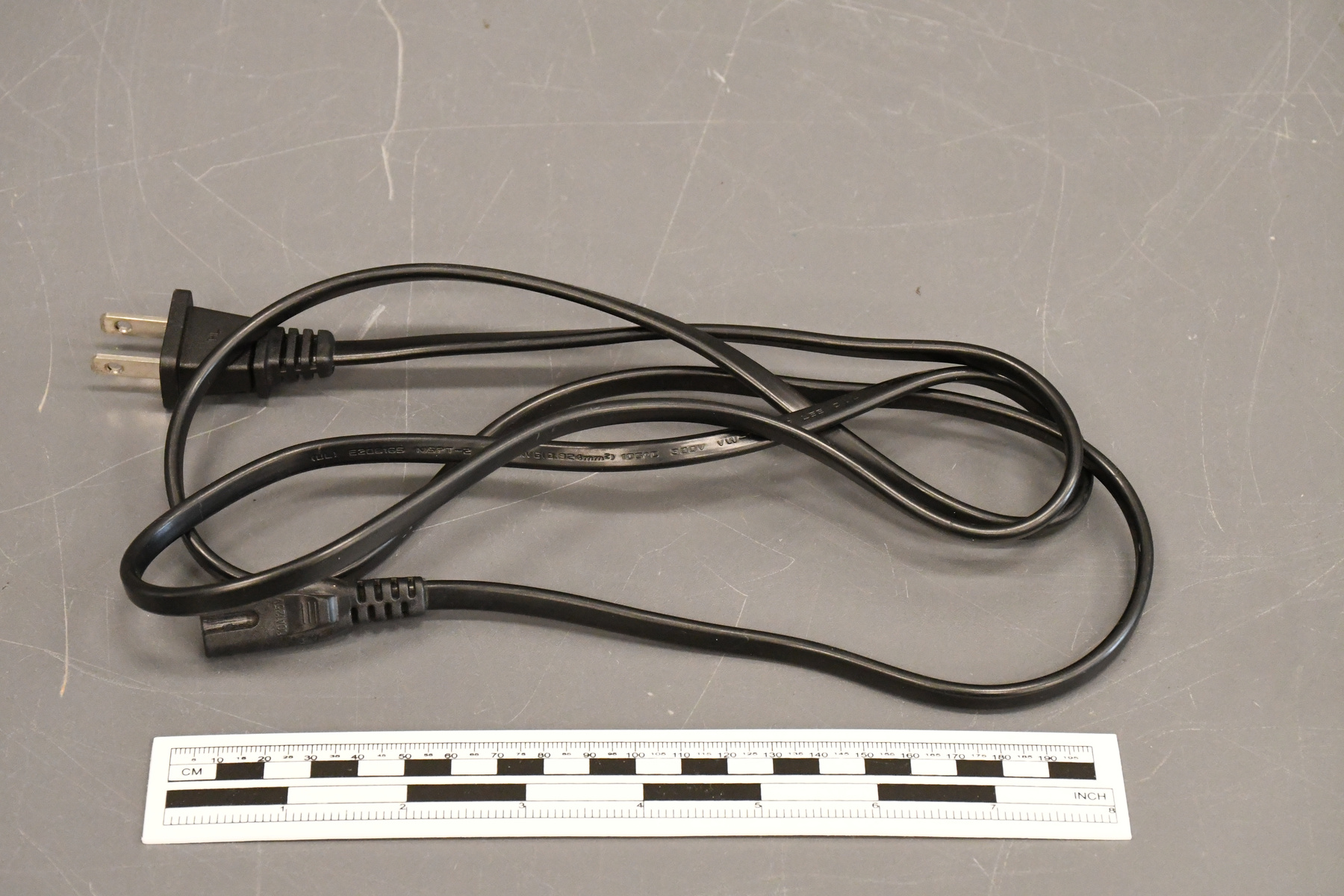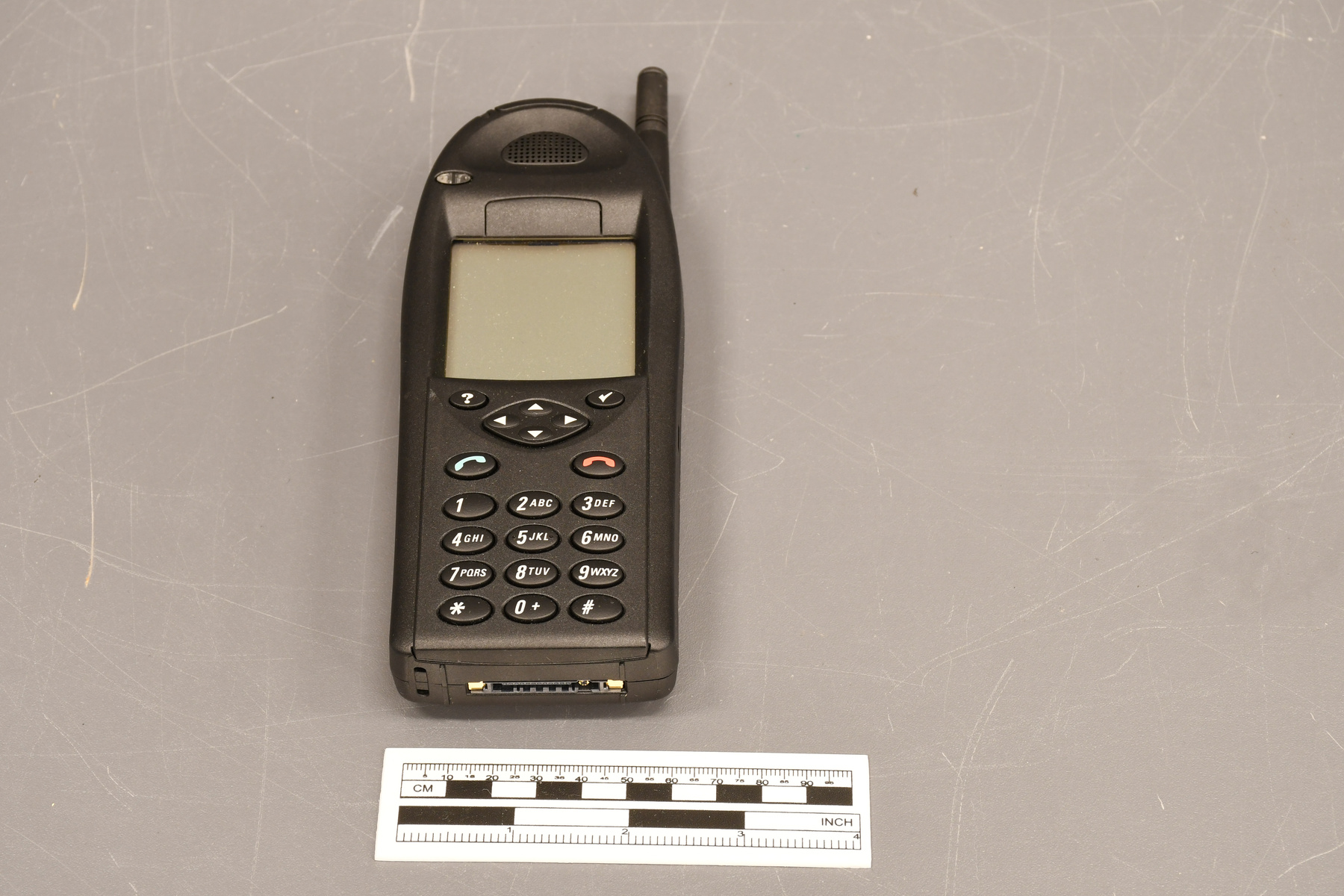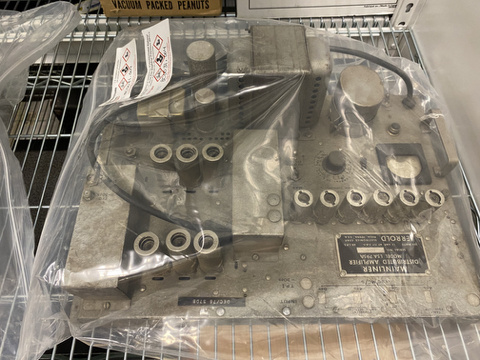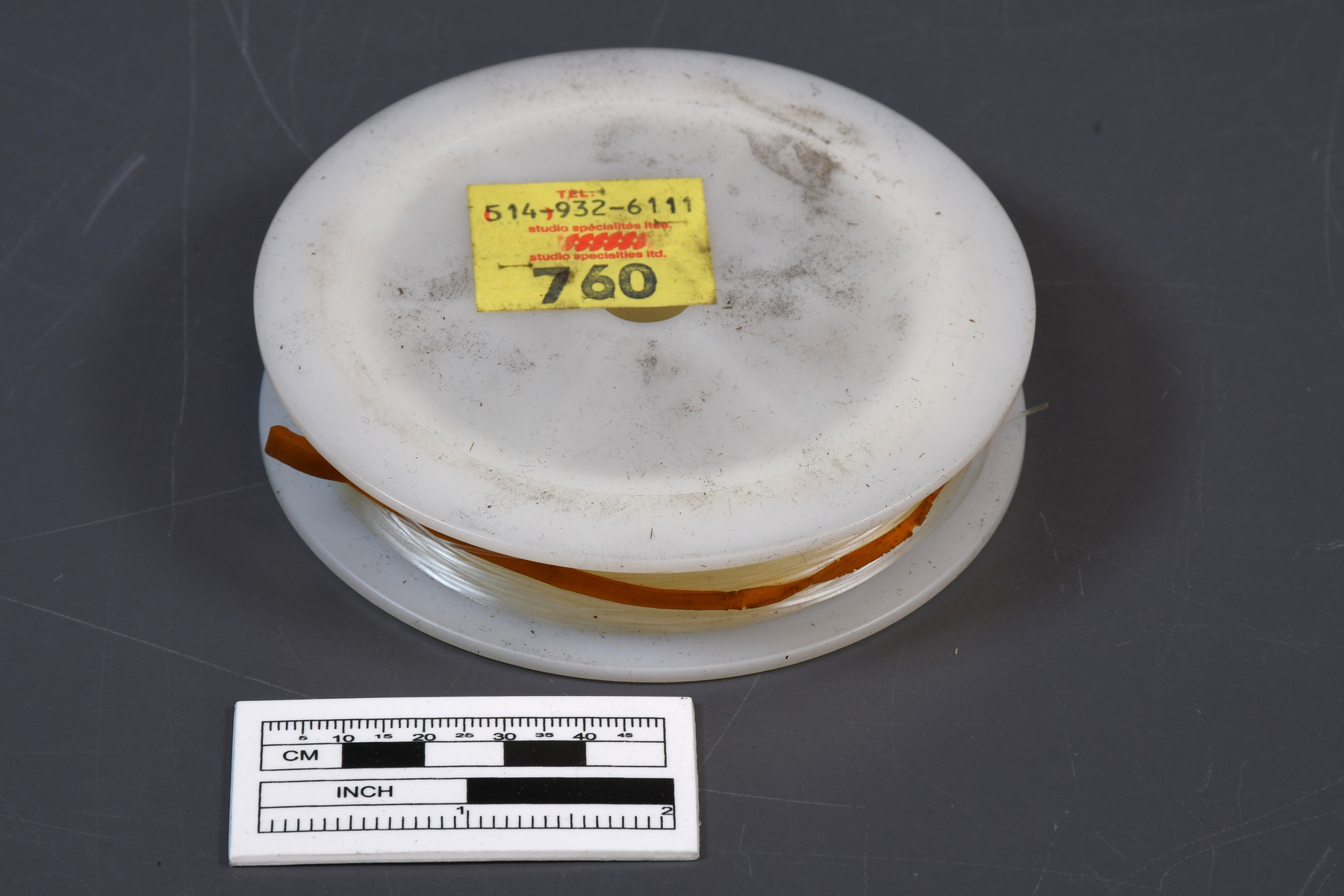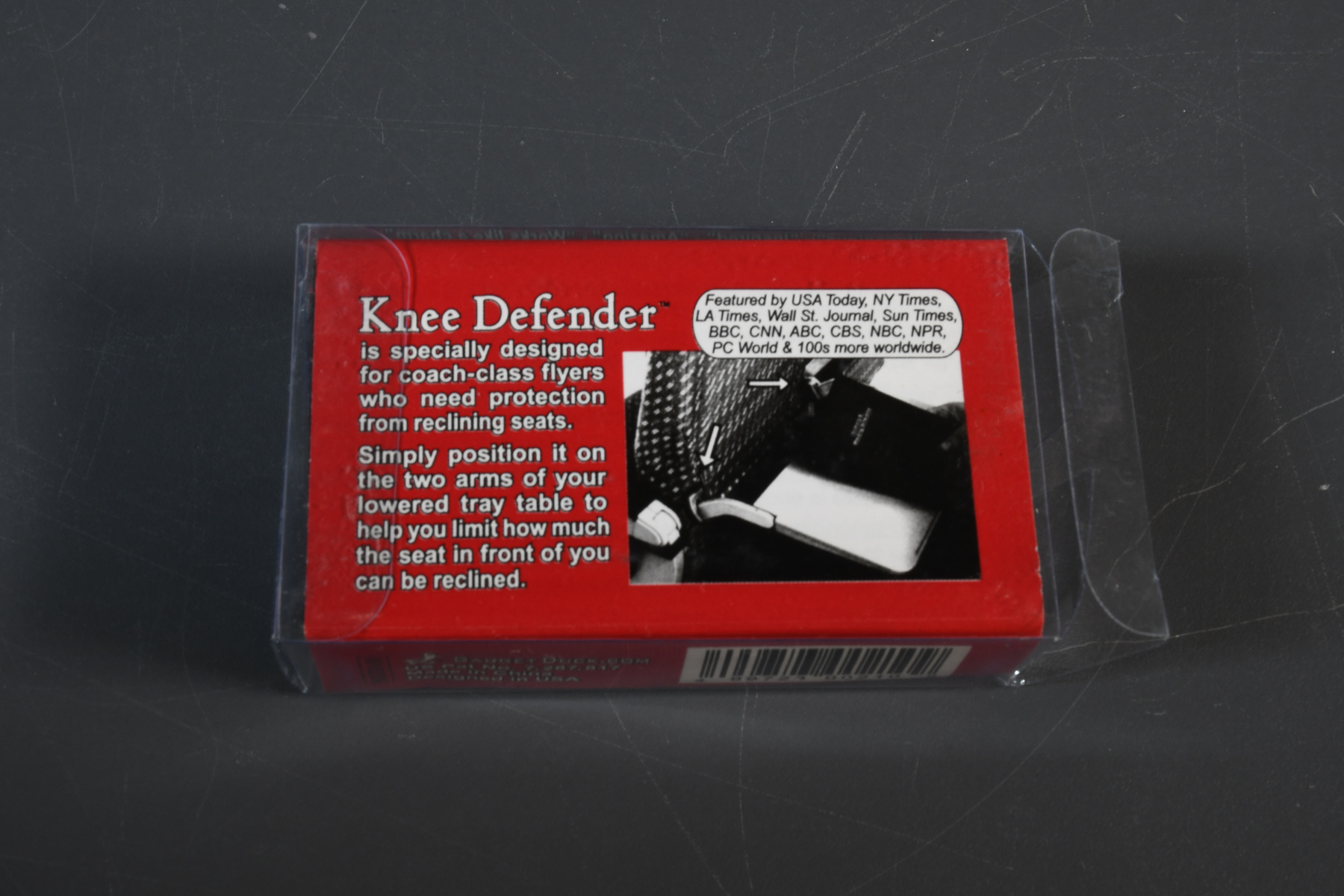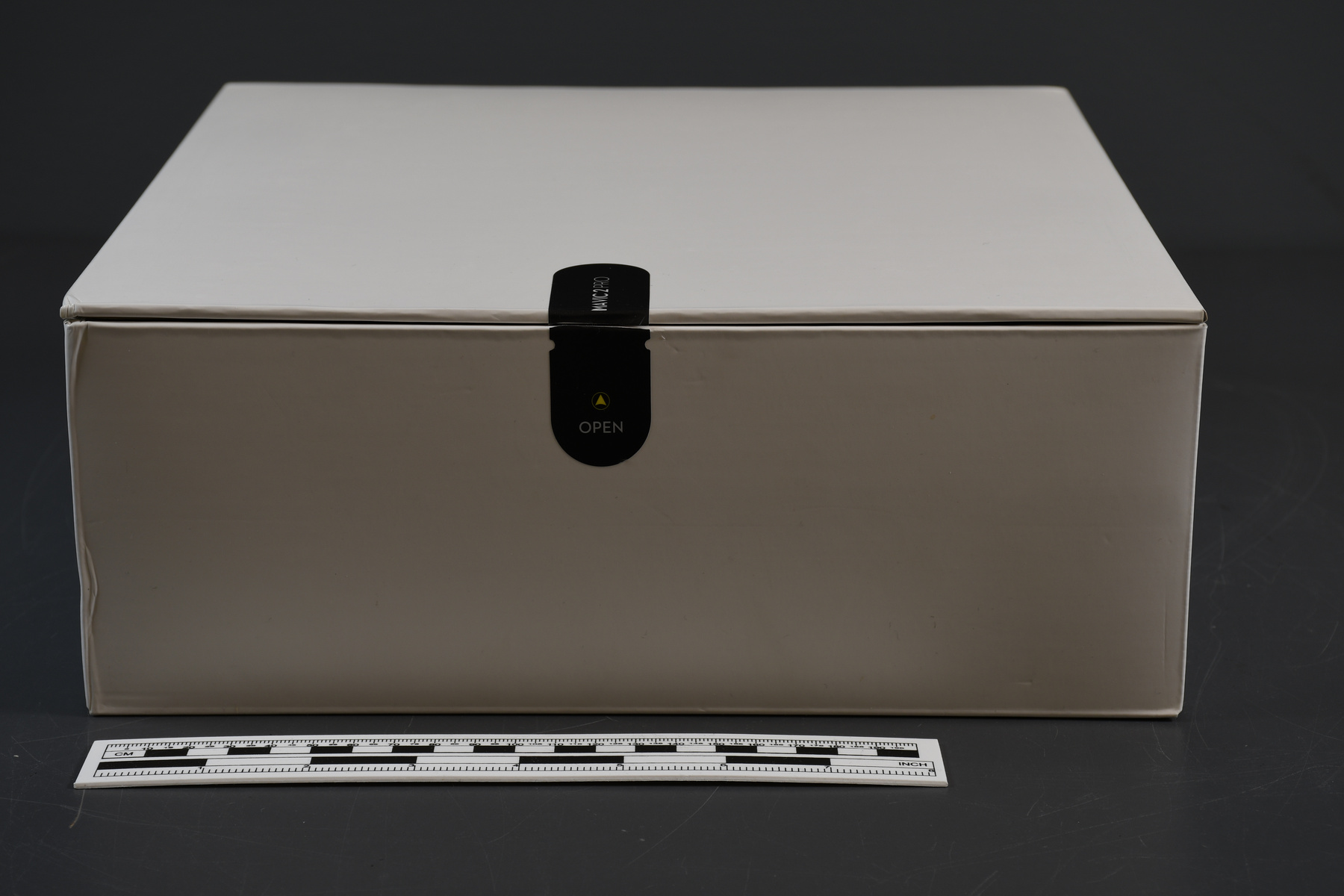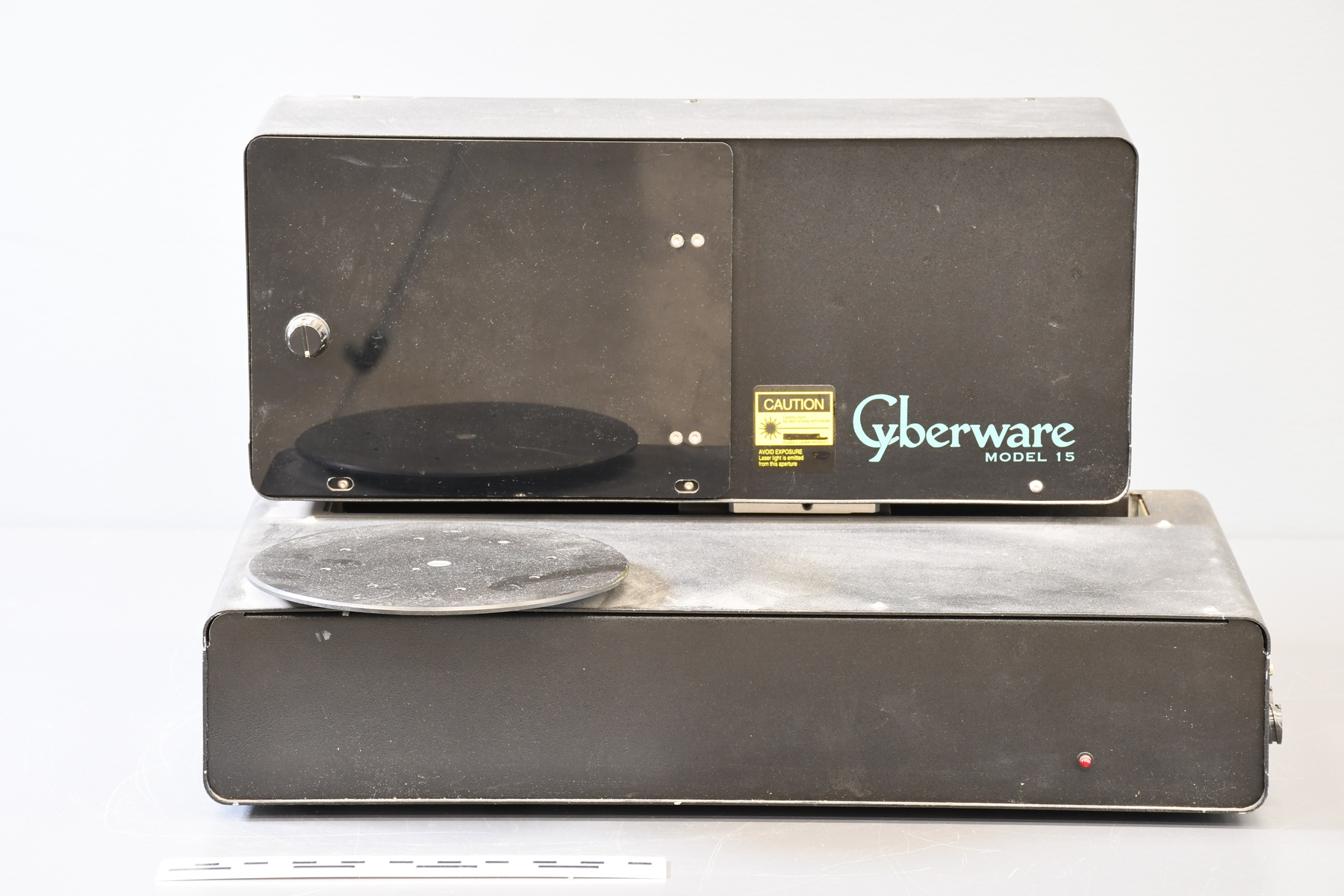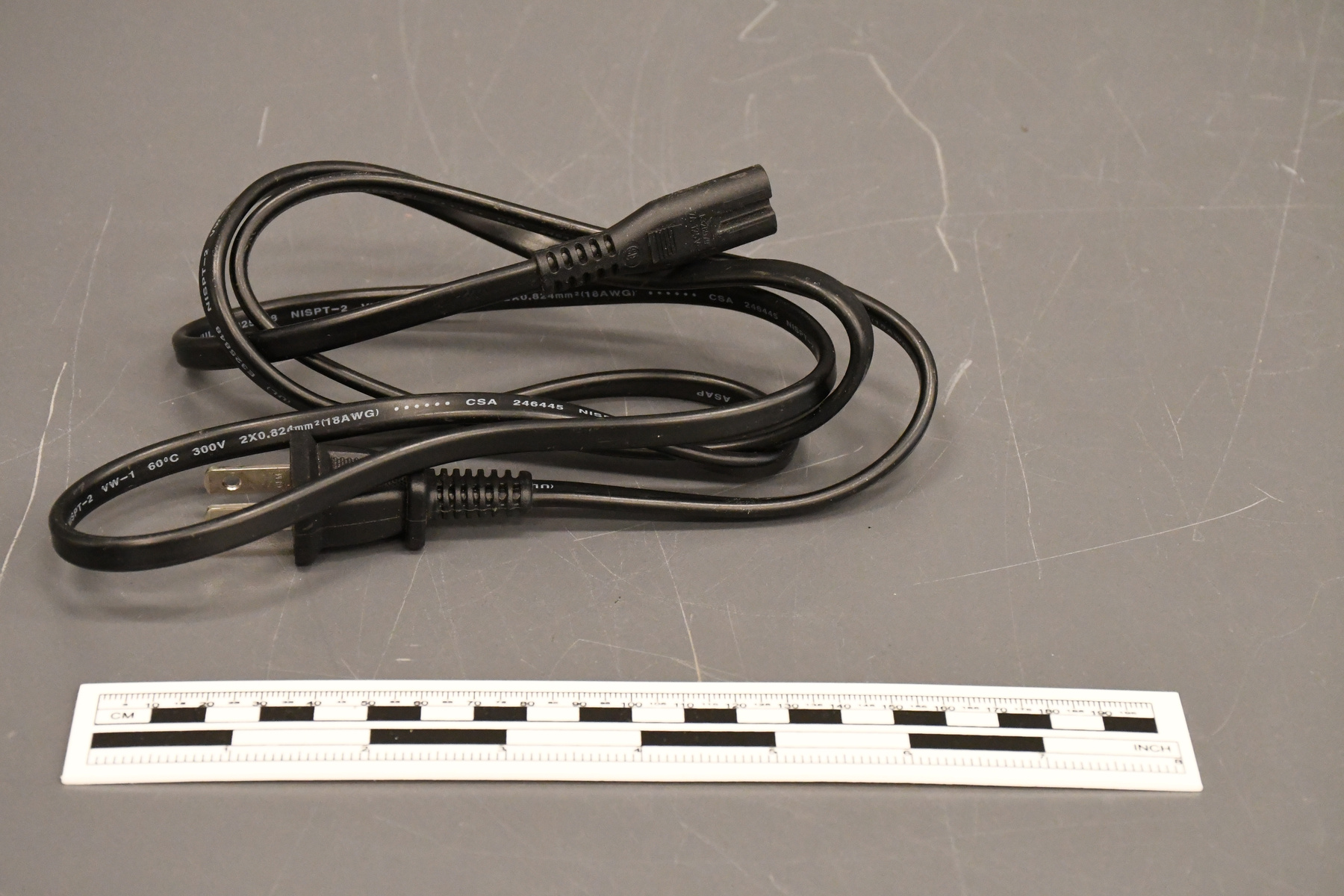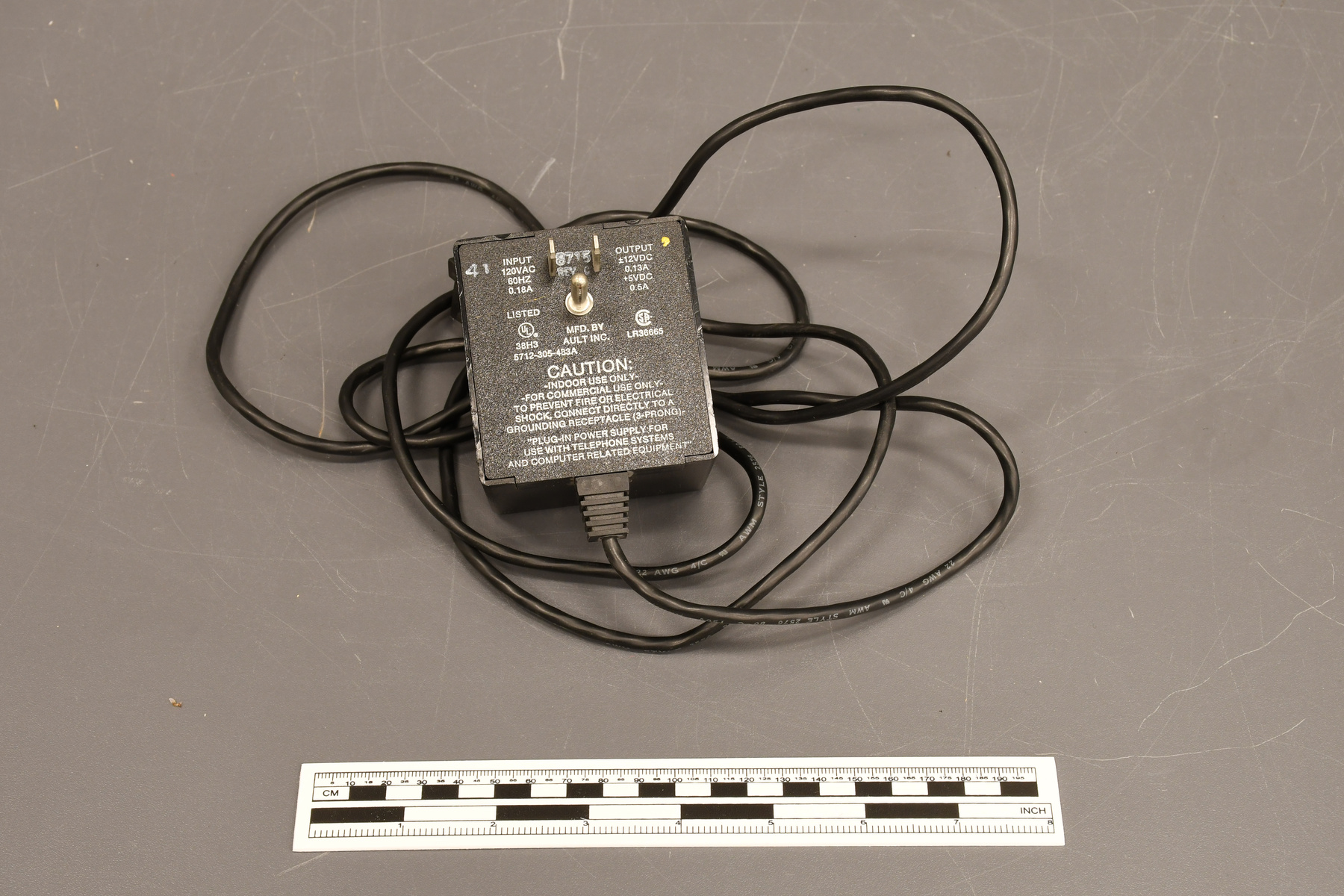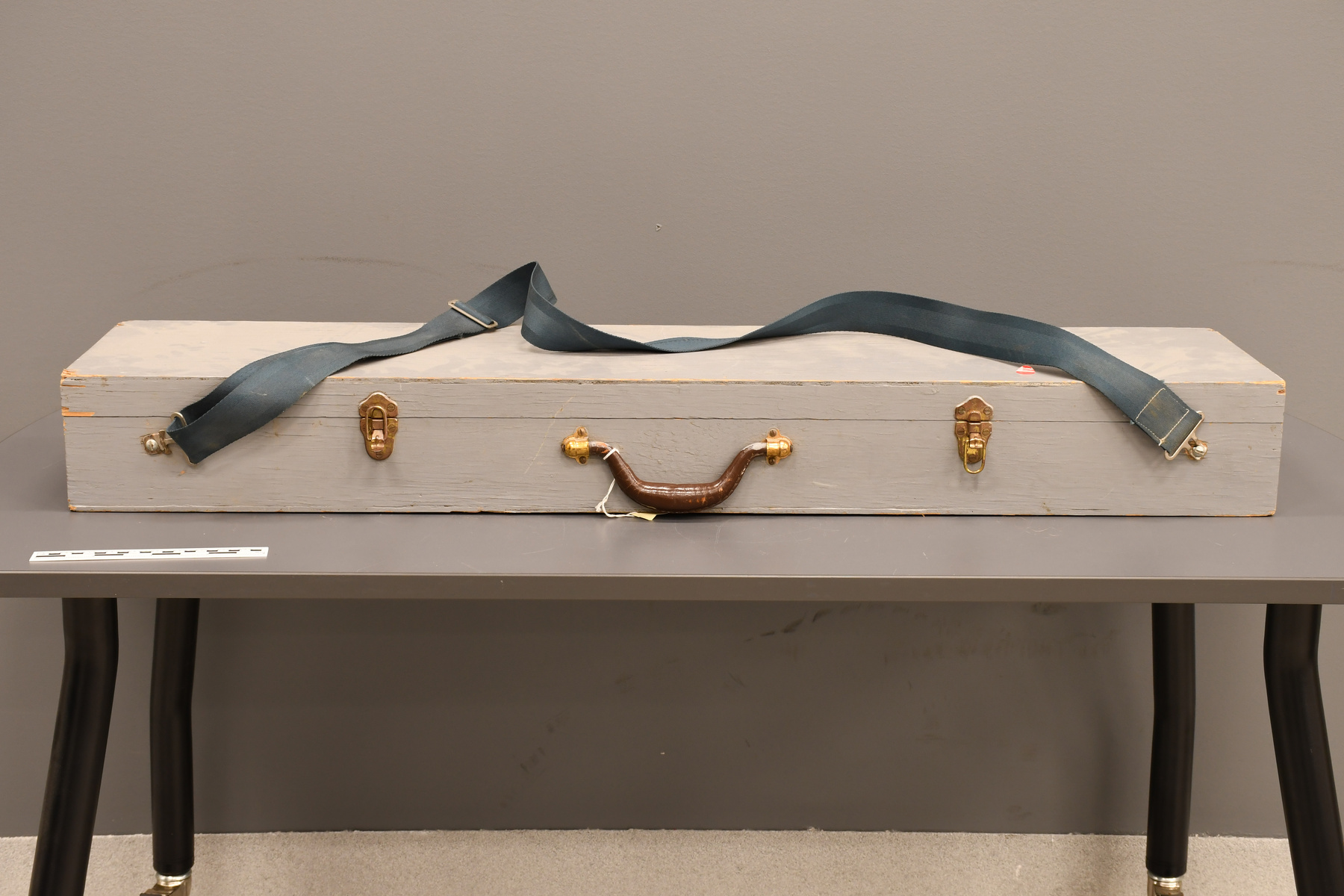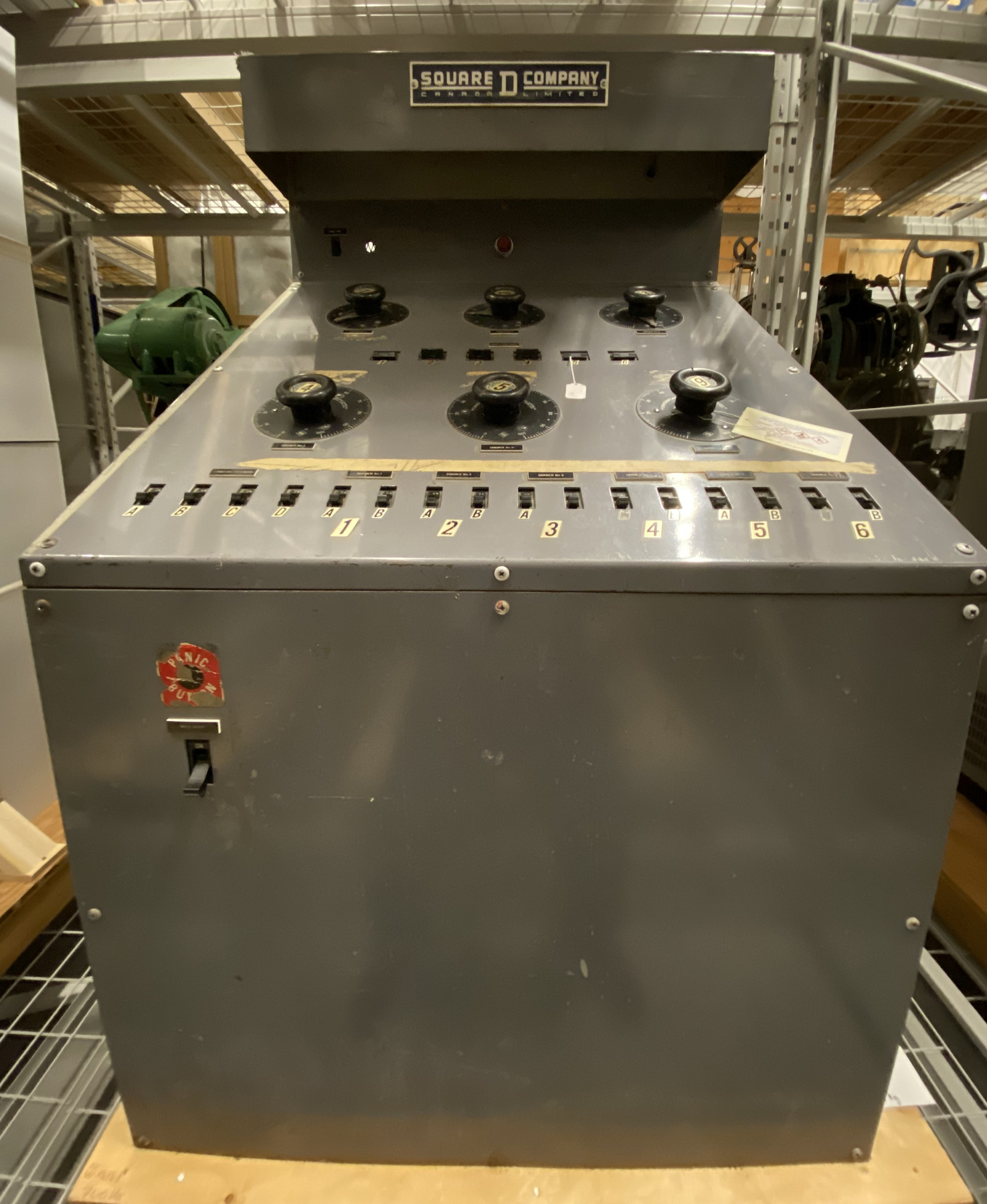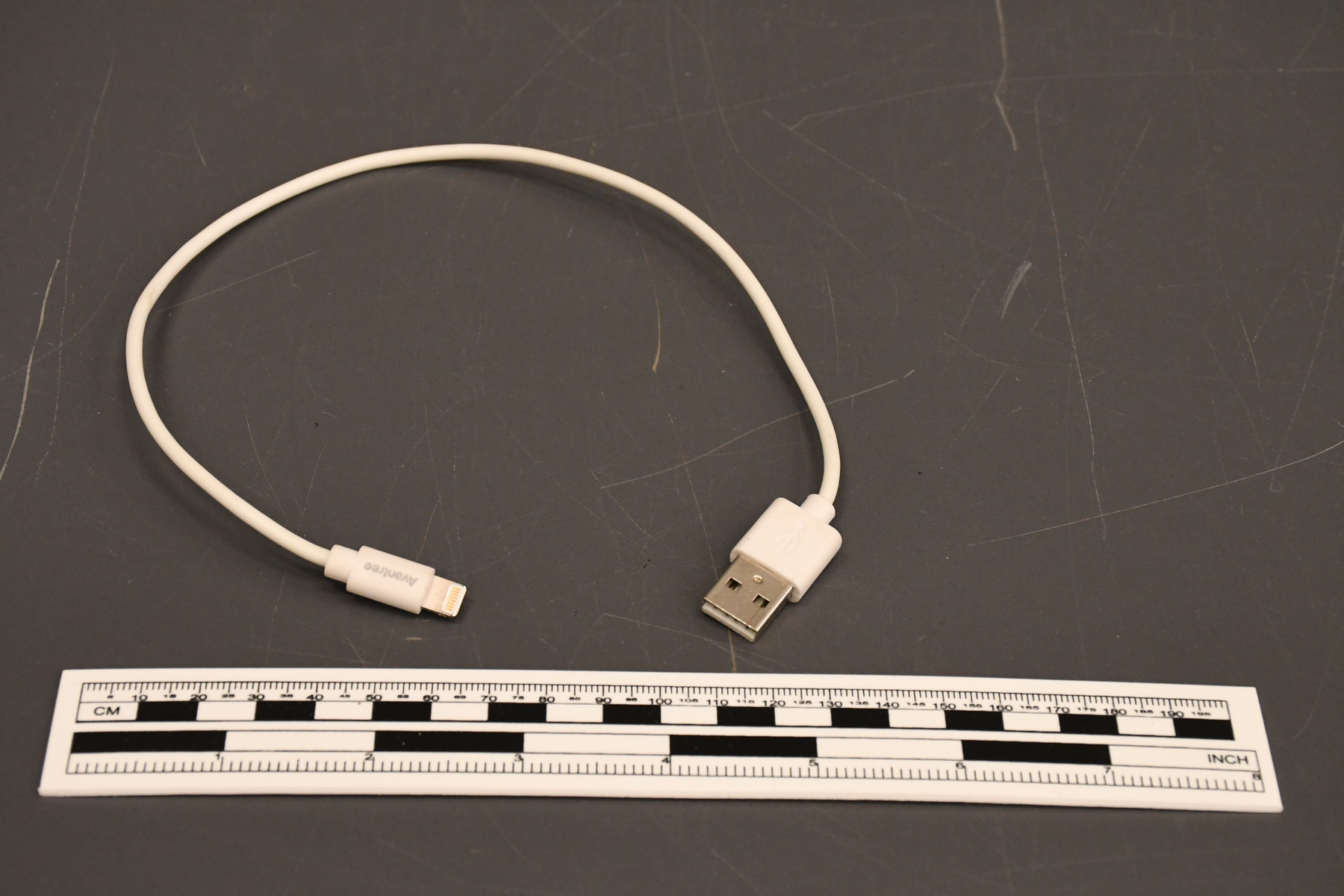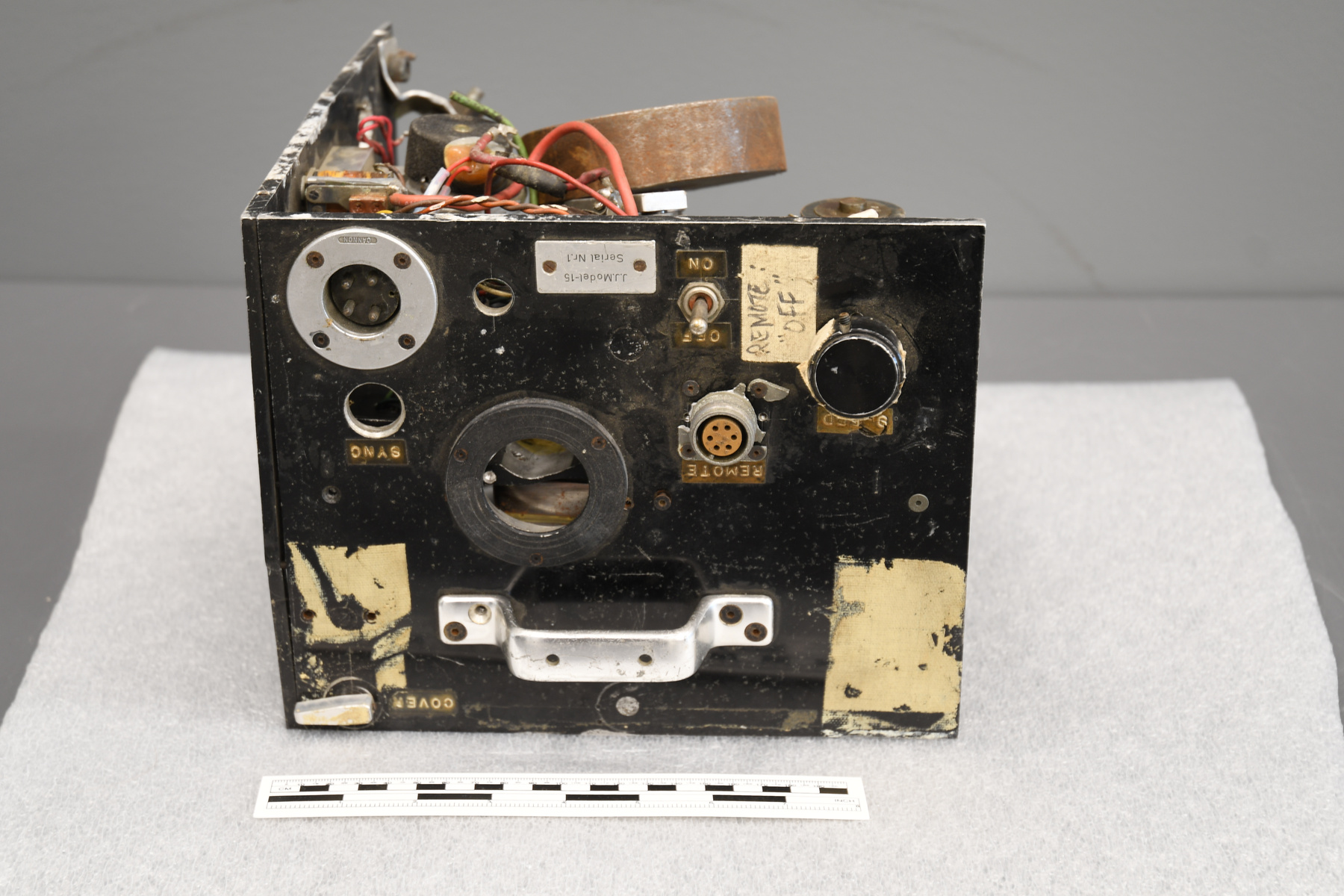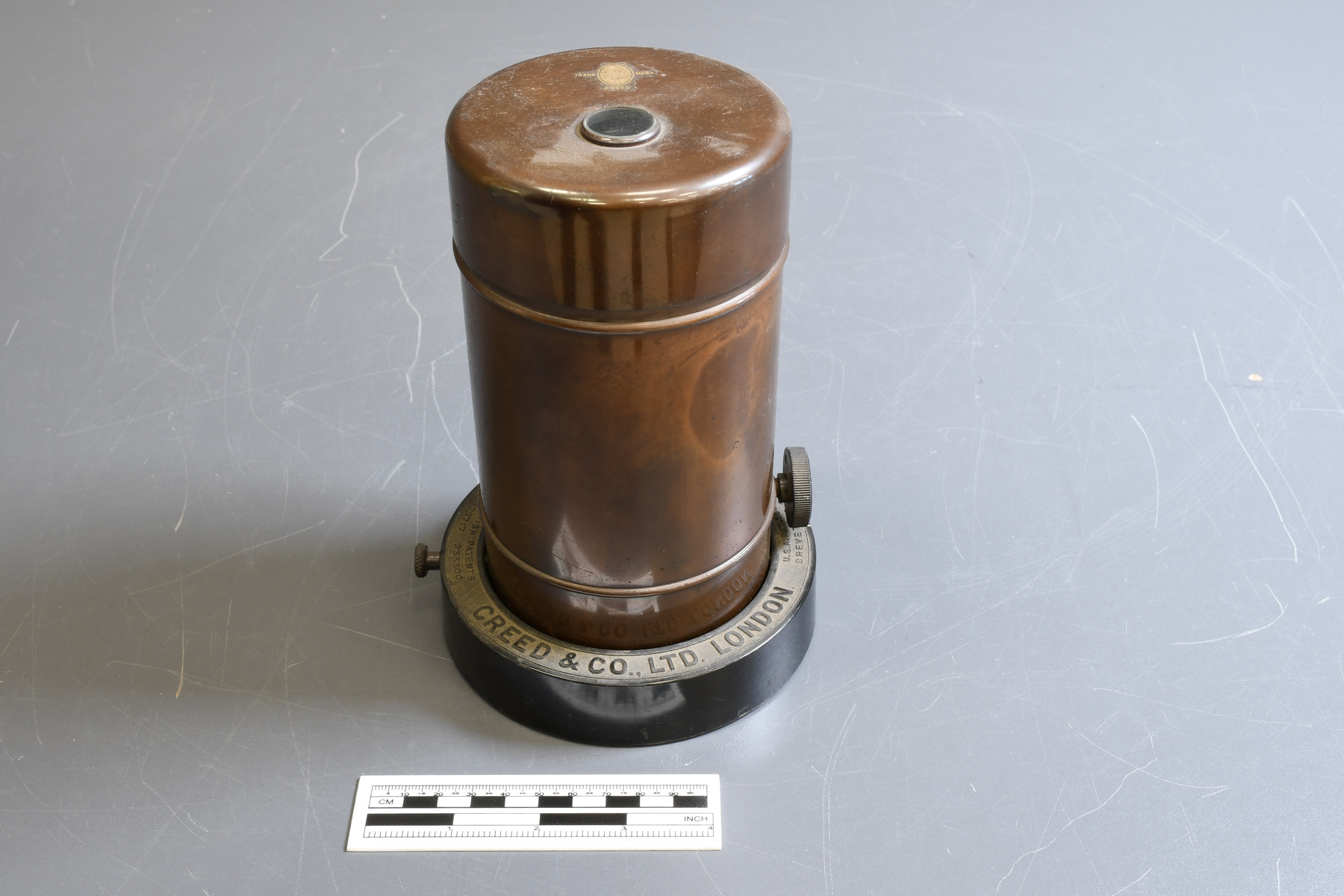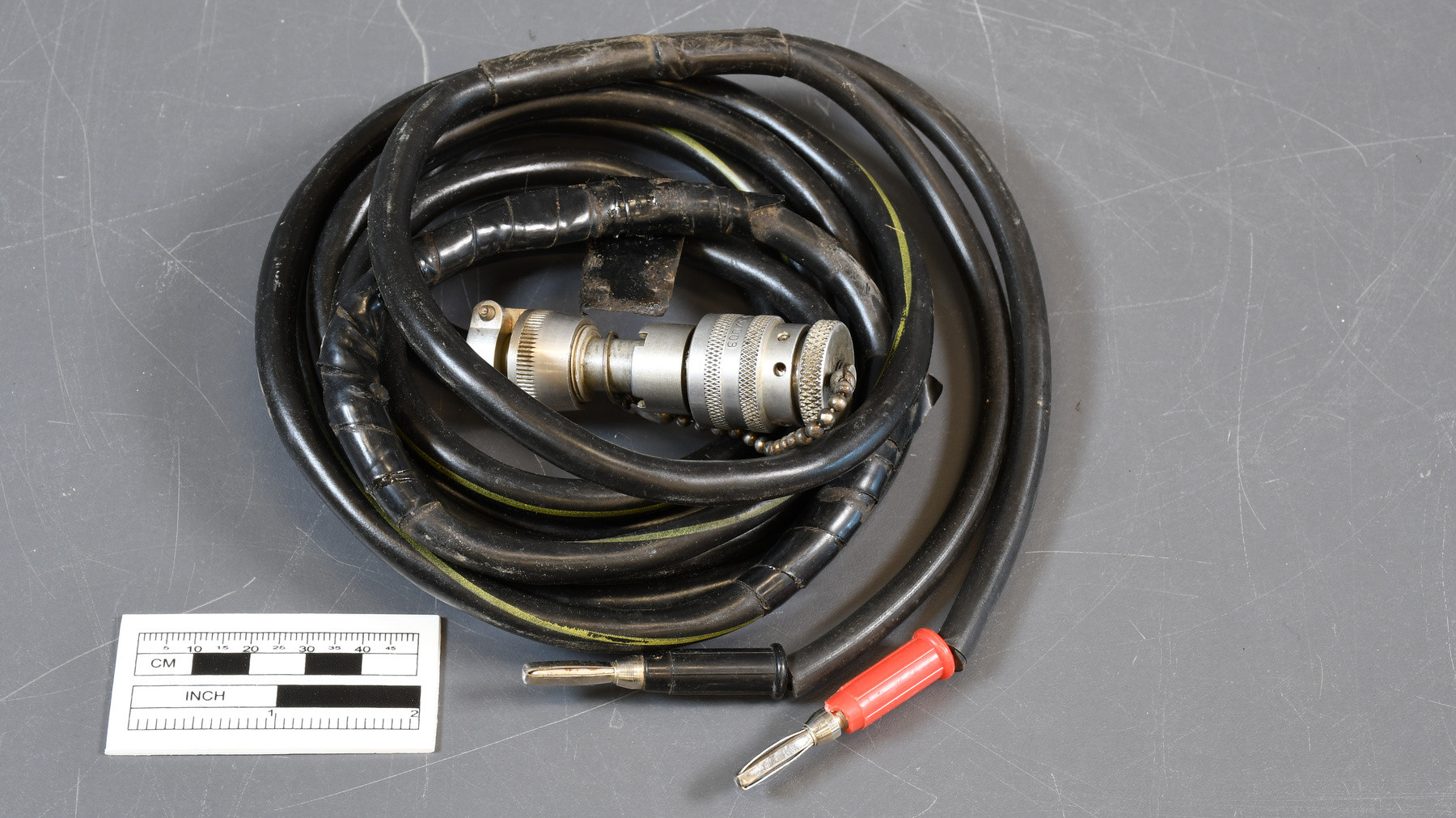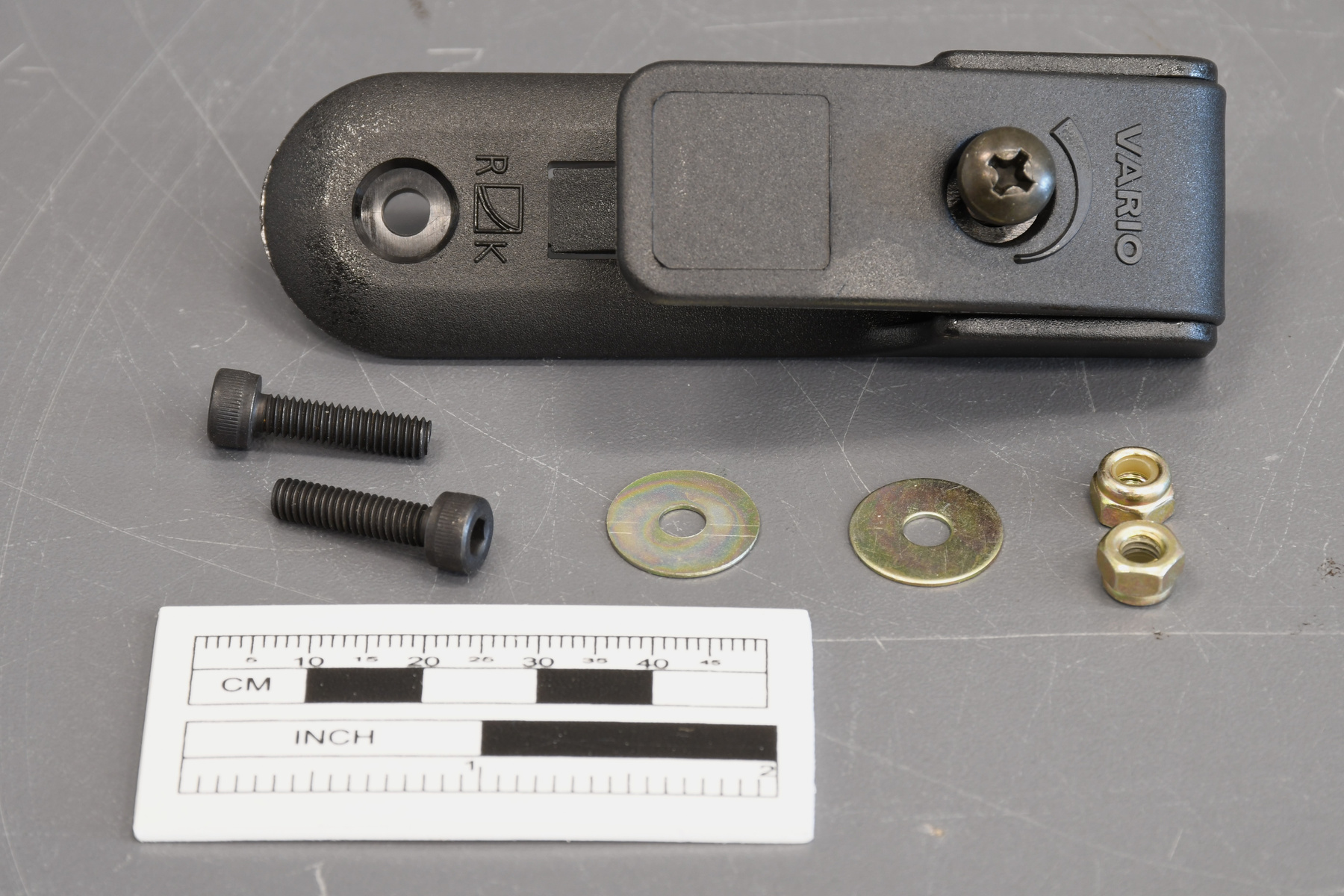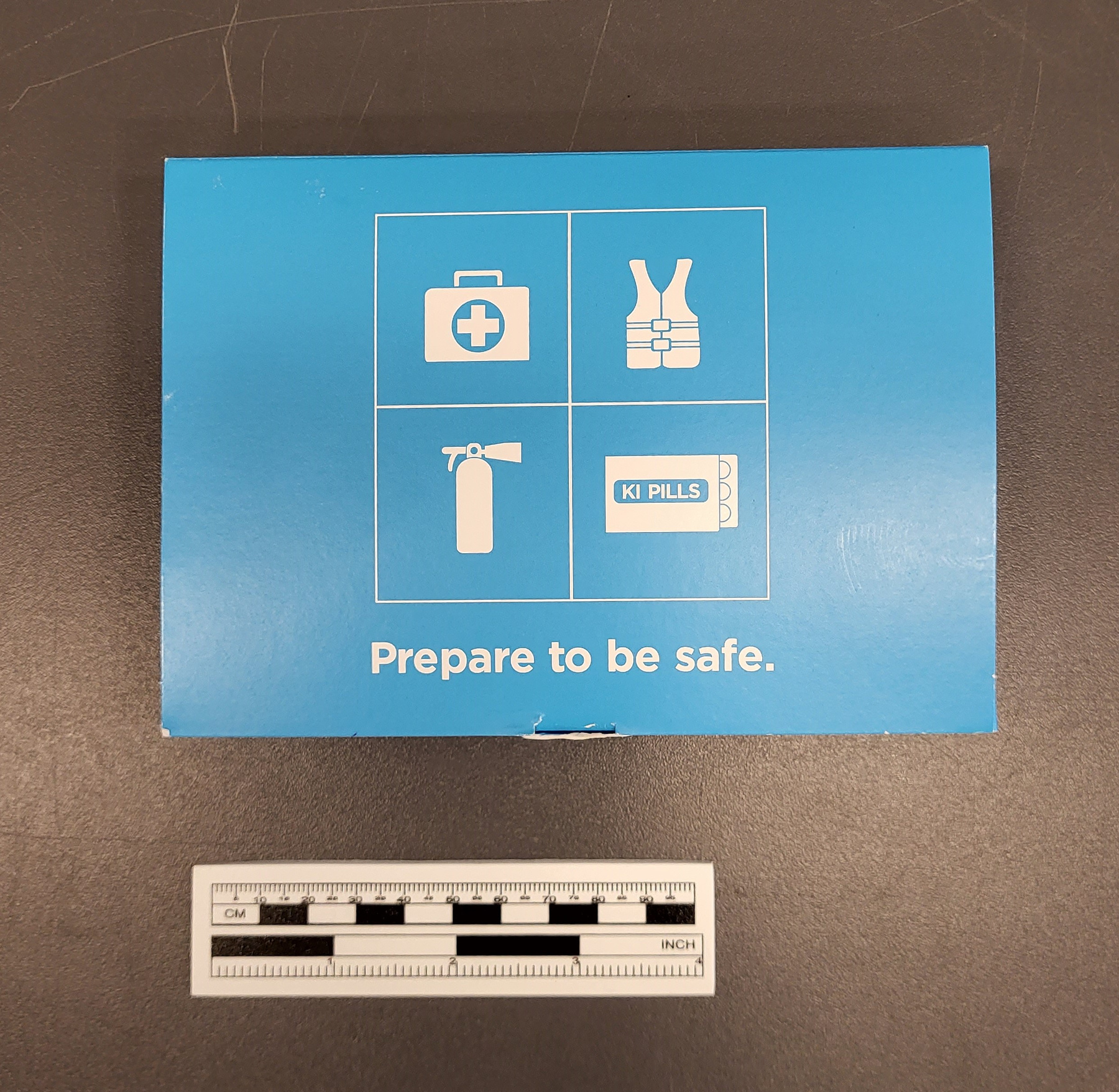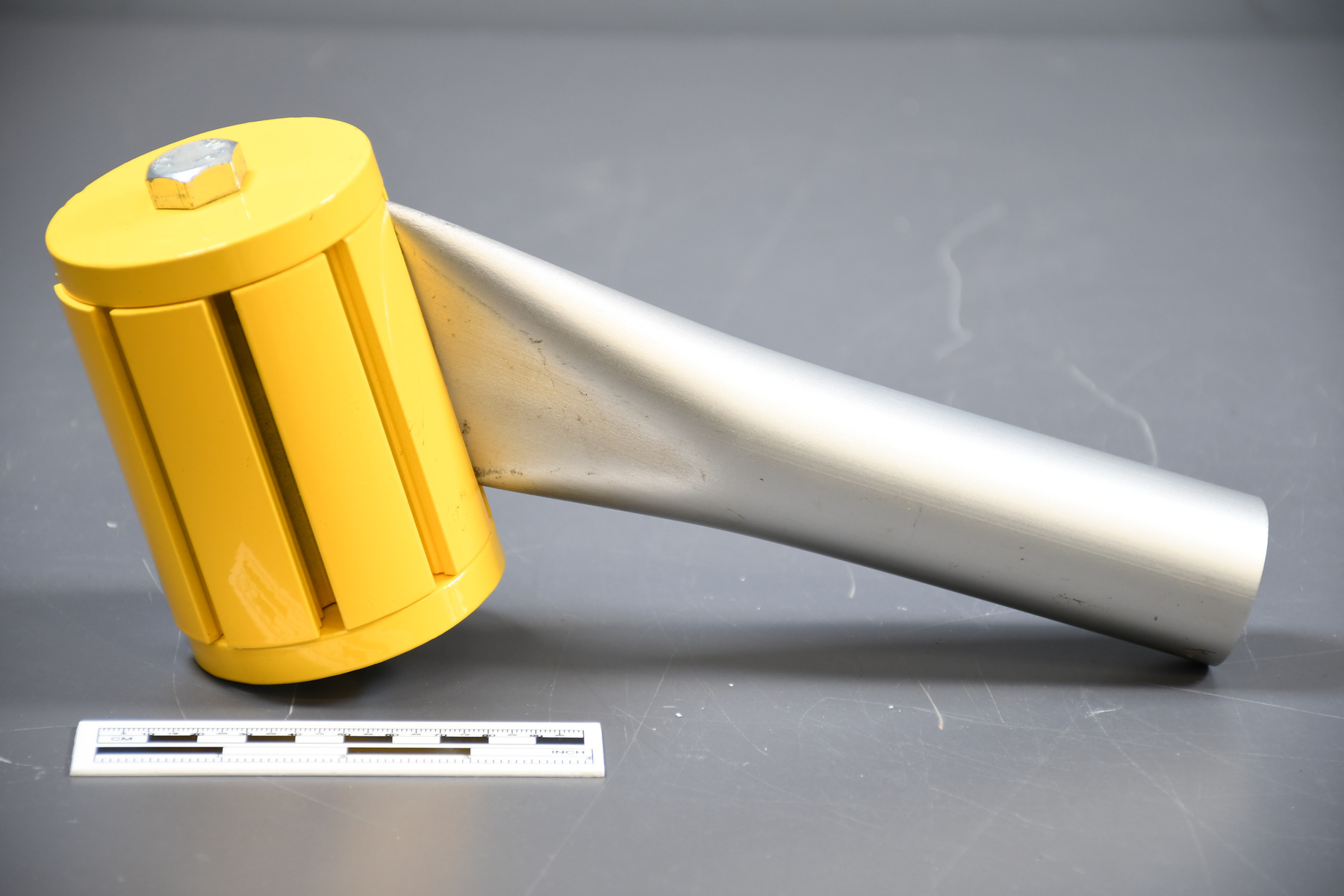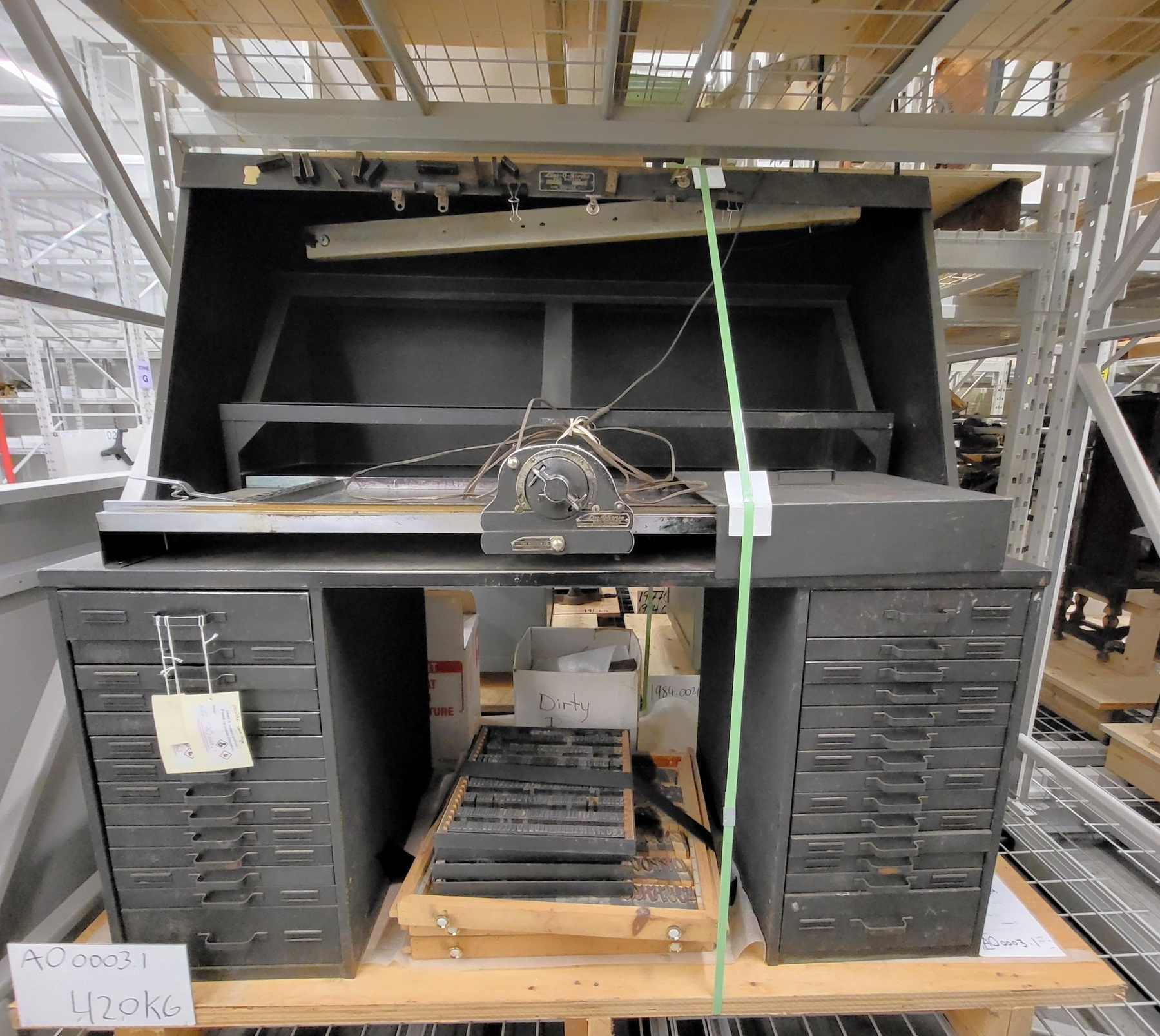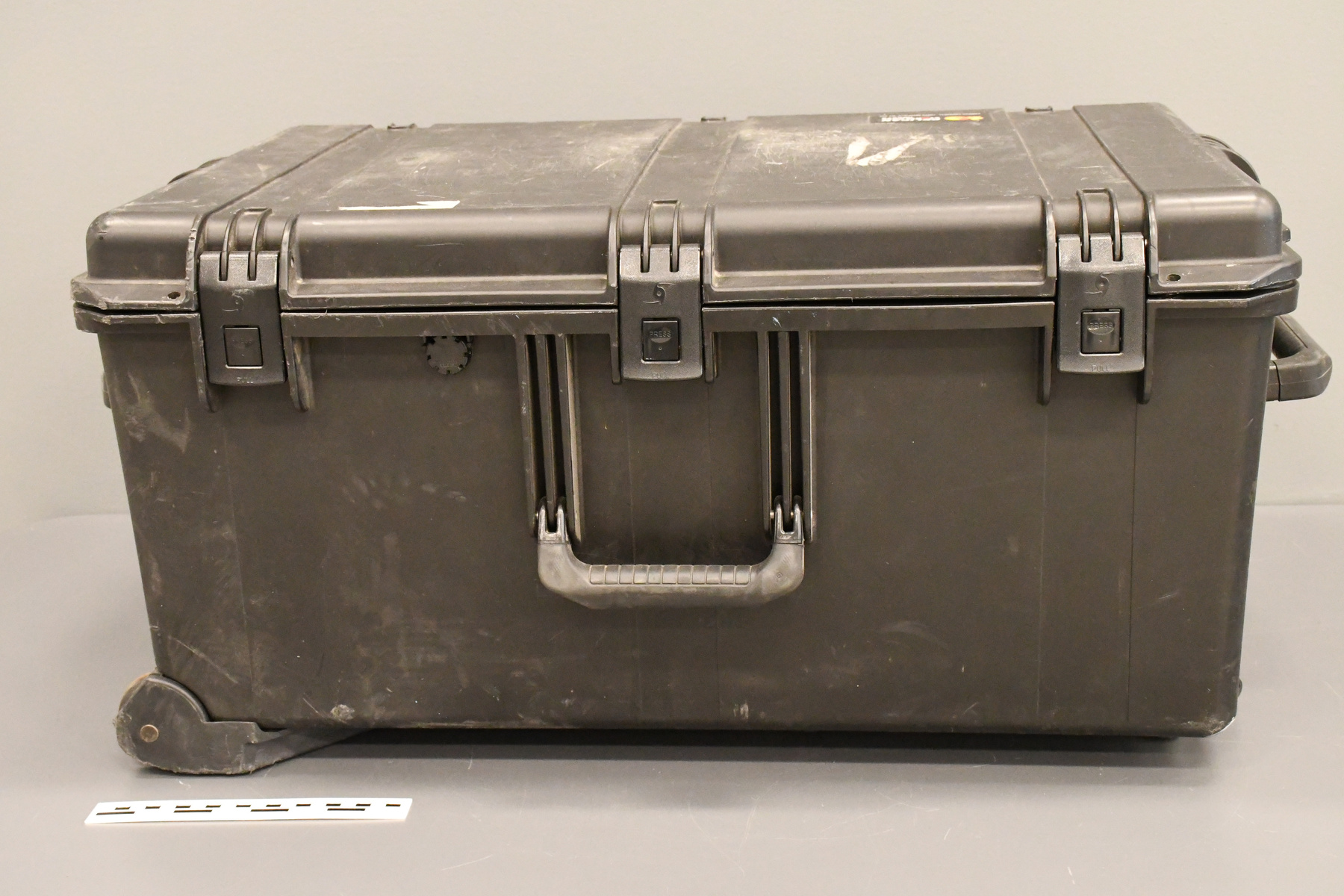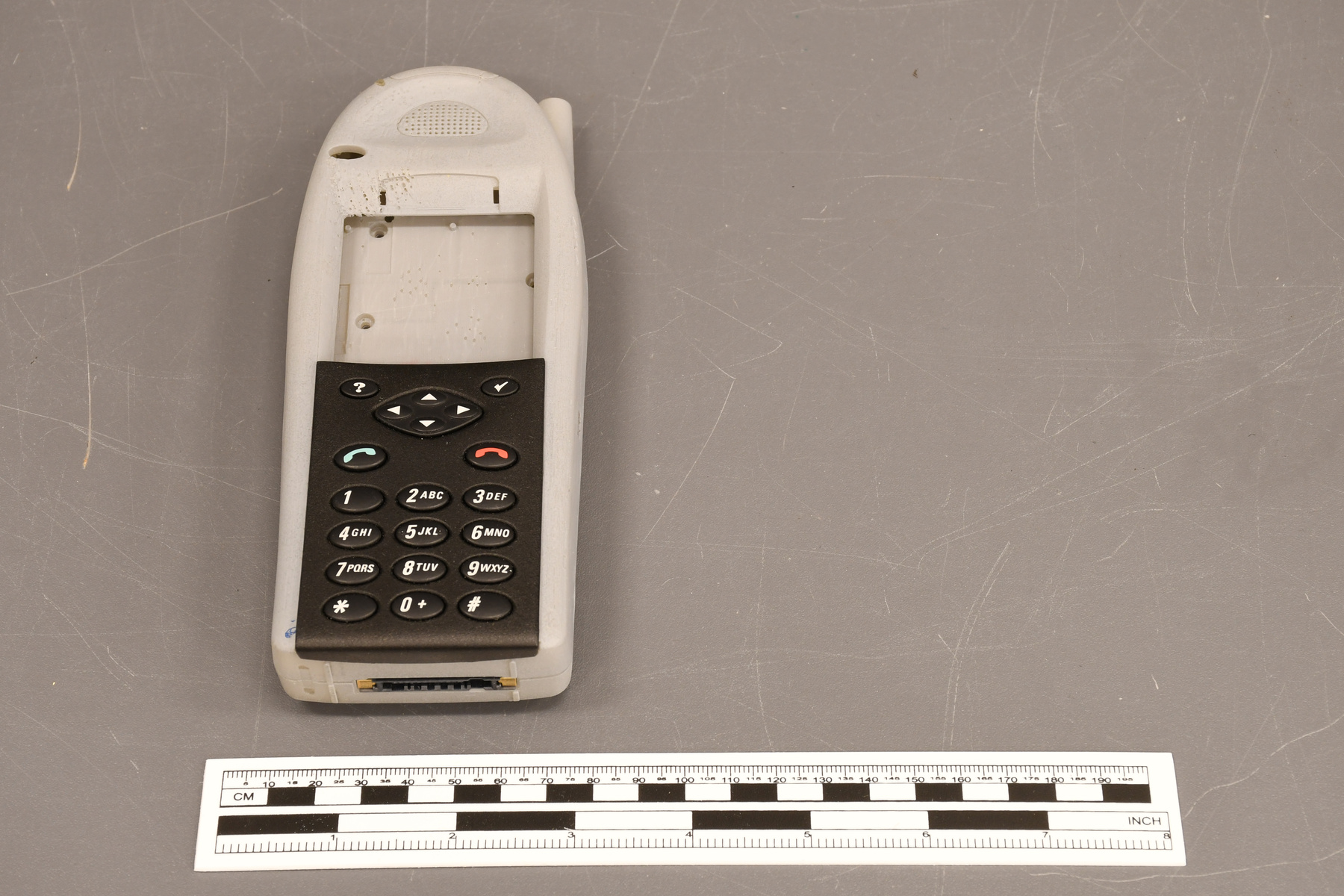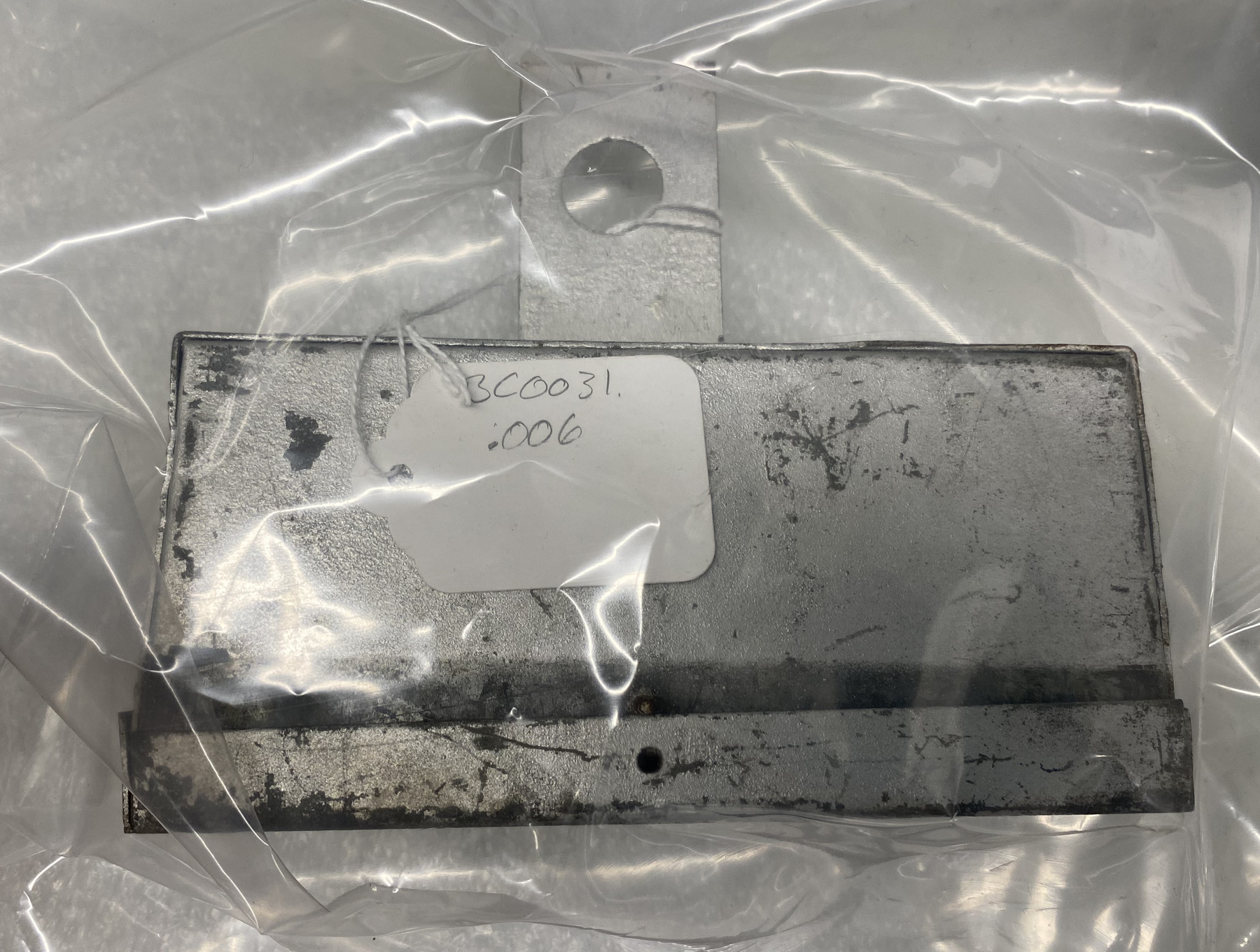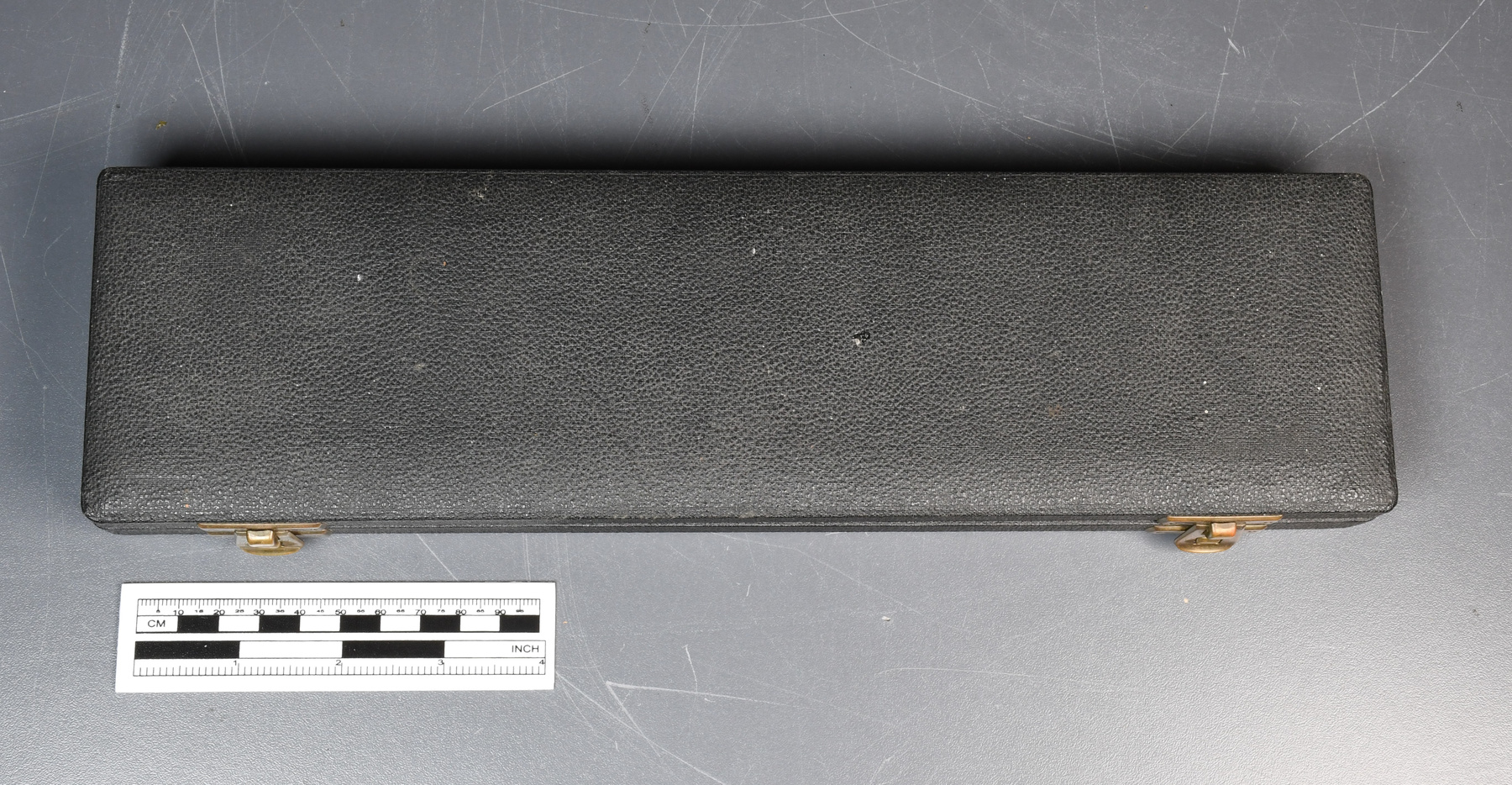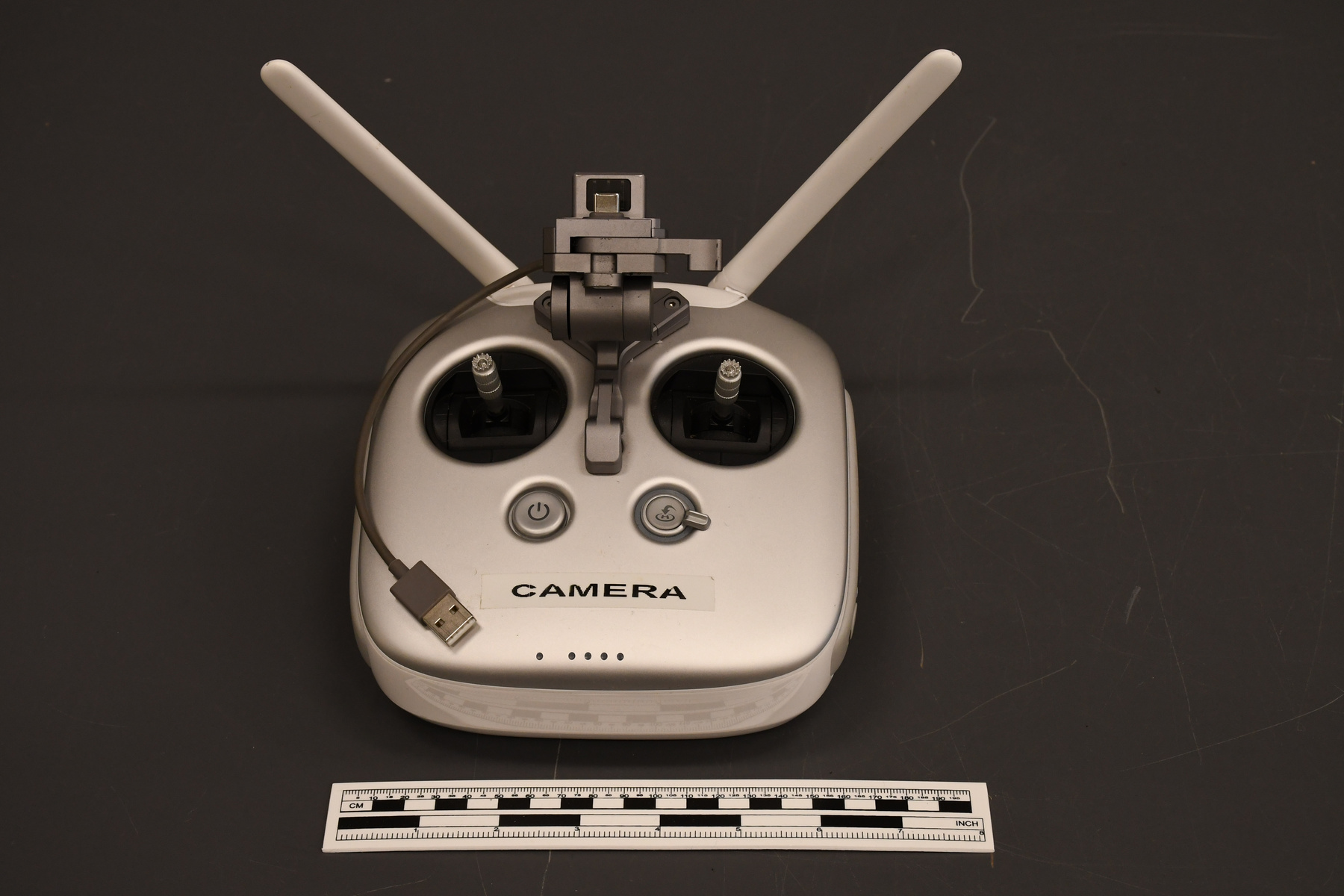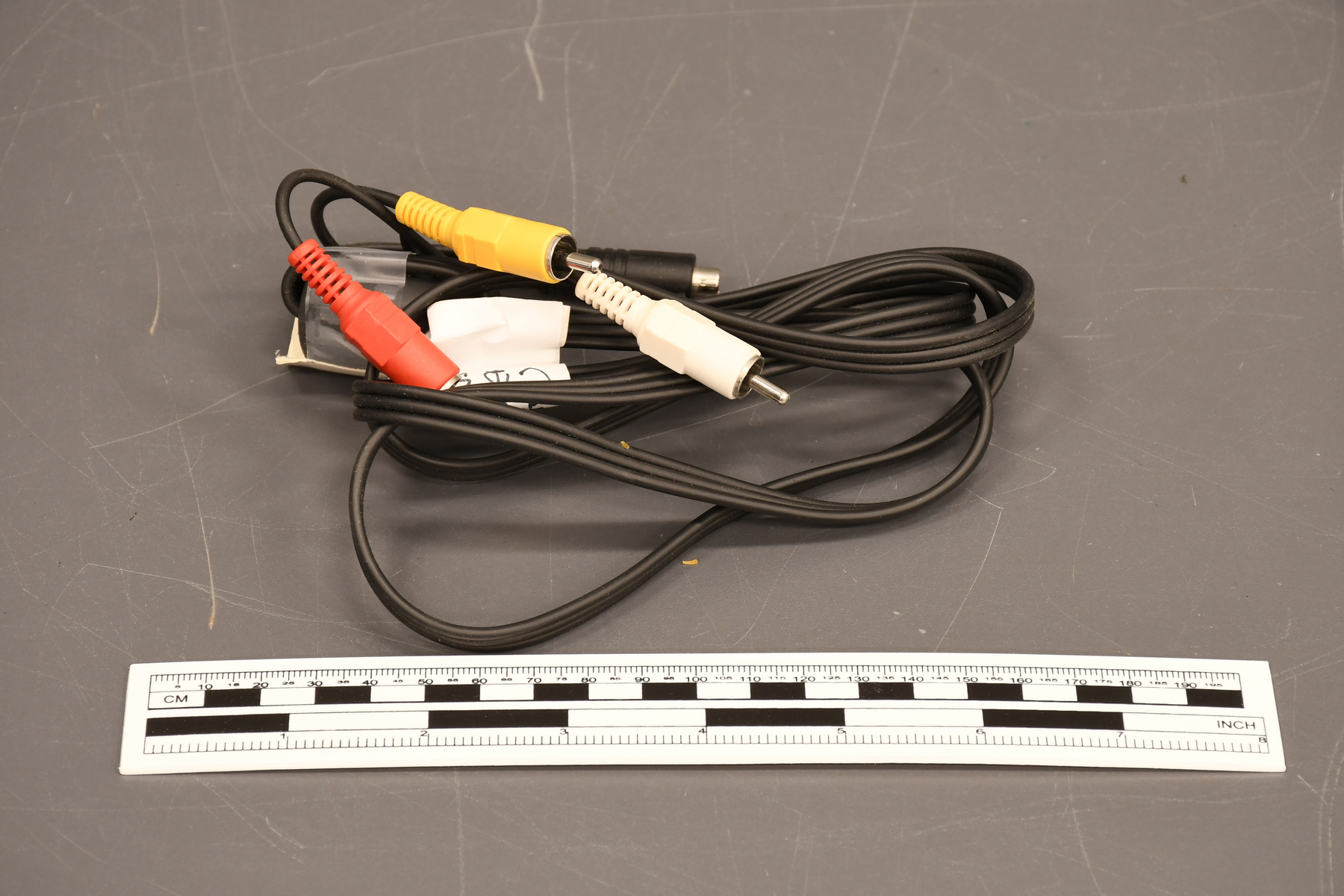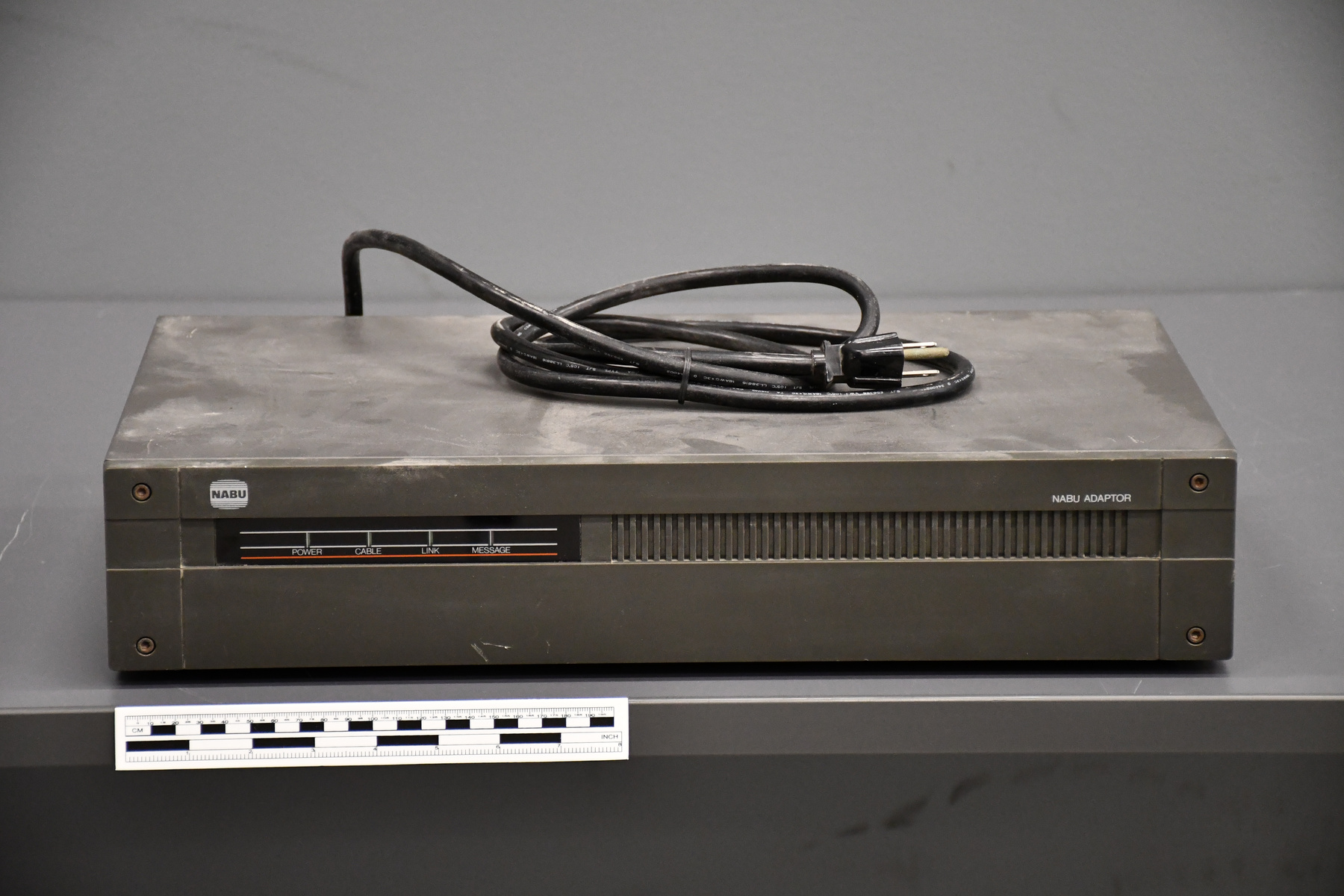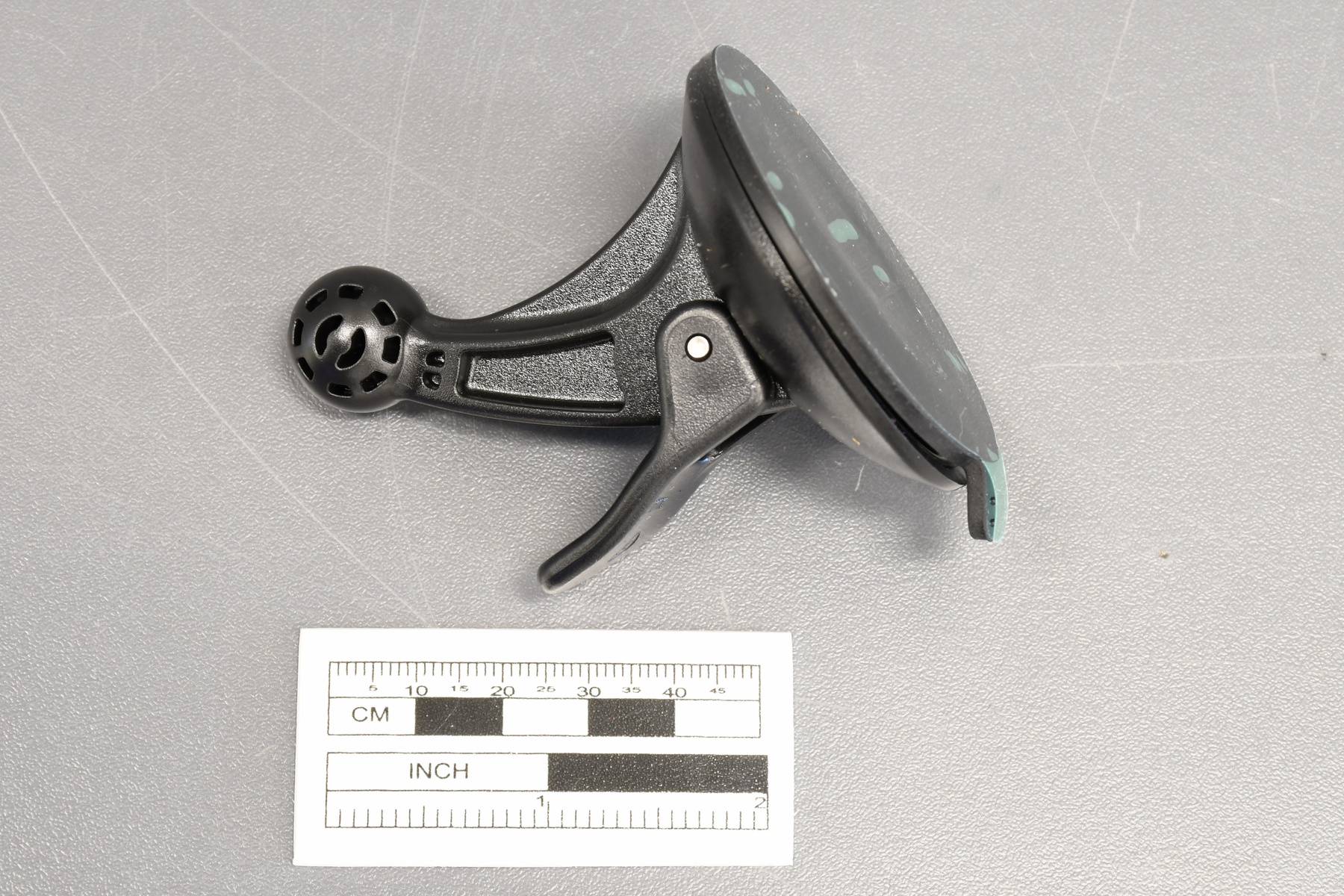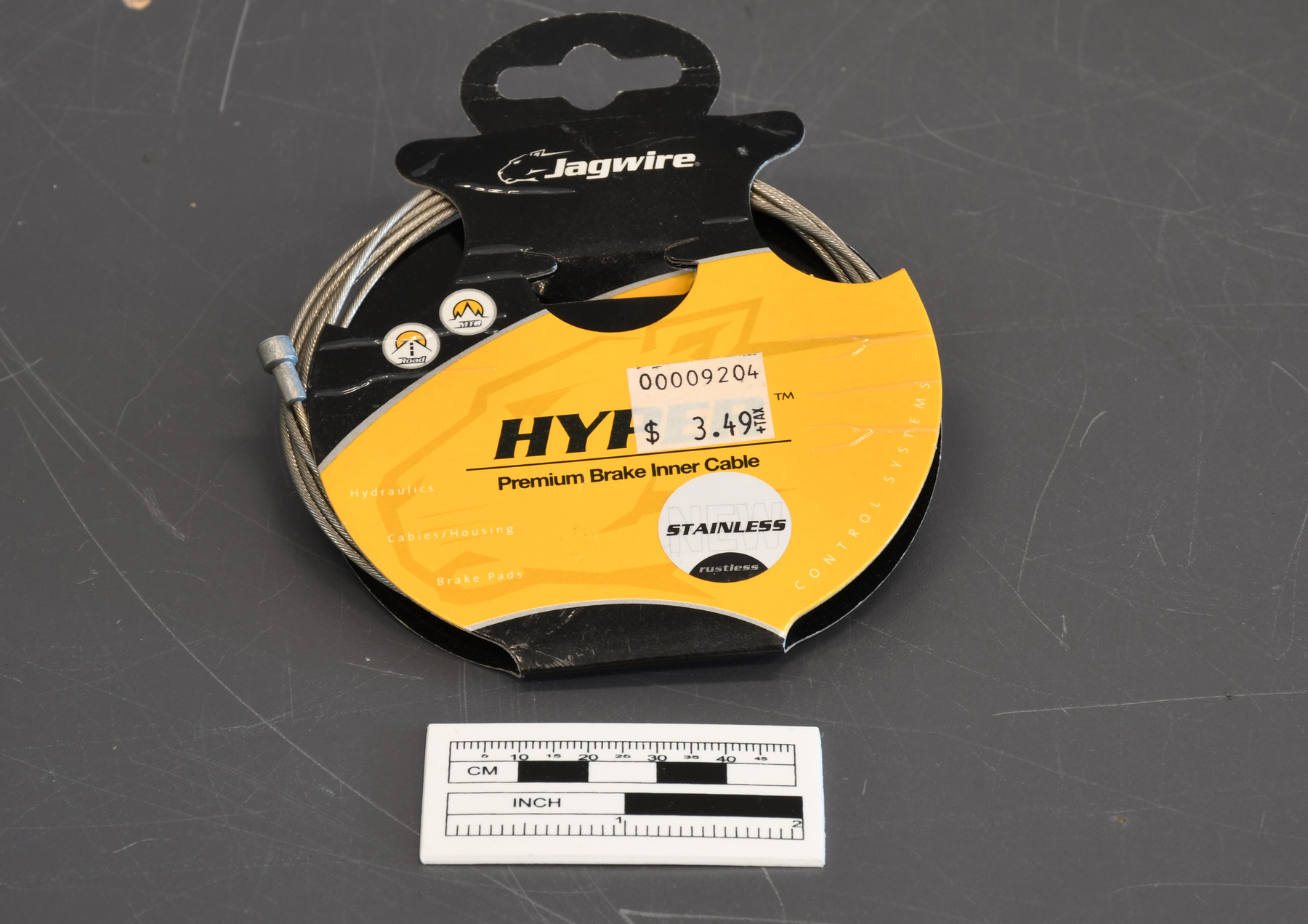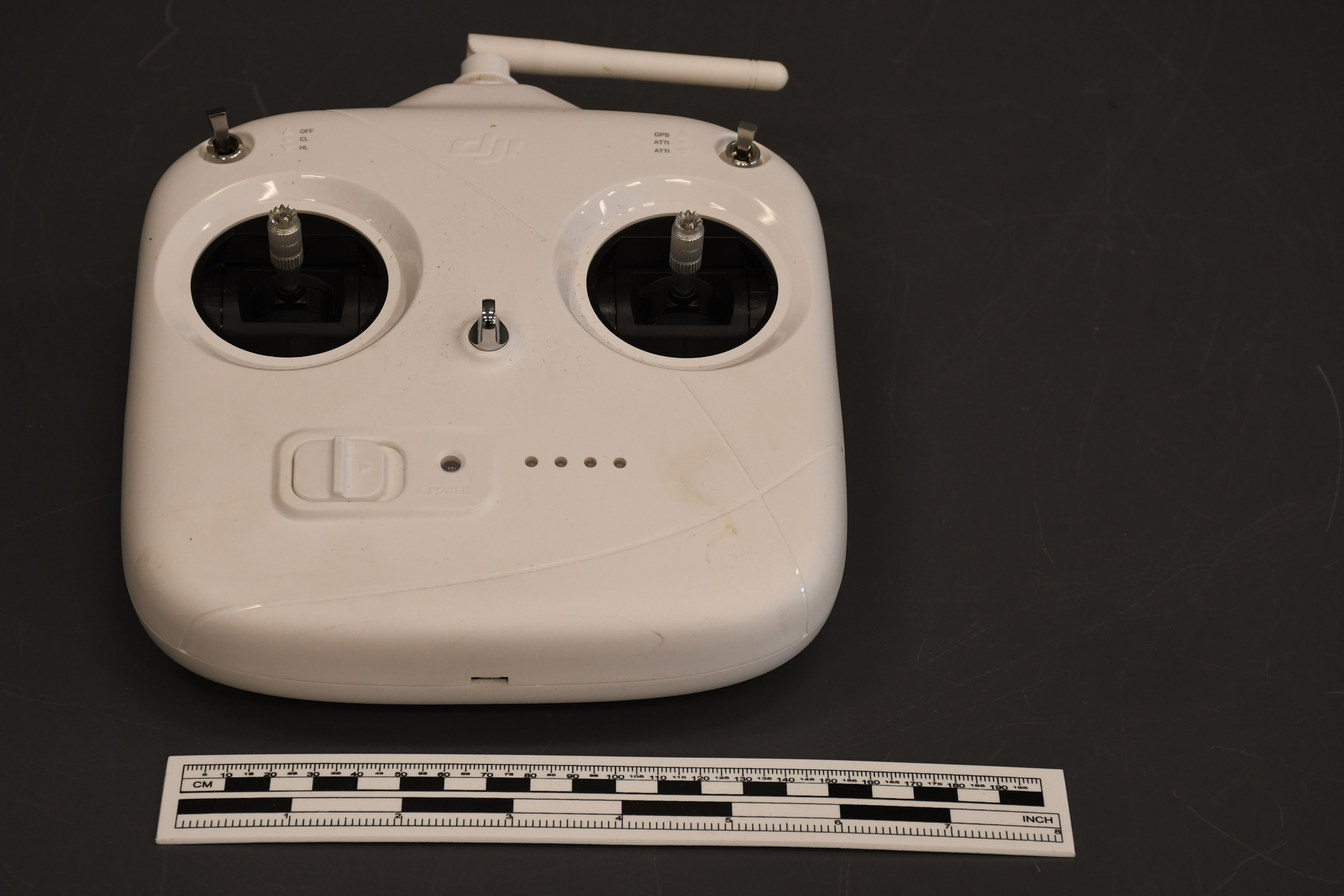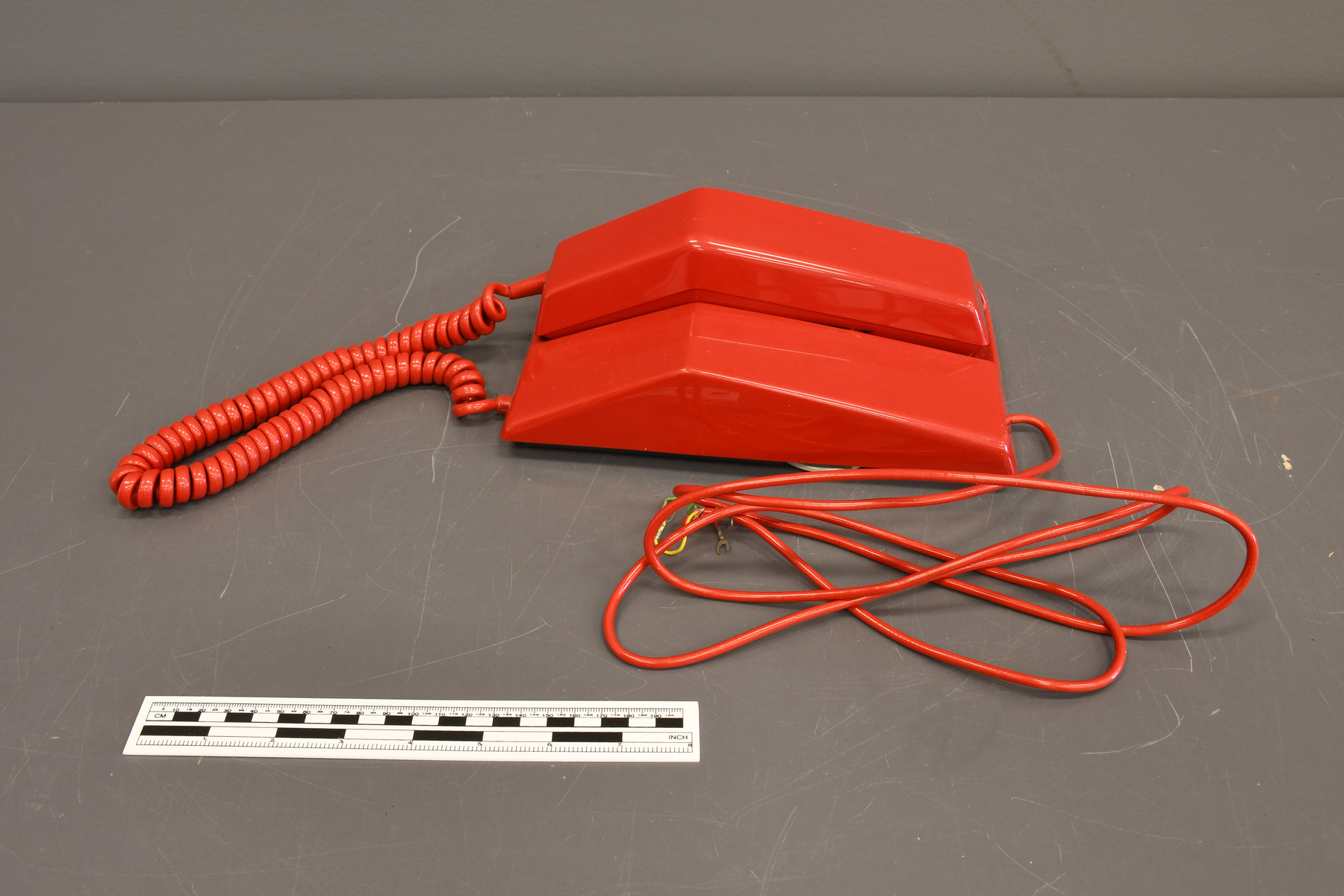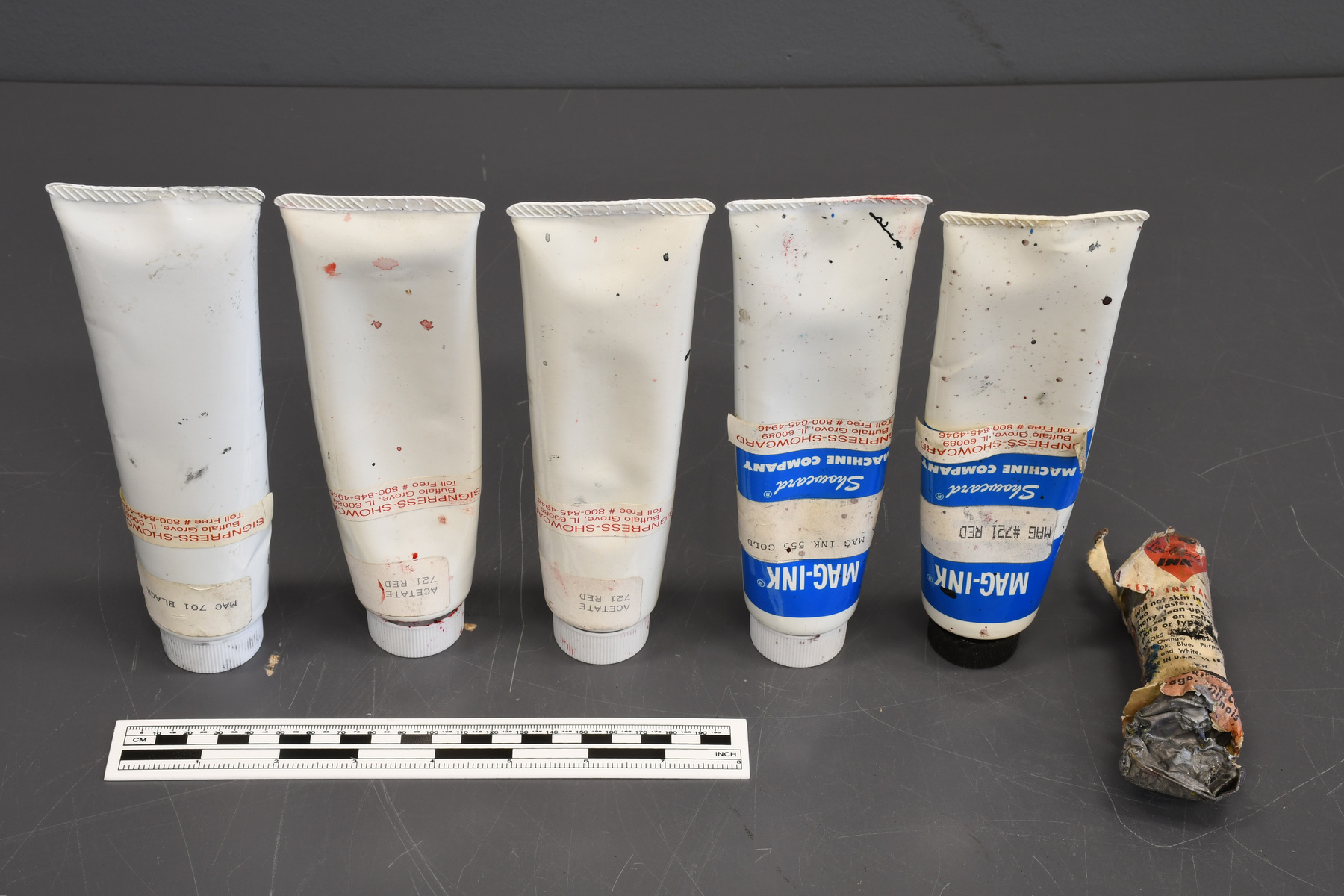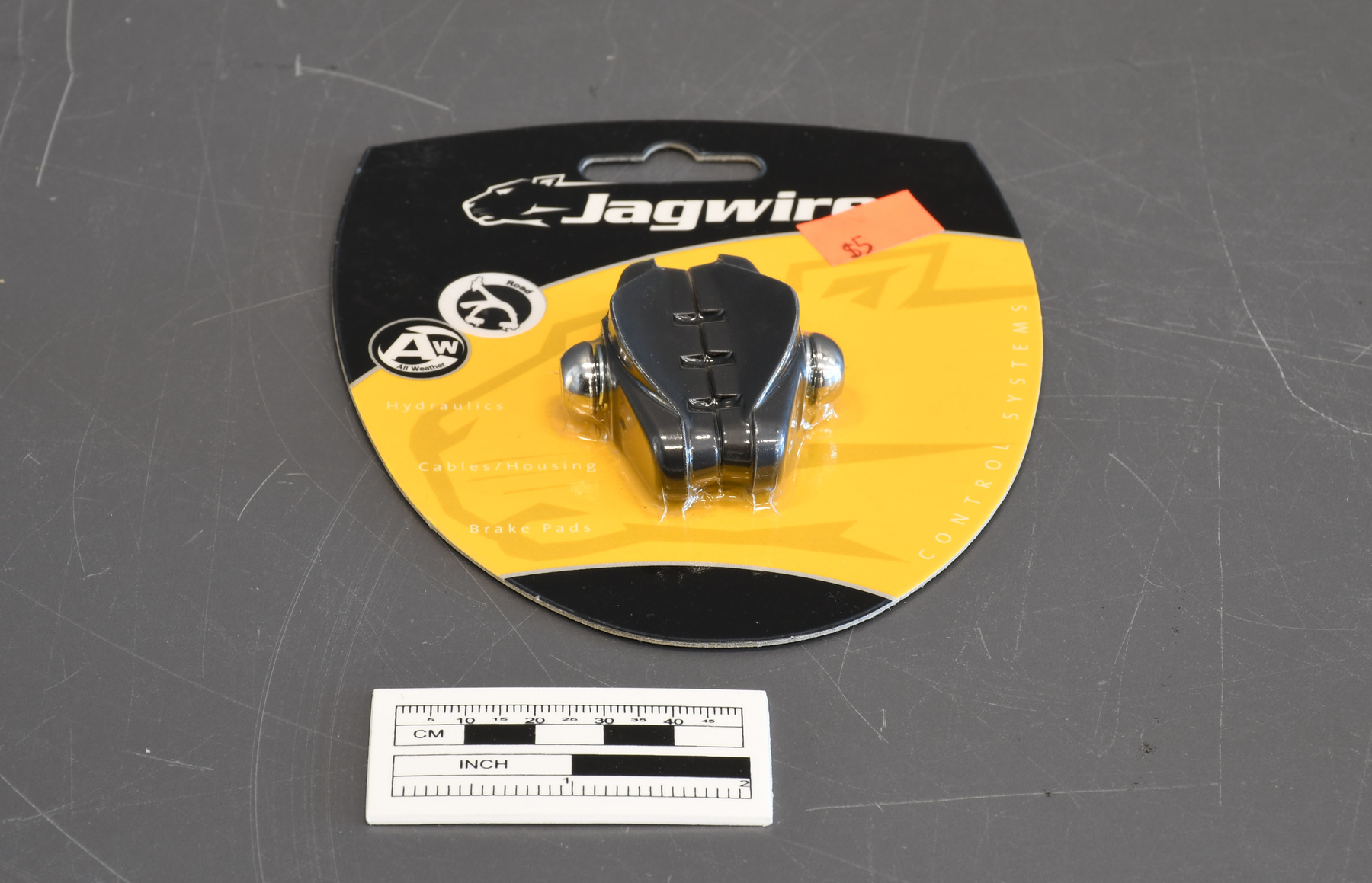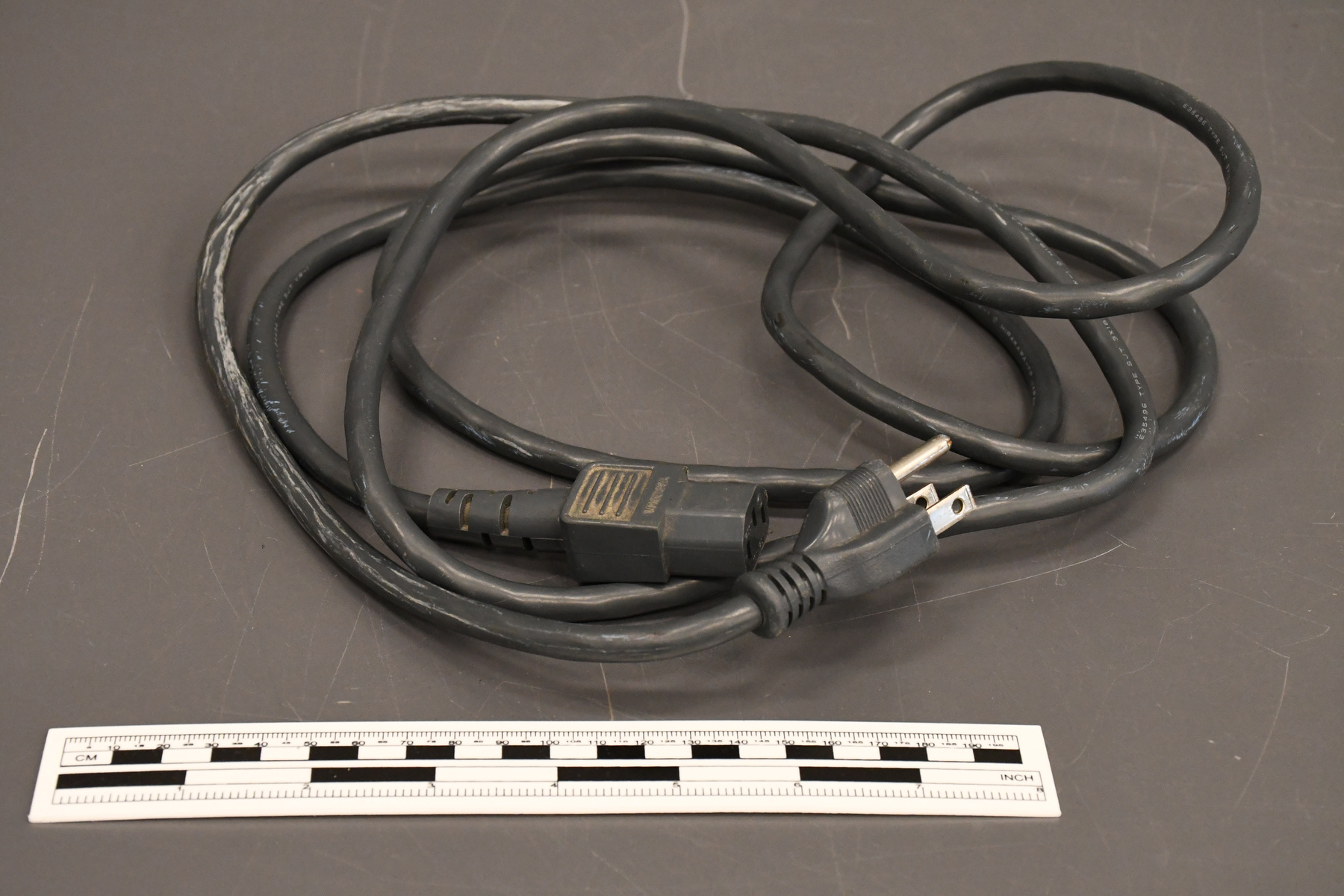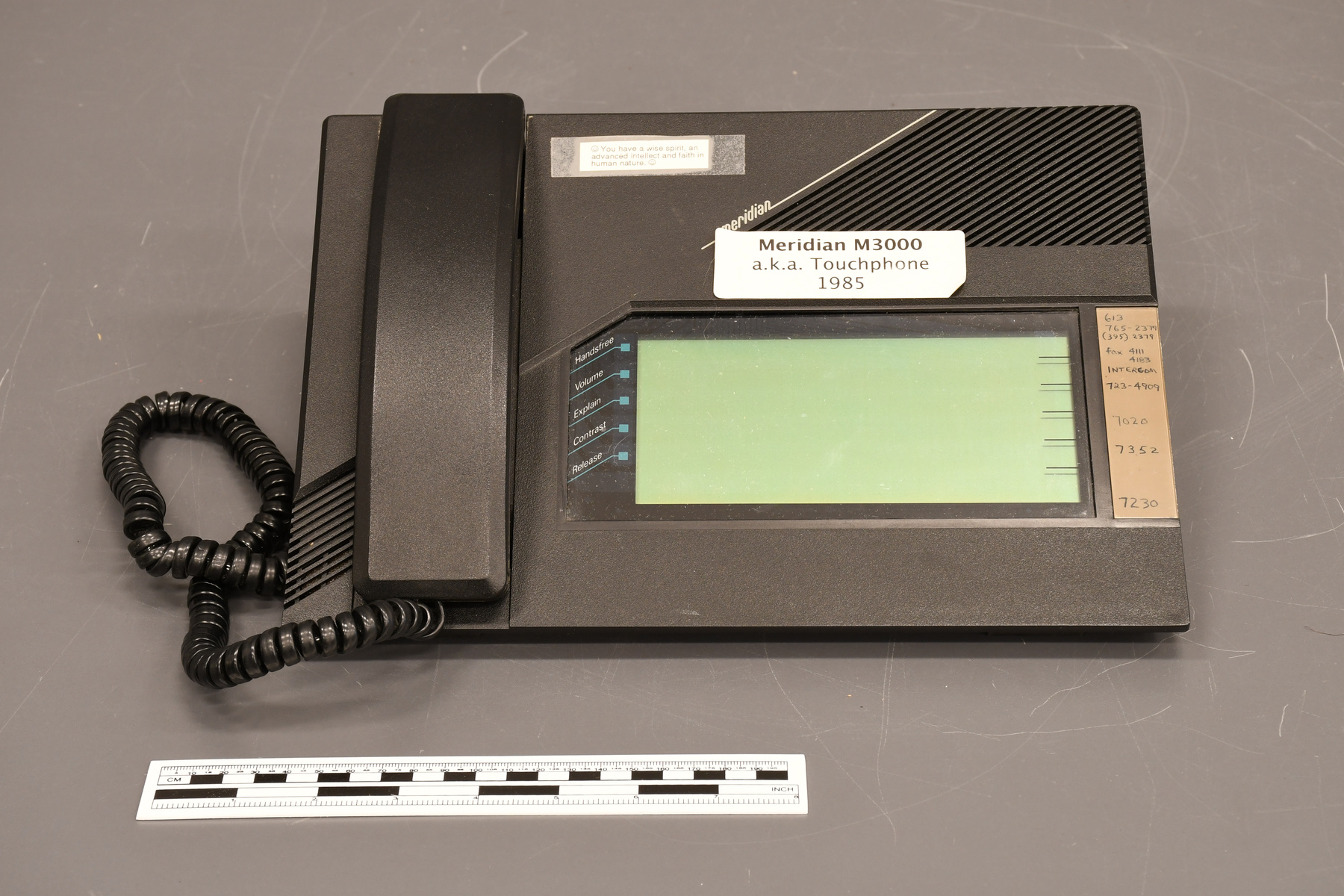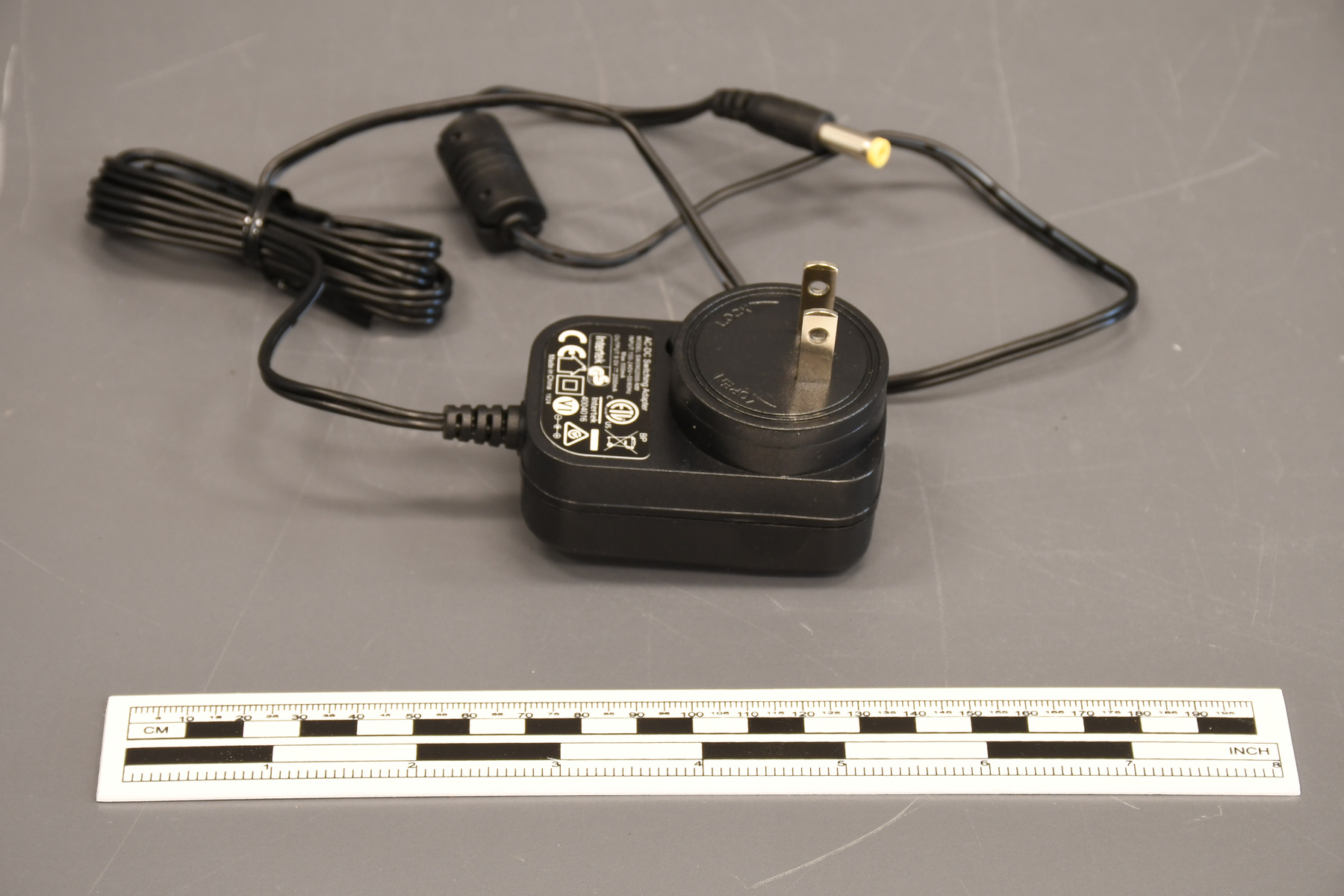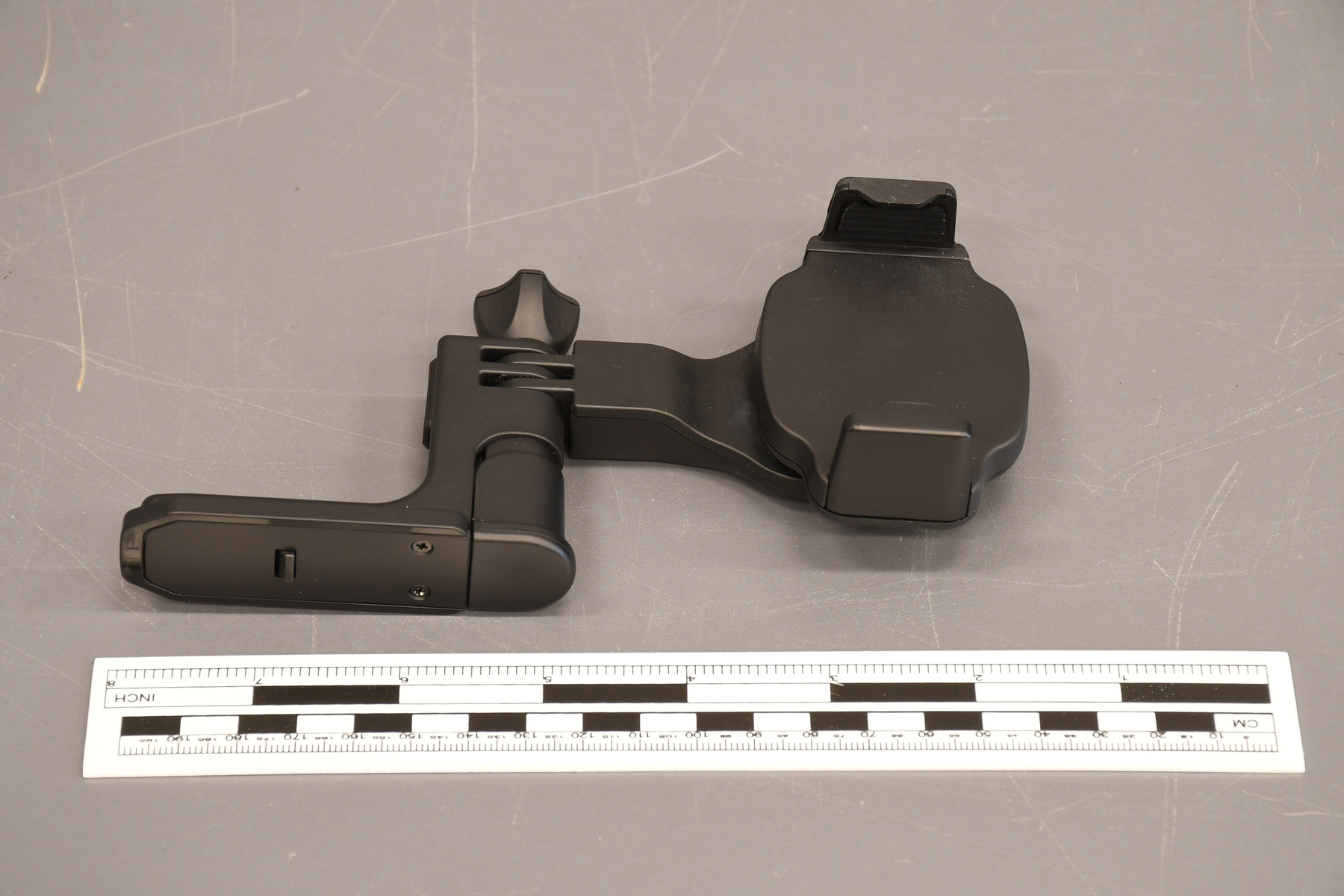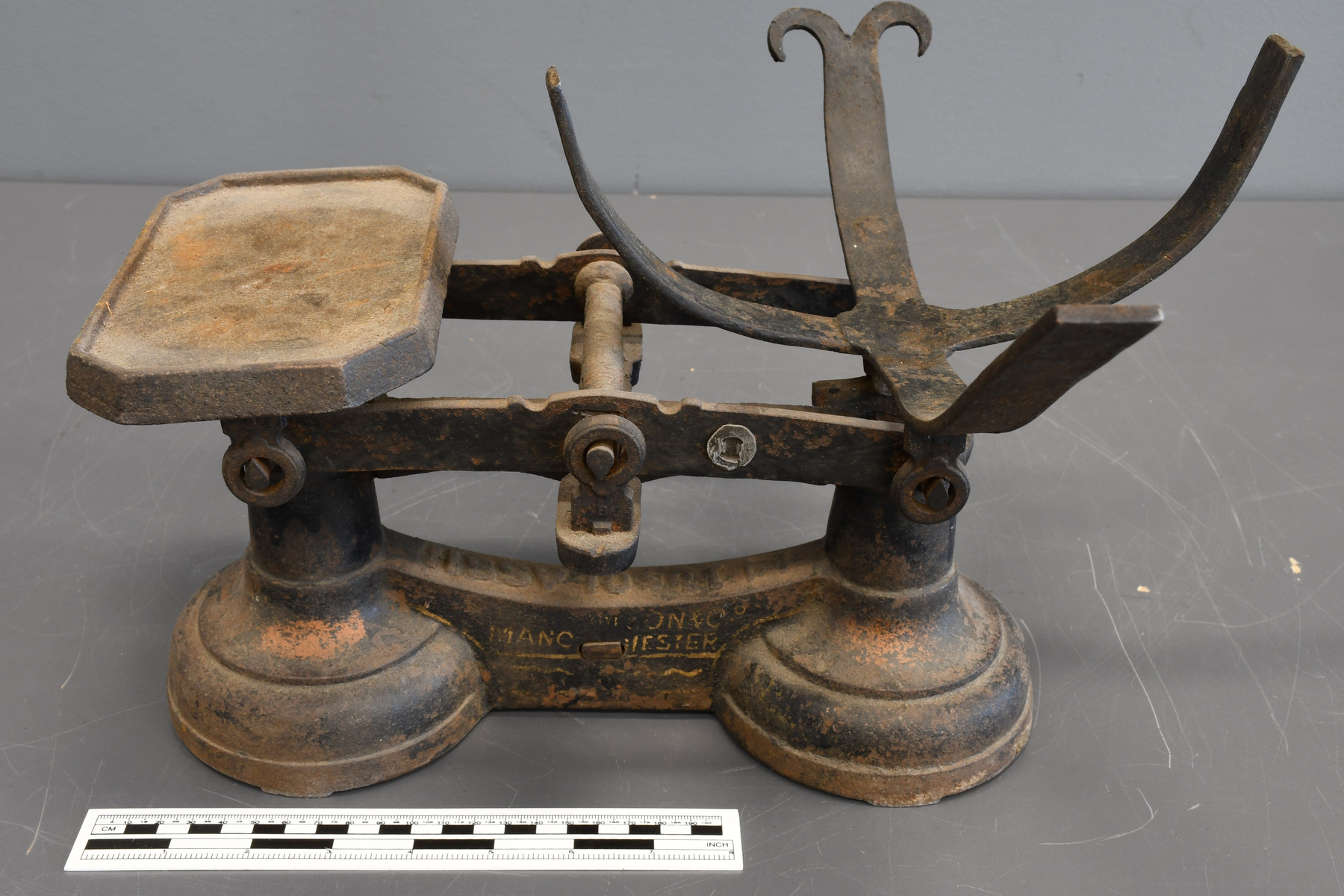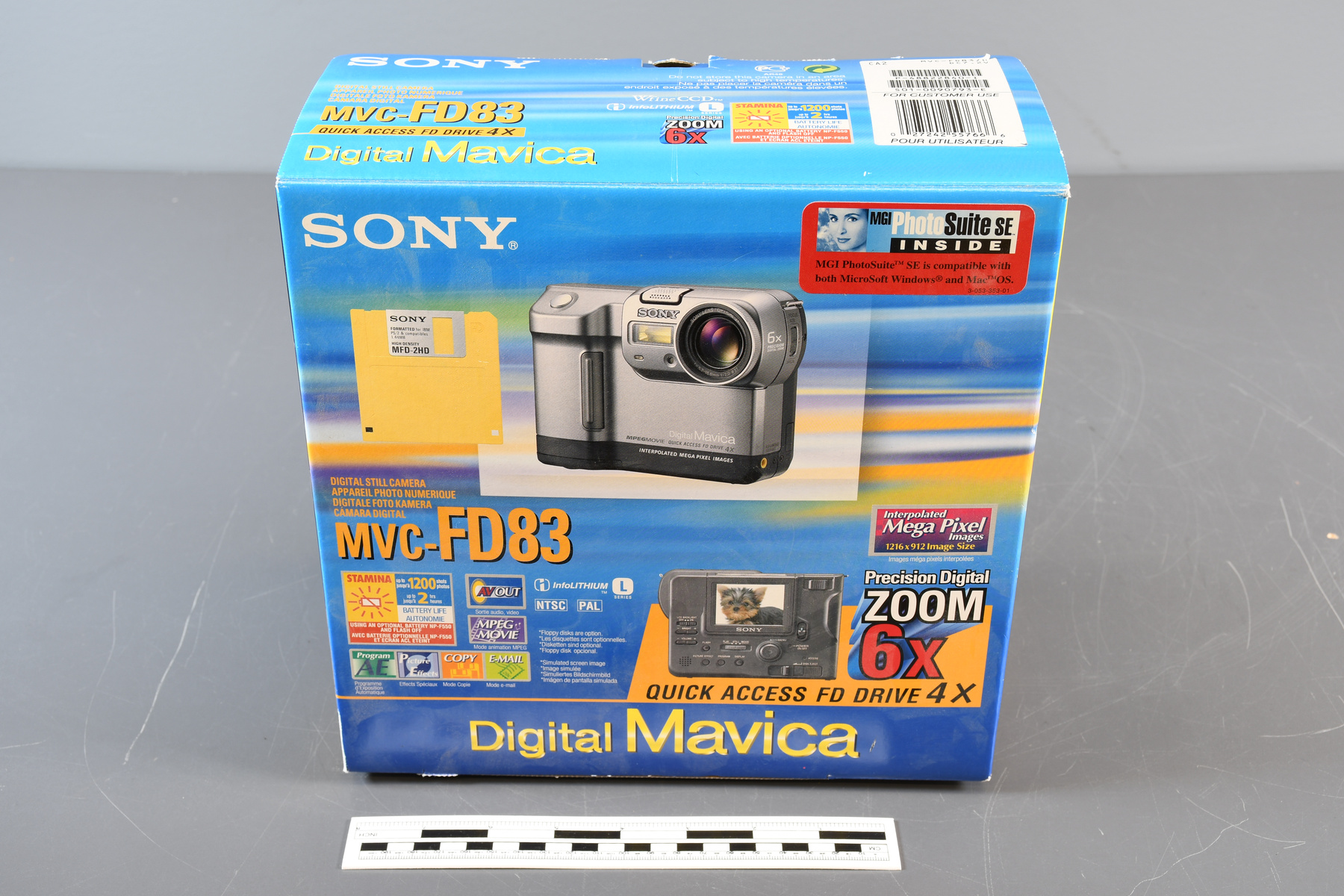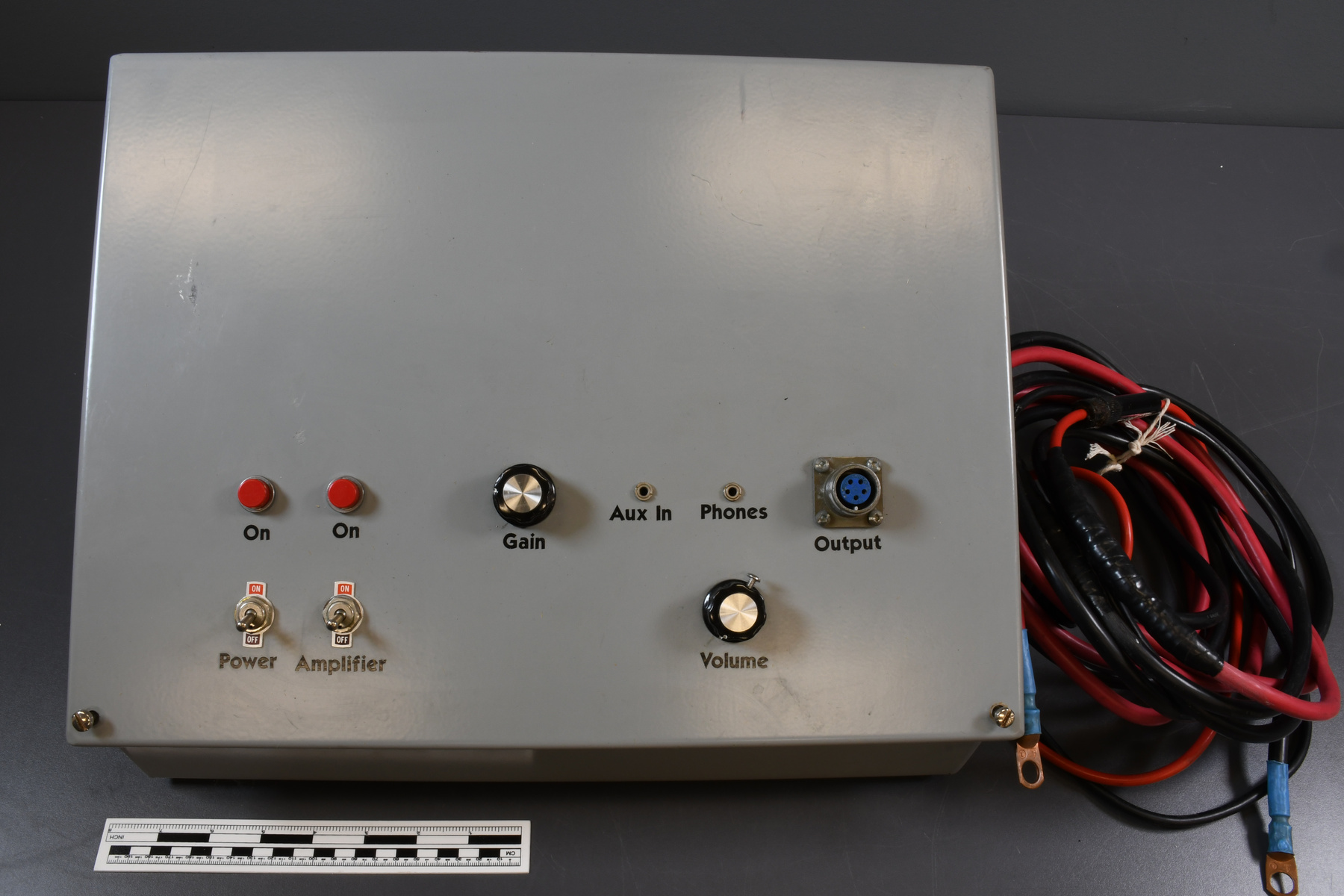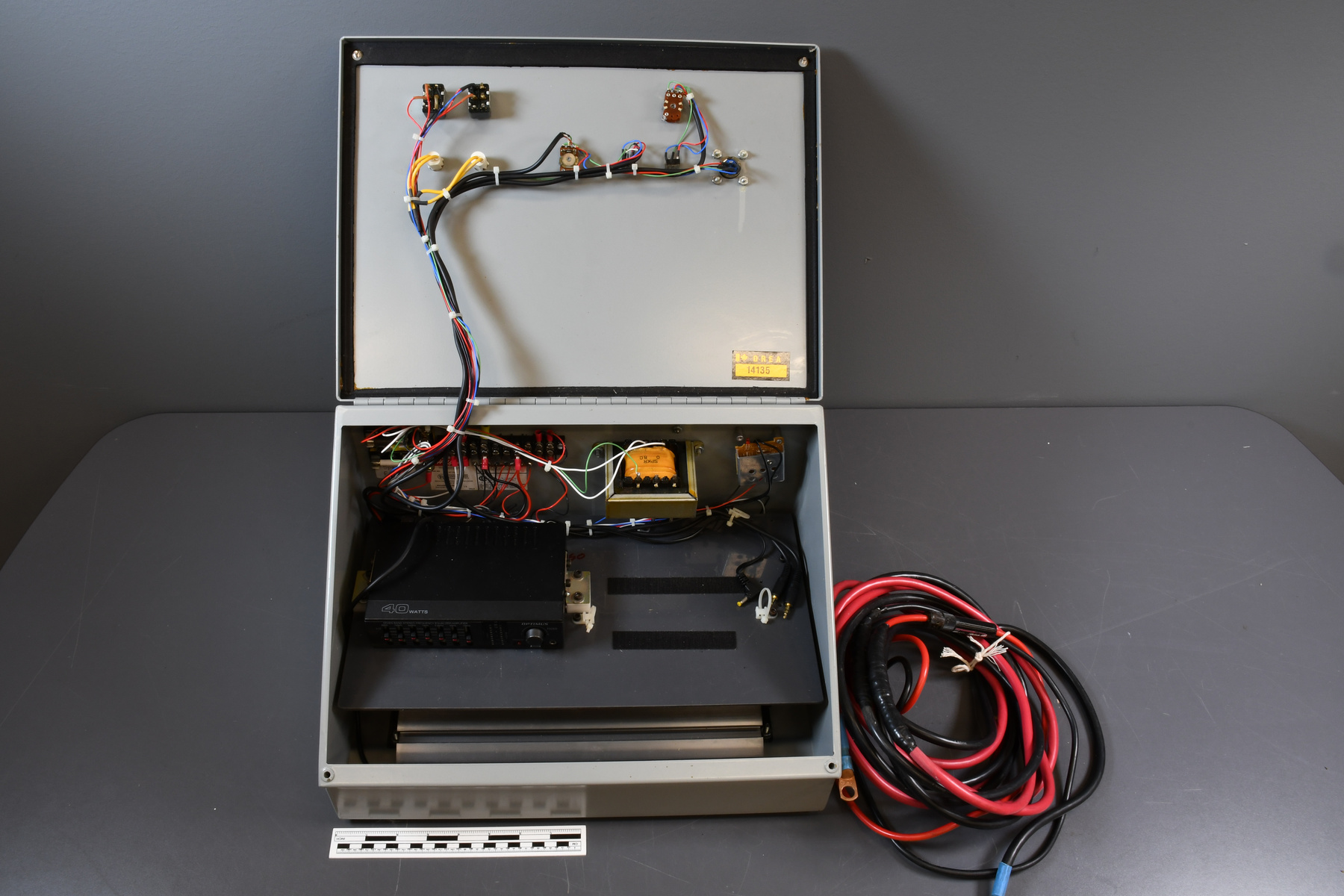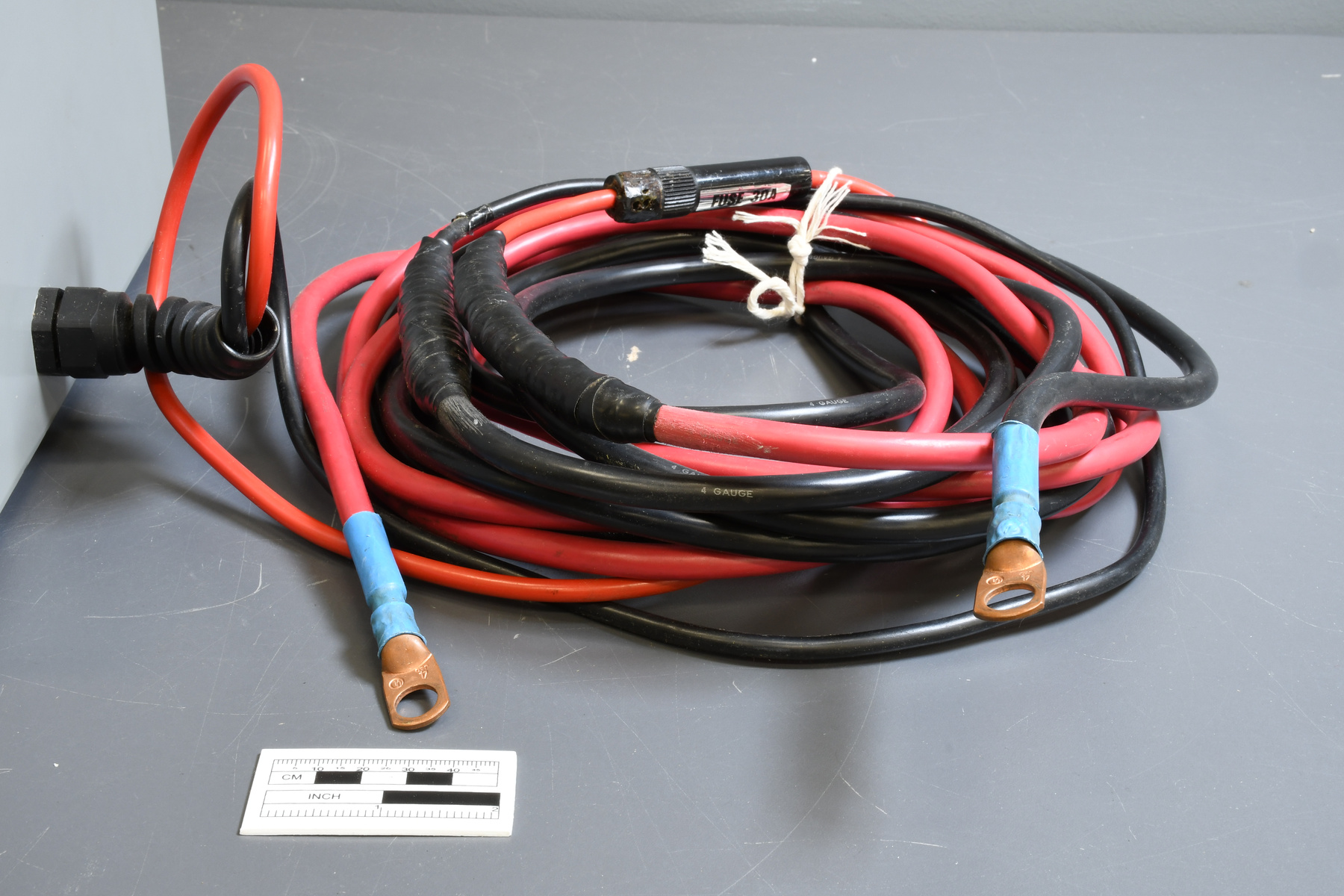Box, control
Use this image
Can I reuse this image without permission? Yes
Object images on the Ingenium Collection’s portal have the following Creative Commons license:
Copyright Ingenium / CC BY-NC-ND (Attribution-NonCommercial 4.0 International (CC BY-NC 4.0)
ATTRIBUTE THIS IMAGE
Ingenium,
2003.1162.001
Permalink:
Ingenium is releasing this image under the Creative Commons licensing framework, and encourages downloading and reuse for non-commercial purposes. Please acknowledge Ingenium and cite the artifact number.
DOWNLOAD IMAGEPURCHASE THIS IMAGE
This image is free for non-commercial use.
For commercial use, please consult our Reproduction Fees and contact us to purchase the image.
- OBJECT TYPE
- broadband acoustic transmission/underwater
- DATE
- 1989–2003
- ARTIFACT NUMBER
- 2003.1162.001
- MANUFACTURER
- DEFENCE RESEARCH AND DEVELOPMENT CANADA (DRDC) - ATLANTIC
- MODEL
- BATS10 (DRDC Atlantic Broadband Acoustic Transmission System)
- LOCATION
- Dartmouth, Nova Scotia, Canada
More Information
General Information
- Serial #
- prototype
- Part Number
- 1
- Total Parts
- 1
- AKA
- N/A
- Patents
- N/A
- General Description
- An object comprised of metal and synthetic components/Un objet fait avec des éléments en métal et synthétique.
Dimensions
Note: These reflect the general size for storage and are not necessarily representative of the object's true dimensions.
- Length
- 35.5 cm
- Width
- 33.0 cm
- Height
- 25.0 cm
- Thickness
- N/A
- Weight
- N/A
- Diameter
- N/A
- Volume
- N/A
Lexicon
- Group
- Communications
- Category
- Sound
- Sub-Category
- N/A
Manufacturer
- AKA
- Unknown
- Country
- Canada
- State/Province
- Nova Scotia
- City
- Dartmouth
Context
- Country
- Canada
- State/Province
- Nova Scotia
- Period
- Unknown
- Canada
-
The sonar transducer is a Canadian technology that originated in the 1980s at the Atlantic division of DRDC (Defence Research and Development Canada) and continues to influence several R&D programs for the Canadian Navy today. The sonar transducers were patented in 1991. Barrel-stave transducers have played a role in at least 26 DRDC Atlantic sea trials and nine joint trials with the Canadian Navy and Dalhousie University in Halifax. These compact devices were incorporated into low frequency active towed arrays and submarine communication buoys, and have also been deployed under the ice in Canada’s north to support the development of rapidly deployable surveillance systems. Le transducteur sonar est une technologie canadienne qui date des années 1980. Il était conçu par DRDC Atlantique (une division de Defence Research and Development Canada) et même aujourd'hui il continue d'influencer plusieurs programmes au R&D pour la Marine canadienne. DRDC a testé les prototypes des transducteurs sonars et ils ont été breveté en 1991. Les transducteurs de douves ont joué un rôle clés en pas moins de 26 essais en mer de DRDC Atlantique et en neuf procès conjoint avec la Marine canadienne et l'université Dalhousie à Halifax. C'est dispositif compact était incorporé à des réseaux remorqués à basse fréquence et des bouées de communication à sous-marin. Ils ont aussi été déployée sous la glace au nord du Canada pour appuyer le développement des systèmes de surveillance. - Function
-
The Transmitter prototype, known as the Broadband Acoustic Transmission System (BATS), has many attractive features for experimental work at sea. BATS was used in vocal mimicry research to test animals’ ability to imitate a sound. The development of the BATS provided researchers from the Whitehead Laboratory at Dalhousie University with an ideal tool to conduct playback experiments for studying cetaceans in the wild. Le transducteur prototype nommé BATS (Broadband Acoustic Transmission System) est le système de transmission acoustique à large bande qui est le plus attirable pour tester des expériences à la mer. Le transducteur BATS était utilisé pour les recherches de mimétisme vocal pour tester les animaux de la mer sur leurs habilités d'imiter des sons. Le développement de BATS a permis aux chercheurs à l'université Dalhousie au Laboratoire Whitehead avec l'outil idéal pour diriger des expériences de relecture pour étudier des cétacés dans leur environnement naturelle. - Technical
-
BATS were powered by a 12-volt marine battery and could be operated by a single person. This specific model is a prototype and has its audio components housed in a compact control box. Two toggle switches activate a built-in CD player, equalizer, and amplifier and a gain control adjusts the signal output to an audio transformer. An auxiliary phone jack on the BATS control box allows the user to input signals from a variety of external audio devices. Le transducteur BATS était alimenté par une batterie de douze volts et pouvait être manipulé par une seule personne. Ce modèle est spécifiquement un prototype et il a tous ces composantes audio retenu dans une boîte de commande. Deux interrupteurs à leviers vont activer un lecteur de disques compacts, un égalisateur, un amplificateur et une commande de gain va ajuster un signal de sortie d'un transformateur. Une prise jack auxiliaire sur la boîte de commande permet à l'utilisateur d'initialiser des signaux de plusieurs dispositifs audio externe. - Area Notes
-
Unknown
Details
- Markings
- On the front lid/Sur le couvercle du devant: "On,On,Gain,Aux In,Phones,Output/Power, Amplifier, Volume", On the inside of the box the markings read in part/À l'intérieur de la boîte les marques lit en parti:e"DREA1435/40 WATTS/OPTIMUS/SEVEN BAND STEREO FREQUENCY EQUALIZER/AMPLIFIER/FADER/POWER".
- Missing
- None apparent/L'objet a toutes ces pièces.
- Finish
- A grey metal box with black writing on its front lid. It has two silver metal switches, two red synthetic buttons, two black and silver knobs that are both made of a combination of metal and synthetic material, and three metal input plugs. To the proper left of the box are two synthetic cables that are black and red respectively. Both cables have flat copper adapter pieces with a circle cut into them that are held in place by a blue synthetic sleeve. Inside the box are a series of synthetic cables, a yellow transformer, and a black synthetic covered amplifier. A black and yellow sticker is also visible on the proper bottom left corner of the inside of the lid. Une boîte fait en métal de couleur grise qui a du lettrage noir sur le devant du couvercle. En plus du lettrage le couvercle possède deux interrupteurs en métal de la même couleur que la boîte, deux boutons synthétiques de couleur rouge, deux boutons qui ont une combinaison de matériel fait en métal et synthétique et trois fiches d'entrée. Sur le bon côté gauche de la boîte il y a deux câbles synthétiques qui ressortent qui sont de couleur rouge et noir respectivement. Les deux câbles ont des pièces adaptatrices sur leur bout fait en métal de couleur cuivre qu'on un cercle découpé à leurs milieux. Les pièces adaptatrice sont tenues en place avec une manche bleue synthétique. À l'intérieur de la boîte il y a aussi une série de câbles synthétiques, un transformateur jaune et un amplificateur noir avec une coquille synthétique. Un autocollant noir et jaune est visible au coin fond du bon côté gauche du couvercle.
- Decoration
- N/A
CITE THIS OBJECT
If you choose to share our information about this collection object, please cite:
DEFENCE RESEARCH AND DEVELOPMENT CANADA (DRDC) - ATLANTIC, Box, control, between 1989–2003, Artifact no. 2003.1162, Ingenium – Canada’s Museums of Science and Innovation, http://collections.ingeniumcanada.org/en/id/2003.1162.001/
FEEDBACK
Submit a question or comment about this artifact.
More Like This
